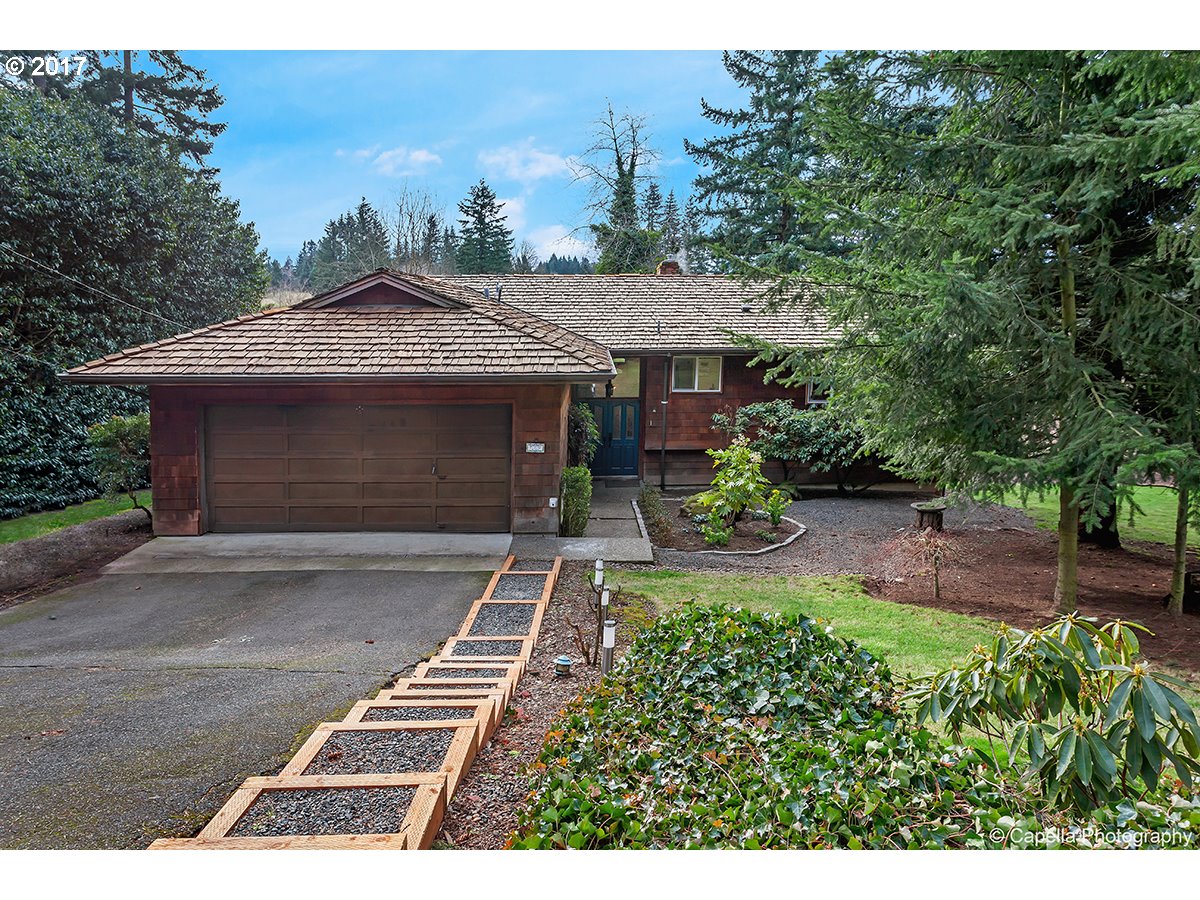A Guide to the City of West Linn, Oregon
West Linn is home to just over 25,000 residents and it’s seen as a quiet bedroom community ideal for raising a family. The 7.5 square mile area has a good mix of older homes and established neighborhoods along the Willamette River to the soaring views of the area’s luxury hilltop homes.
The town is known for a low crime rate and high median household incomes. A list of the top 100 small U.S. cities to live in, compiled by CNN Money Magazine, ranked West Linn at No. 64. It ranked the highest of the two Oregon cities listed − the other was Lake Oswego, at No.79.
A study conducted by the consumer advocacy website Nerdwallet in 2013 found what many in West Linn already know: The city is one of the best in Oregon for raising a young family. West Linn ranked seventh on Nerdwallet’s top 10 list, just ahead of Sherwood, Oregon (10th). Neighboring Lake Oswego did not make the list. The study was based on three components: quality of public schools, affordability, and economic growth. West Linn ranked particularly high in median household income ($92,342) and education quality (a 9 out of 10 rating from the nonprofit Great Schools). West Linn’s Great Schools ranking tied with Sublimity and Enterprise for tops on Nerdwallet’s list. And when it came to household income, West Linn’s $92,342 was the highest by a long shot. Sherwood was the next highest, at $79,209.
City of Hills, Trees and Rivers
With Portland eight miles to the north, many who live here make their living outside the city limits. Called the City of Hills, Trees and Rivers, among West Linn’s special assets are its dedicated parks (17 of them) and open spaces, where residents and visitors can stroll among Douglas firs and take in panoramic views of the Willamette and Tualatin rivers, with Mt. Hood, Mt. Adams, Mt. St. Helens and the Cascade range as a backdrop.
The one thing that West Linn is lacking is an established older downtown commercial area so West Linners shop in malls and stores along the major roads.
West Linn History
The area was first settled in the early 1840s when Robert Moore purchased 1,000 acres of land from the “Wallamut” Indians. He built his cabin high on a slope overlooking the Willamette Falls and set about building a town, calling it Robin’s Nest.
By 1846, Moore had built four flour and lumber mills, along with dwelling for his mill workers. He also operated a ferry to Oregon City. Moore became the first postmaster in 1850 and purchased an Oregon City newspaper, “the Spectator,” in 1852. By then, his Linn City enterprises included a gristmill, sawmill, warehouse, wharves and a breakwater to create a basin for boats to tie up in for loading and unloading cargo. But when he died in 1857, Moore had still not seen his dream of a completed town realized.
Not long after Moore’s death, a devastating fire destroyed the sawmill, gristmill, wharves and even a steamer ship docked there. Local businessmen began to rebuild, only to see their hard work washed away in the terrible floods that would come later that same year. Linn City was gone. But in 1868, the Willamette Transportation Locks Co. began operating–providing passage to shipping over the Willamette Falls. The locks have remained in continuous operation to this day.
Willamette Locks
In the 1860s, Willamette Falls was a lovely sight for those who lived and worked on the Willamette River’s shores. The falls — between Oregon City and what’s now known as West Linn — cascade 40 feet over a horseshoe-shaped basalt ridge. But for river men, the falls were anything but pretty. They were dangerous and a nuisance, interrupting river traffic attempting to travel to or from Portland. That all changed in 1873 when Willamette Falls Locks opened at the edge of what’s now the Bolton neighborhood of West Linn, allowing boats and their cargo to safely go around the falls.
The 130-year-old locks are a lasting link to West Linn’s past. The locks continue to operate, allowing river traffic to pass — though these days the locks’ four chambers are operated by hydraulics and not by hand (as they were until the 1940s). Operators of government vessels, passenger boats, freight and towboats, log rafts, pleasure craft and jet skis may use the locks for free, both north and south of the falls. The locks are on the National Register of Historic Places.
Even aircraft have passed through the locks. The enormous Spruce Goose, built by Howard Hughes and flown just once, was transported by barge through Willamette Falls Locks in 1993, on its way to its home at the Evergreen Aviation Museum in McMinnville.
Home and Neighborhoods
Can’t decide between a historic neighborhood or an area of new homes? Then West Linn may be the place for you because many of the neighborhoods offer a blend of both. Historic homes are mainly found close to the river. Simple midcentury homes dominate the area. Many West Linn homes built along the river in the 1800s are beyond rejuvenating so people buy the home for the lot, remove the old home, and build a new one. Right next to a historical home − perhaps built by a river captain or timber baron. This is especially true if your historic home is in the Bolton or Robinwood neighborhood along the river. This area has all the physical characteristics that many people desire (meandering streets, mature trees, river views, etc.).
The Willamette neighborhood, the largest of West Linn’s 11 neighborhoods with close to 6,000 residents offers 12 city blocks of historic residential and commercial properties, many from the 1885 – 1915 period. An additional 28 homes elsewhere in the City are designated as historic landmark structures.
Newer homes are concentrated in the hills. The top of “the hill” − the part of town that overlooks Interstate 205, which bisects West Linn − nearly defines “bedroom community.” There are pockets of retail, but there are also neighborhoods without any retail space. Houses in areas such as Parker Crest and Rosemont Summit dwarf most of the other homes in town. These hill homes have all the amenities desired such as formal dining rooms, entertainment centers, 3-car garages, and large kitchens. Plus many have views.
Along Willamette Falls Drive, off Interstate 205 across from the hill and along the Tualatin River, the neighborhood of Willamette has a downtown atmosphere, with strips of small businesses. Some of the homes here are the oldest in town.
Driving from the valley to the top of the hill is like going through different universes. In the valley, most of the residential areas have older homes built in a simple ranch style. There are older homes on the hill, but most are newer homes dwarfing those in the valley or Willamette.
Online Maps of the City
For some of the best maps (aerial, parks, contour, parade route, creeks, etc.) of the area, visit the City GIS Website. The maps are offered by the Geographic Information System (GIS) at the City of West Linn under the Engineering Division of the City of West Linn’s Public Works Department.
West Linn Walking Tour
West Linn’s Willamette Historic District began as a company town established in 1893 by Willamette Falls Electric. In 1913, a typhoid epidemic led Willamette to annex to West Linn to obtain a better water source. The walk takes you through Willamette’s historic streets, with a stop at Willamette Park, located at the confluence of the Tualatin and Willamette Rivers. Here you can picnic along the river while watching herons and sandpipers eat their lunch. Click here to download the guide.
Websites
- City of West Linn
- Clackamas County Elections Division
- CNN Money In 2005, CNN named West Linn one of the 100 Best Places to Live – West Linn was ranked 44th.
- West Linn Tidings A weekly newspaper.
- West Linn Neighborhood Associations
- West Linn Parks and Recreation
- City of West Linn 2000 Census General Demographic Report Profile of General Demographics Characteristics..
Portland Monthly Magazine Guide to Neighborhoods & Communities
 In their April issue every year, the Portland Monthly Magazine features the past year home prices along with other information about Portland neighborhoods and suburban communities. To read the magazine’s latest stories and numbers visit the Real Estate section.
In their April issue every year, the Portland Monthly Magazine features the past year home prices along with other information about Portland neighborhoods and suburban communities. To read the magazine’s latest stories and numbers visit the Real Estate section.
The numbers on the website and the printed magazine are divided into four sections (real estate, people, crime, and lifestyle) on each of the Portland 90 plus neighborhoods as well as about 25 suburban communities. The website offers over 50 items of information about each Portland neighborhood and suburban community.
The magazine added a feature on their website for homes sold in 2014 and it’s also available for homes sold in 2015 — an interactive map where you can click on a neighborhood and a pop-up displays five items (1-year median price change, 5-year median price change, median gross rent, walkability score and percent of newcomer) for a Portland neighborhood as well as a suburban community. Note the detailed numbers for each of the four sections for homes sold in 2015 are displayed below the map.
To visit the magazine’s website latest stories and numbers visit their Real Estate section — click on “Neighborhoods” to view the numbers for the Portland neighborhoods and click on “Suburbs” for the numbers on communities in the metro area. Note the detailed numbers for each of the four sections for homes sold in 2014 and 2015 are displayed below the map. To access the Portland neighborhoods and metro communities demographic data and home prices by year:
- 2013 Demographics and Home Prices
- 2014 Demographics and Home Prices
- 2015 Demographics and Home Prices
West Linn Demographics Below is some facts about the West Linn community gleaned from the magazine’s website. A few numbers can tell much about the character of a community. You can view more data about West Linn by visiting the Portland Monthly’s website.
- Average year homes built in the community: 1986
- Percent of residents below poverty level: 5.5%
- Percent of neighborhood land area that is in parks: 12%
- Commute by public transportation: 2%
- Commute by bike or walking: 1.6%
1West Linn Home Prices: 2007-2015
- Number of Homes Sold in West Linn—► 652 homes were sold and 1.2% were distressed sales. 508 homes were sold in 2014 and 7% were distressed sales — 12% of the sales were for condos. 532 homes were sold in 2013 and 11% were distressed sales. 506 homes were sold in 2012 and 23% were distressed sales. There were 371 homes that sold in 2011 and 11% were distressed sales. In 2010 there were 337 homes sold and 23% were distressed properties sales.
- Median Price for Homes Sold in West Linn—► $425,000 in 2015, $395,000 in 2014, $385,000 in 2013, $349,998 in 2012, $320,000 in 2011, $350,000 in 2010, $370,000 in 2009, $410,000 in 2008, and $444,900 in 2007.
- Average Cost per Square Foot—► $178 in 2015, $162 in 2014.
- 1-Year Median Sales Price Change in West Linn—► 7.6% change in 2015. In 2014 the sales price change was 3%. In 2013 the sales price change was 10%, in 2012 the sales price change was 8%, in 2011 the sales price change was -13%, and in 2010 the change was -2%.
- 5-Year Median Sales Price Change in West Linn—► 31.8% sales percent change for the years 2011-2015. 2010 to 2014 the sales price change was -7%. 2009 to 2013 the sales price change was -9%. 2008 to 2012 the sales price change was -18%. 2007 to 2011 the sales price change was -28%. 2006 to 1010 the change was -12%.
- Portland Metro Area Median Home Price—► $308,000 in 2015, $285,500 in 2014, $265,000 in 2013, $235,000 in 2012, $221,000 in 2011, $239,900 in 2010, $247,000 in 2009, $278,000 in 2008, and $290,000 in 2007.
- Portland Metro Area Average Home Price—► $354,500 in 2015, $333,000 in 2014, $310,600 in 2013, $275,000 in 2012, $263,300 in 2011, $282,100 in 2010, $289,900 in 2009, $330,300 in 2008, and $342,000 in 2007.
Please be aware that the above figures are subject to error and are intended as guidelines only.
Find a Home in the City of West Linn
- Homes for Sale in West Linn — View on all devices except Apple® mobile devices. To view homes for sale in the City of West Linn on Apple® mobile devices key in “west linn” in the “Location” field and click on the “Search Now” icon.
- Displays All Homes for Sale in West Linn — View on all devices. Photos of homes displayed along with detailed description of property.
- Displays Homes New on the Market in West Linn — View on all devices. Photos of homes displayed along with detailed description of property.
- Search for Homes — Search on all devices. Map-based on devices configured with Adobe Flash and Javascript and text-based on any device.
Homes for Sale in West Linn
1707 Sw Schaeffer Rd West Linn, OR 97068

2870 Brandywine Dr West Linn, OR 97068
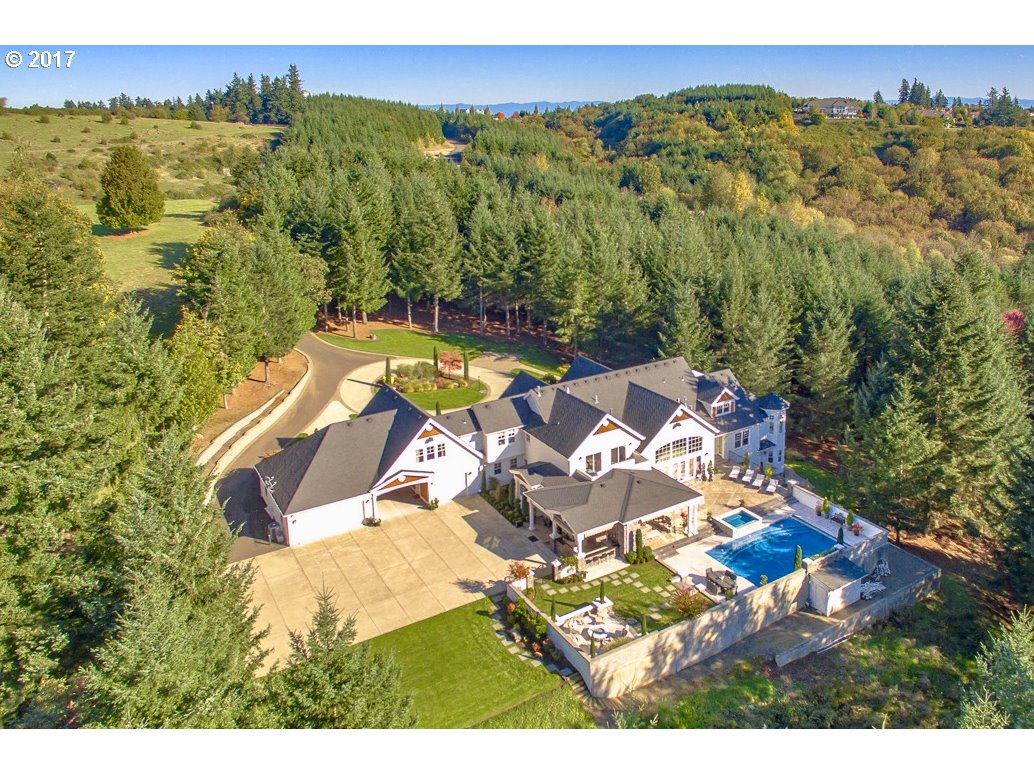
26110 Sw French Oak Dr West Linn, OR 97068

26485 Sw Wilken Ln West Linn, OR 97068
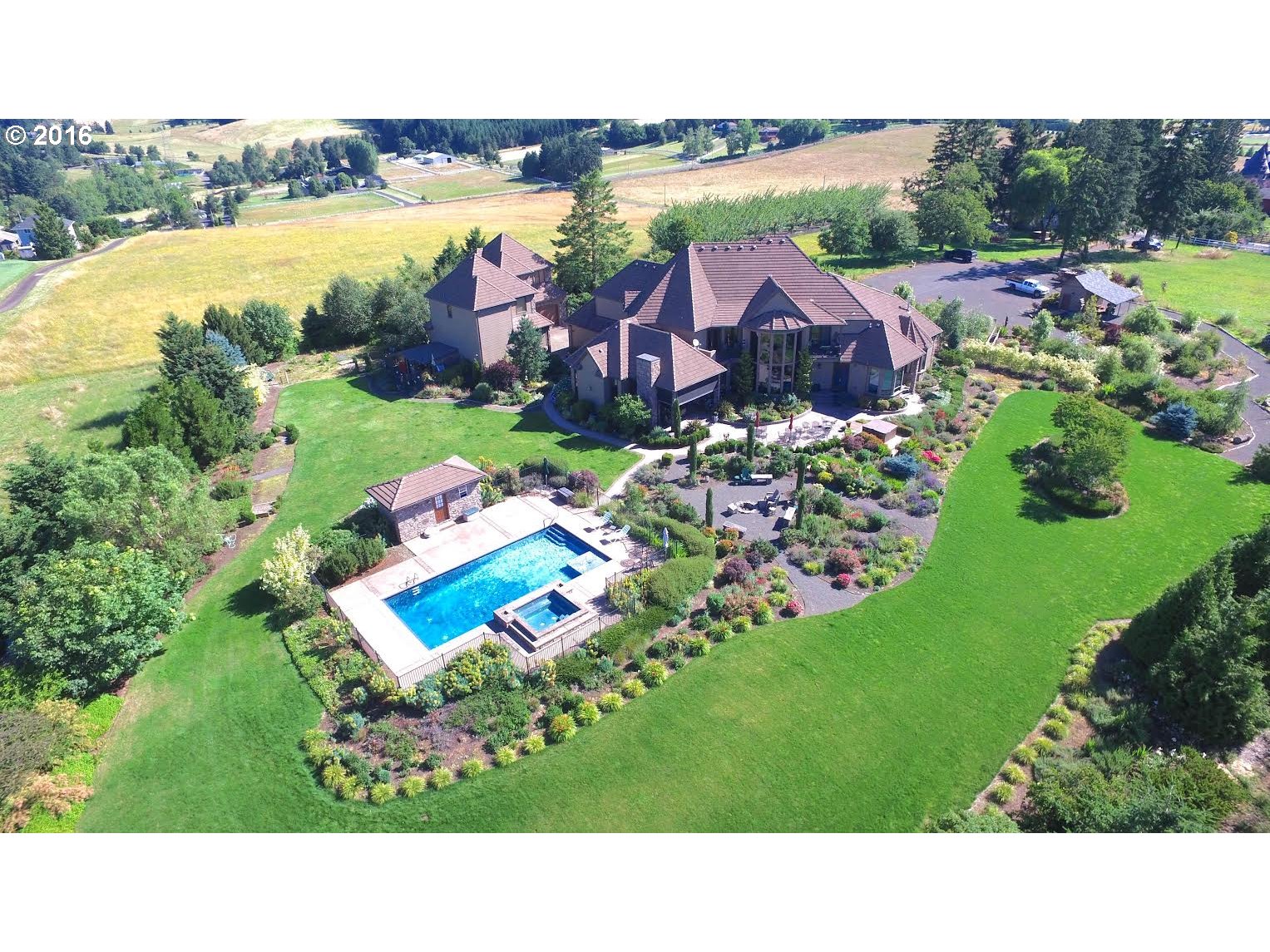
2550 Lorinda Ct West Linn, OR 97068
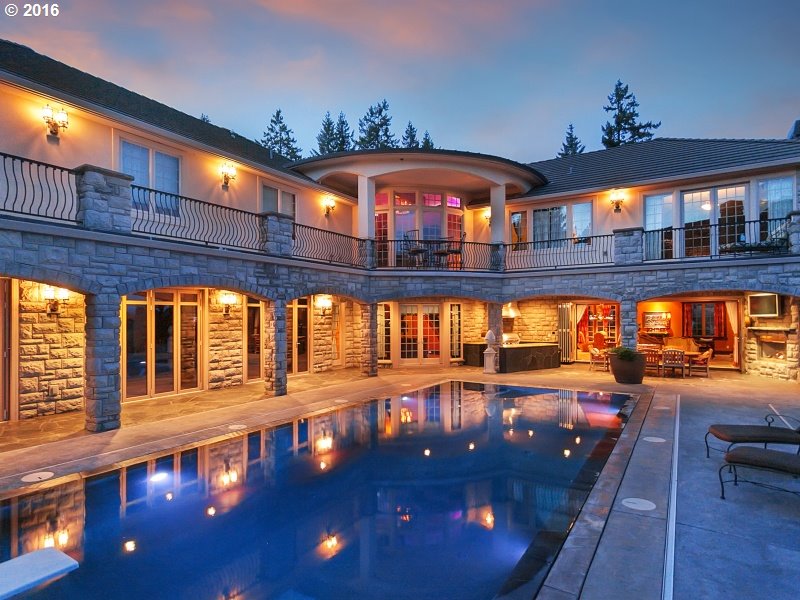
West Linn OR 97068
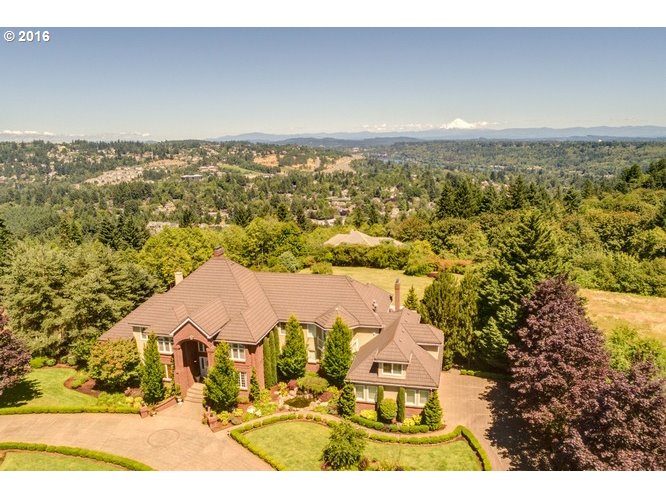
23388 Sw Stafford Hill Dr West Linn, OR 97068

26360 Sw French Oak Dr West Linn, OR 97068

26620 French Oak Dr West Linn, OR 97068
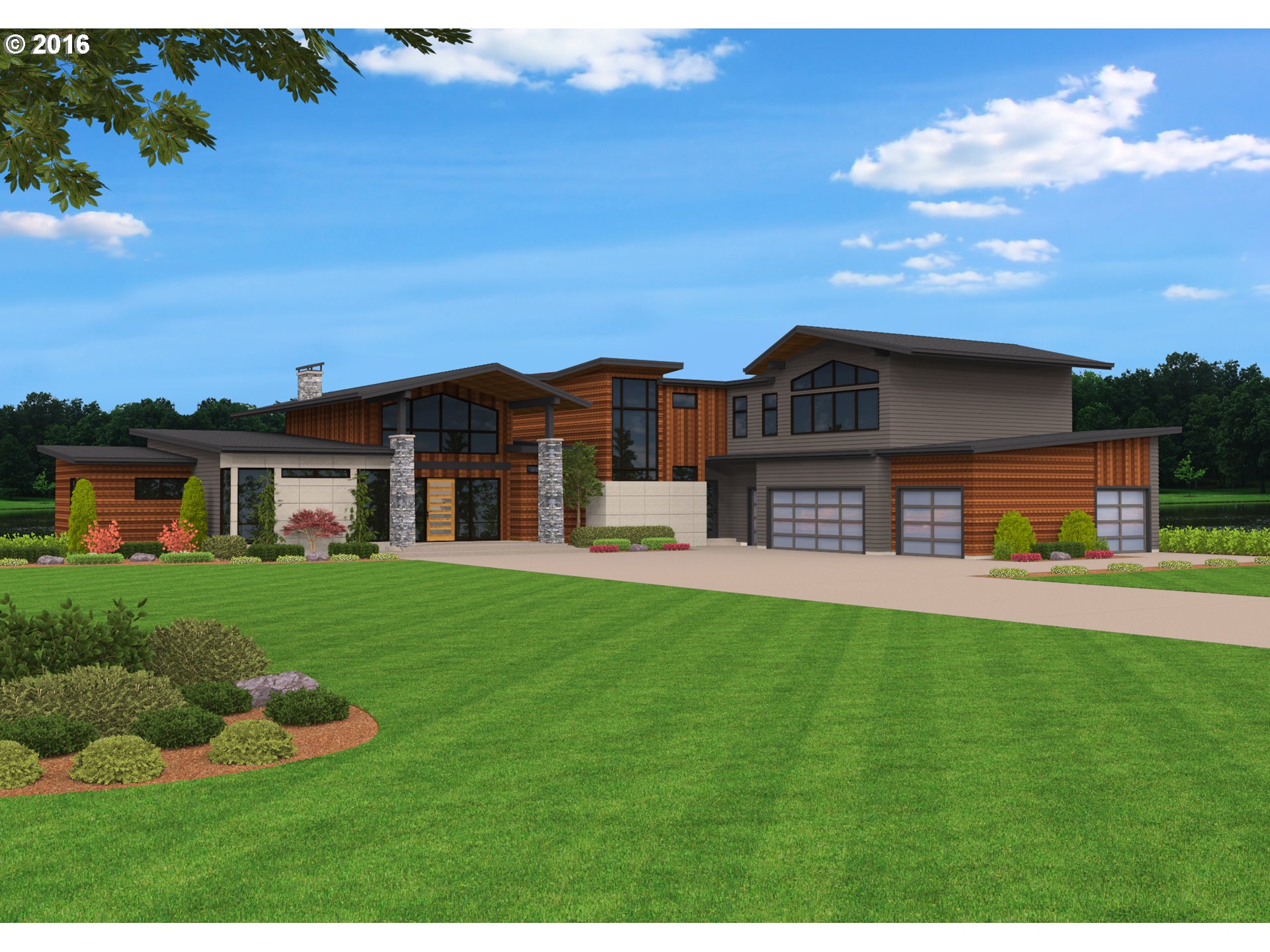
3451 Cascade Ter West Linn, OR 97068
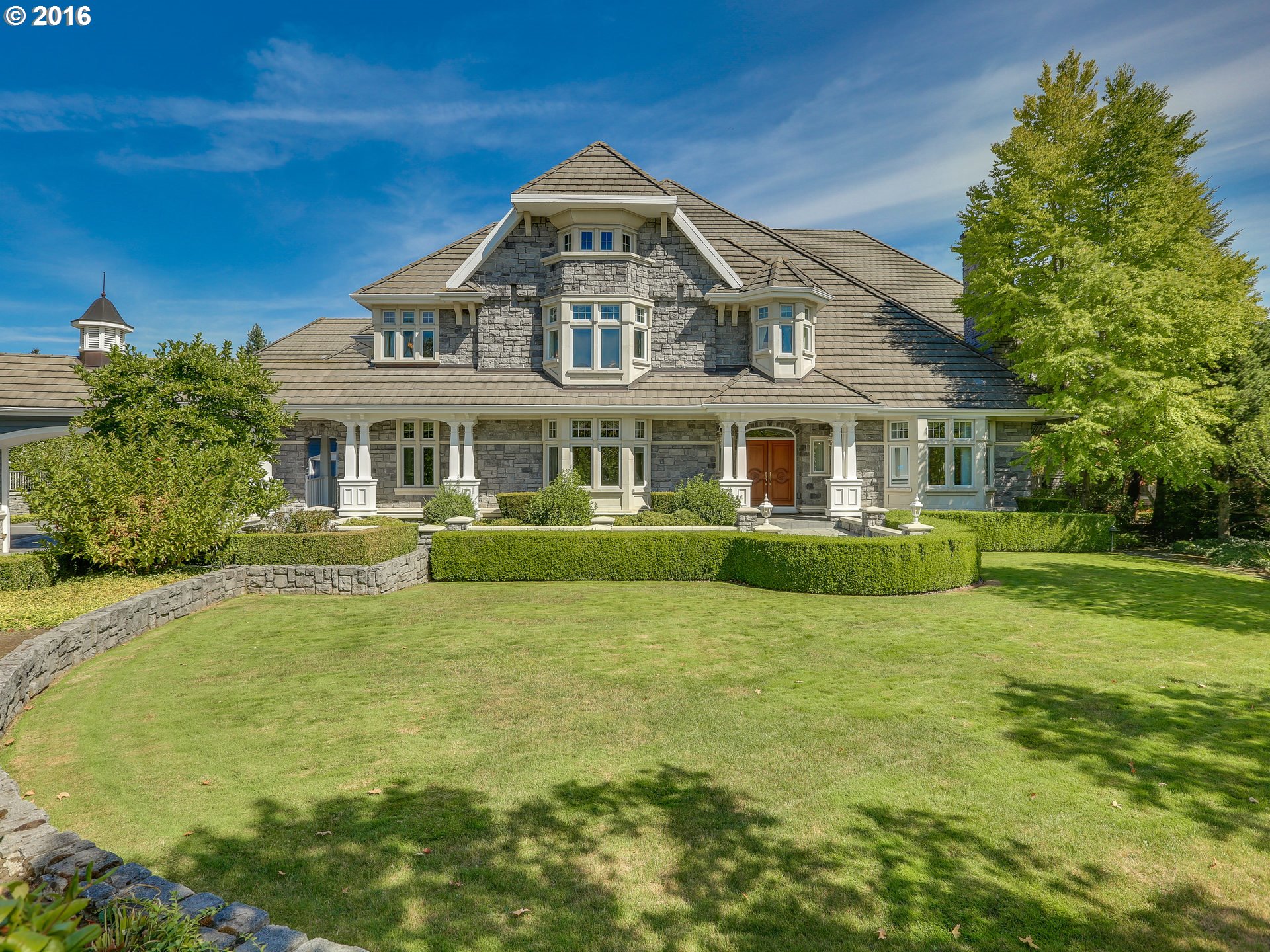
27737 Sw Petes Mountain Rd West Linn, OR 97068
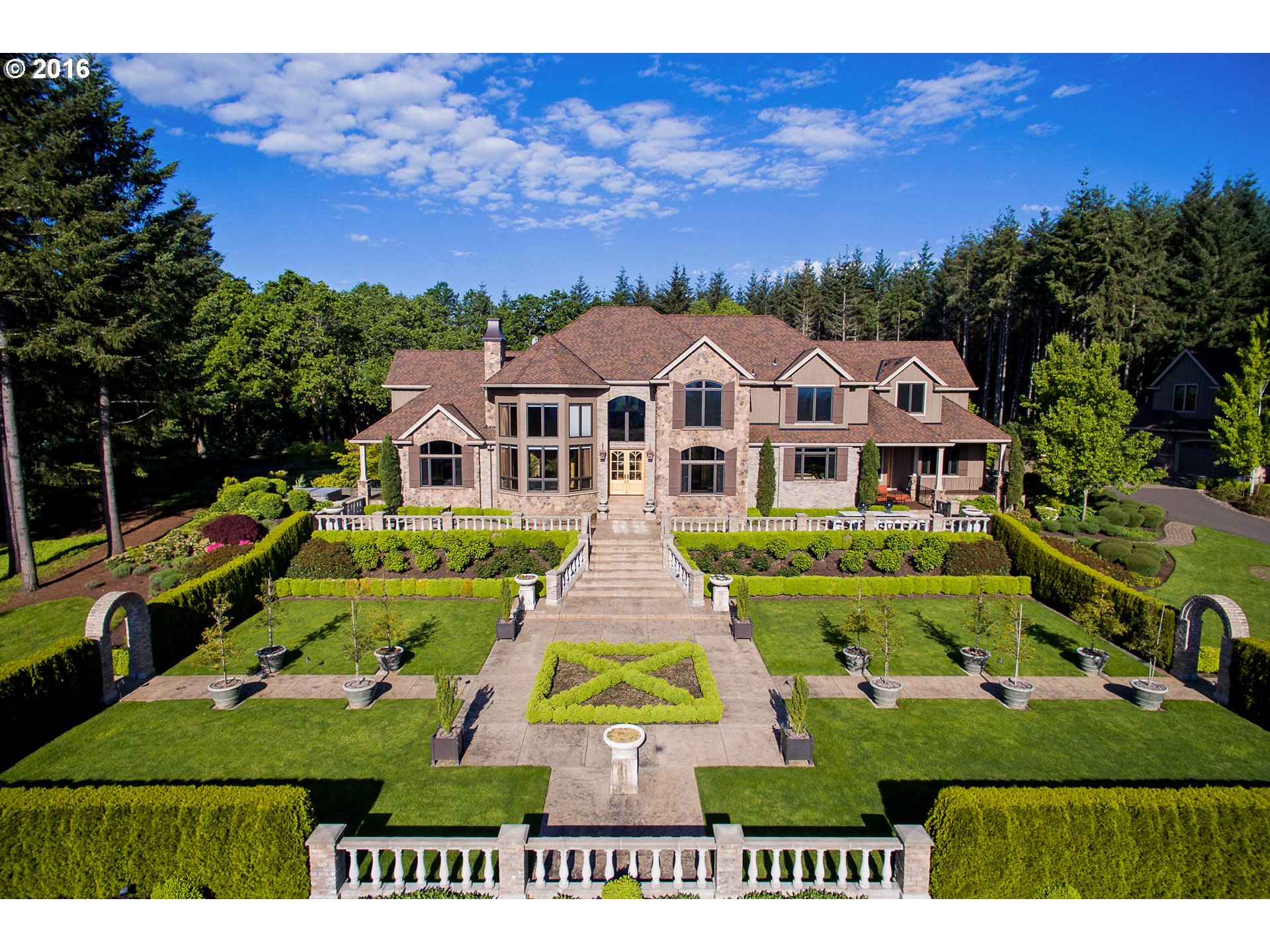
25144 Sw Petes Mountain Rd West Linn, OR 97068
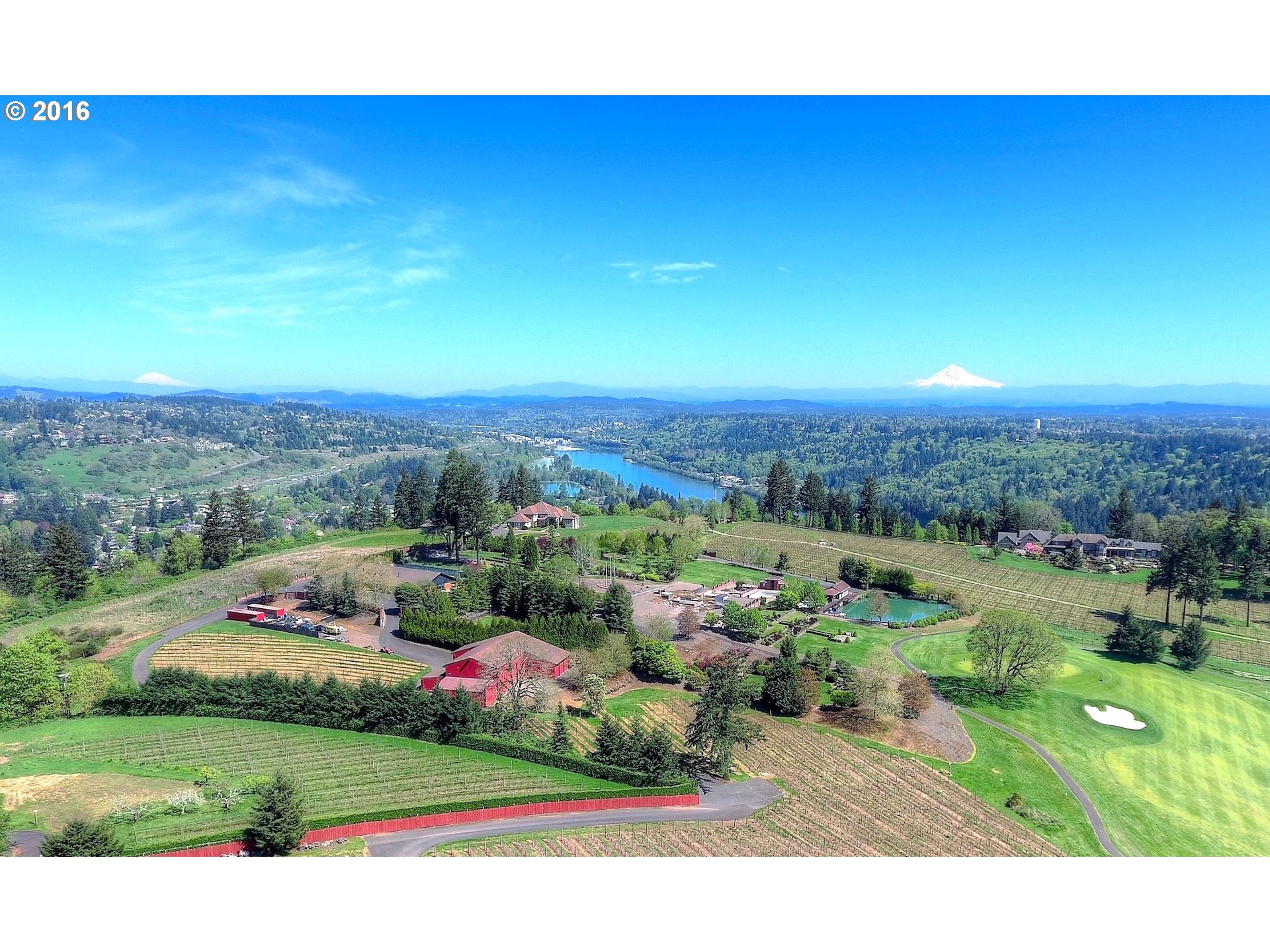
2055 Sw Schaeffer Rd West Linn, OR 97068
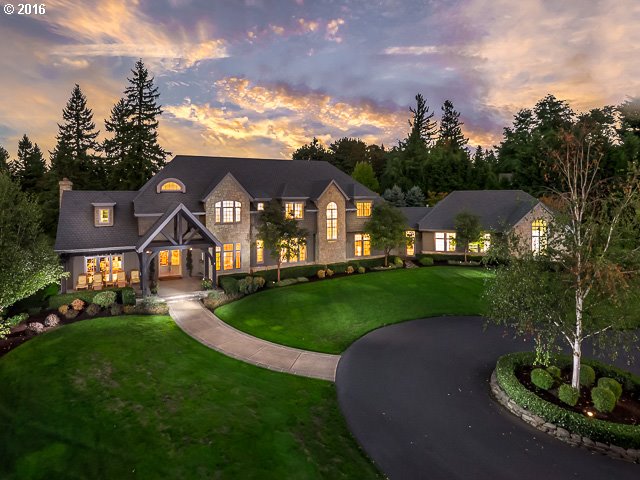
25610 Sw Petes Mountain Rd West Linn, OR 97068

869 S Stonehenge Ter West Linn, OR 97068
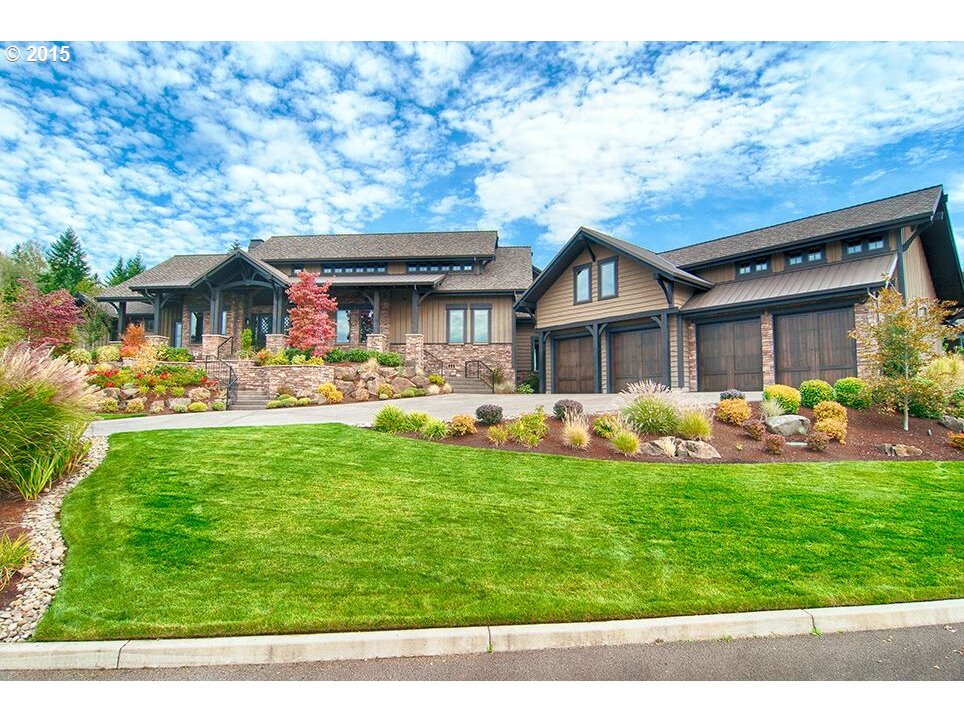
25125 Sw Petes Mountain Rd West Linn, OR 97068
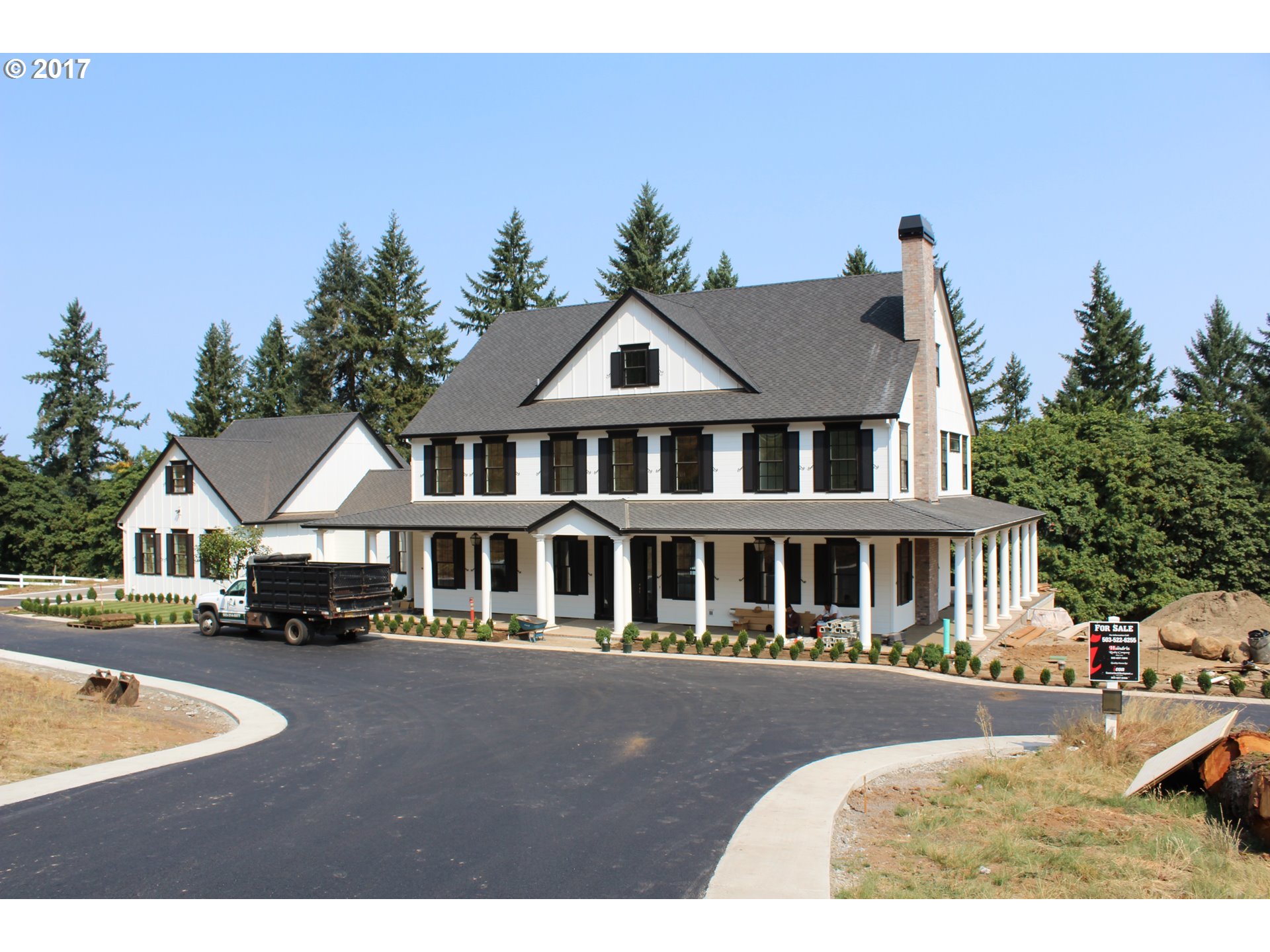
1490 Sw Schaeffer Rd West Linn, OR 97068
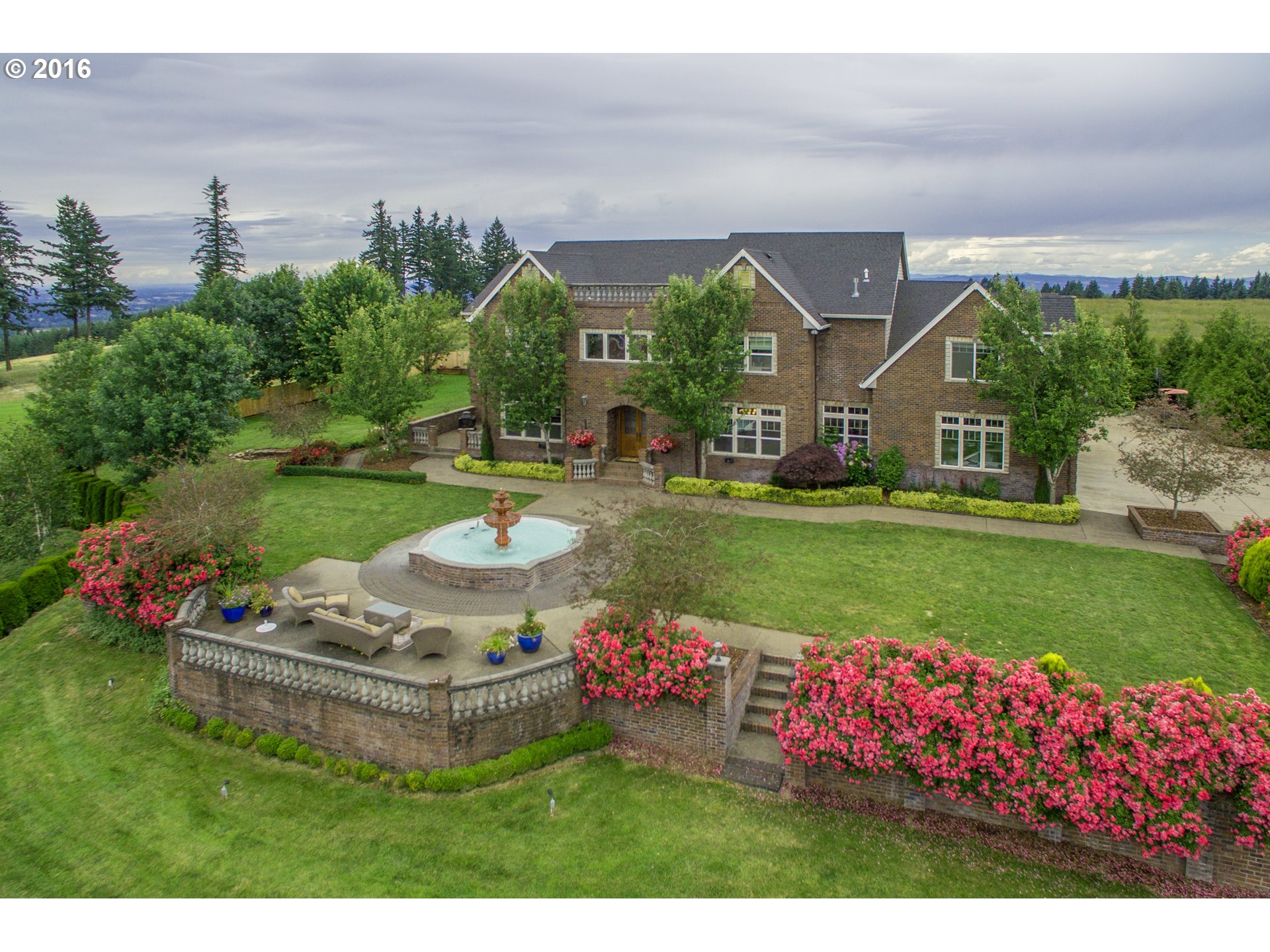
25610 Sw Mountain Rd West Linn, OR 97068
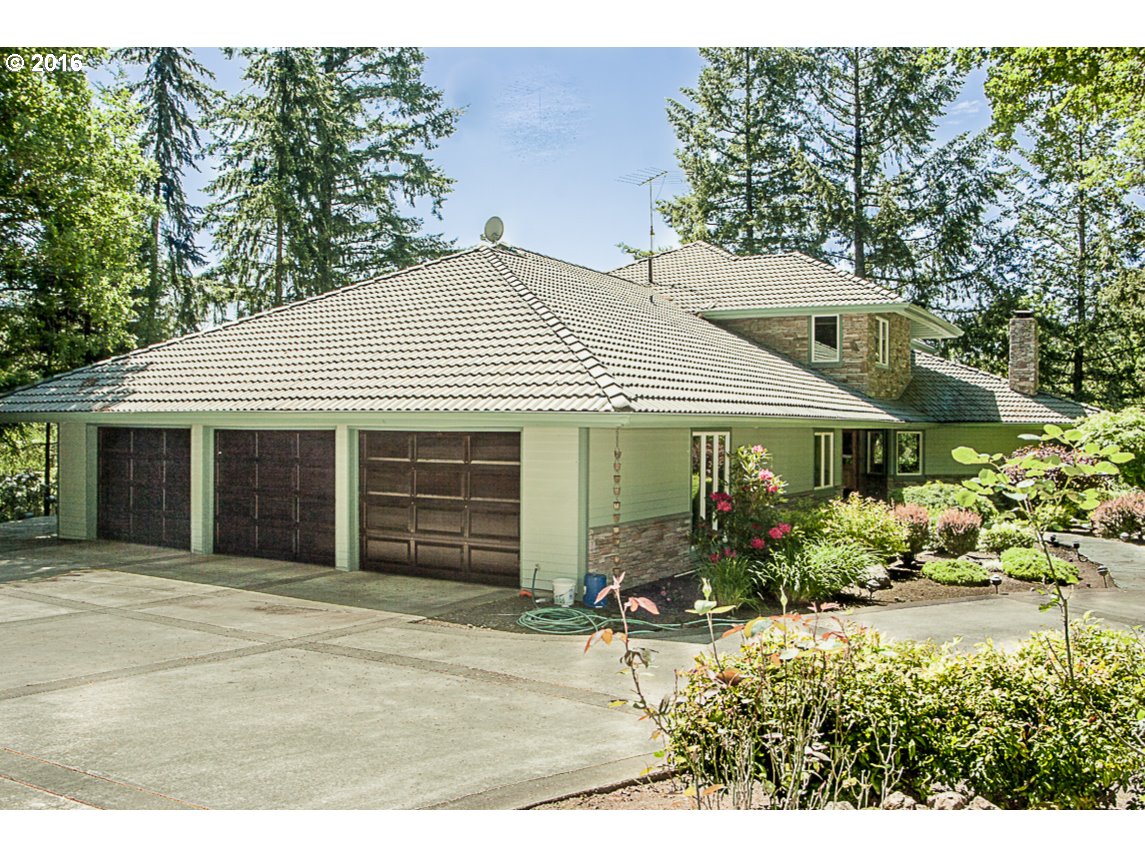
3457 Cascade Ter West Linn, OR 97068
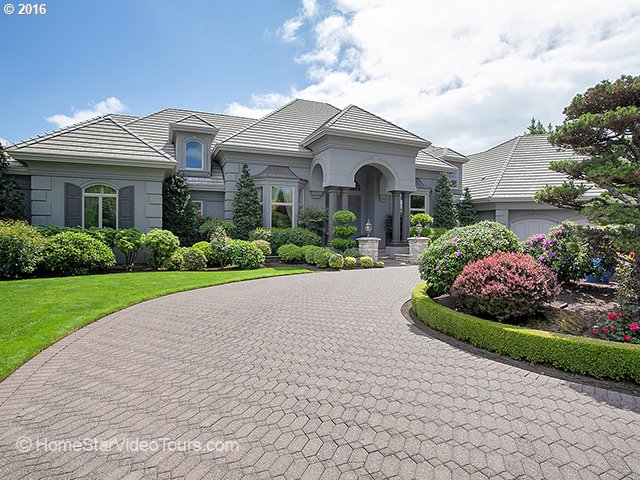
2625 Lorinda Ln West Linn, OR 97068
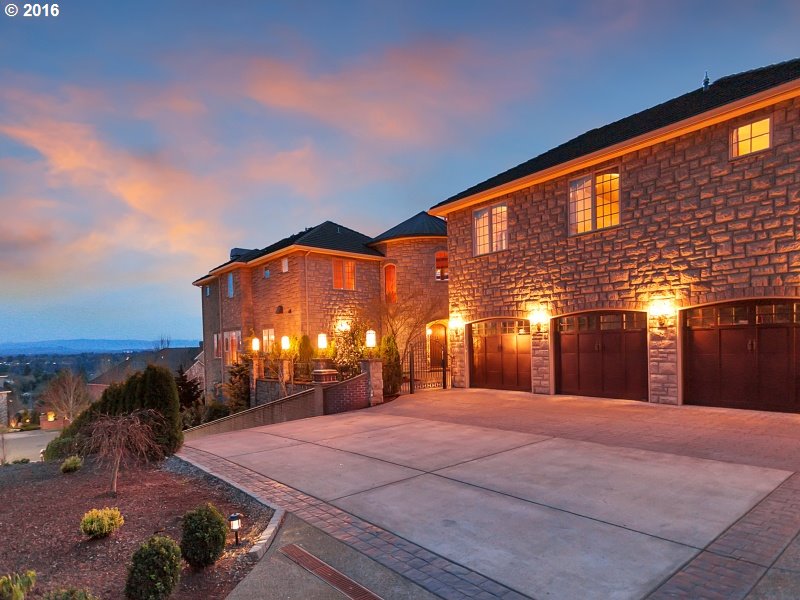
1095 Sw Schaeffer Rd West Linn, OR 97068
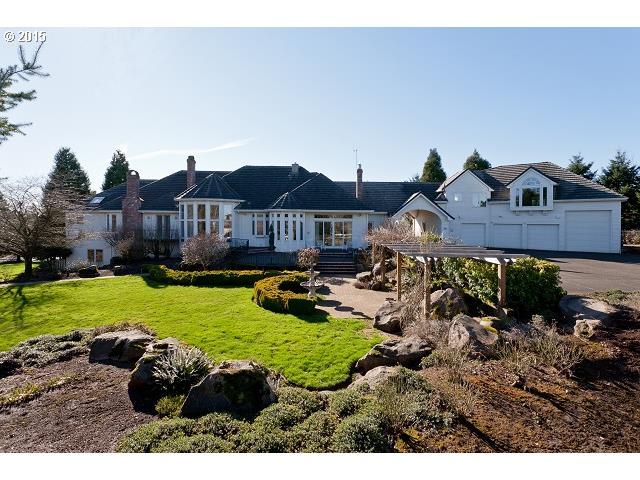
27127 Sw Mountain Rd West Linn, OR 97068

23162 Bland Cir West Linn, OR 97068
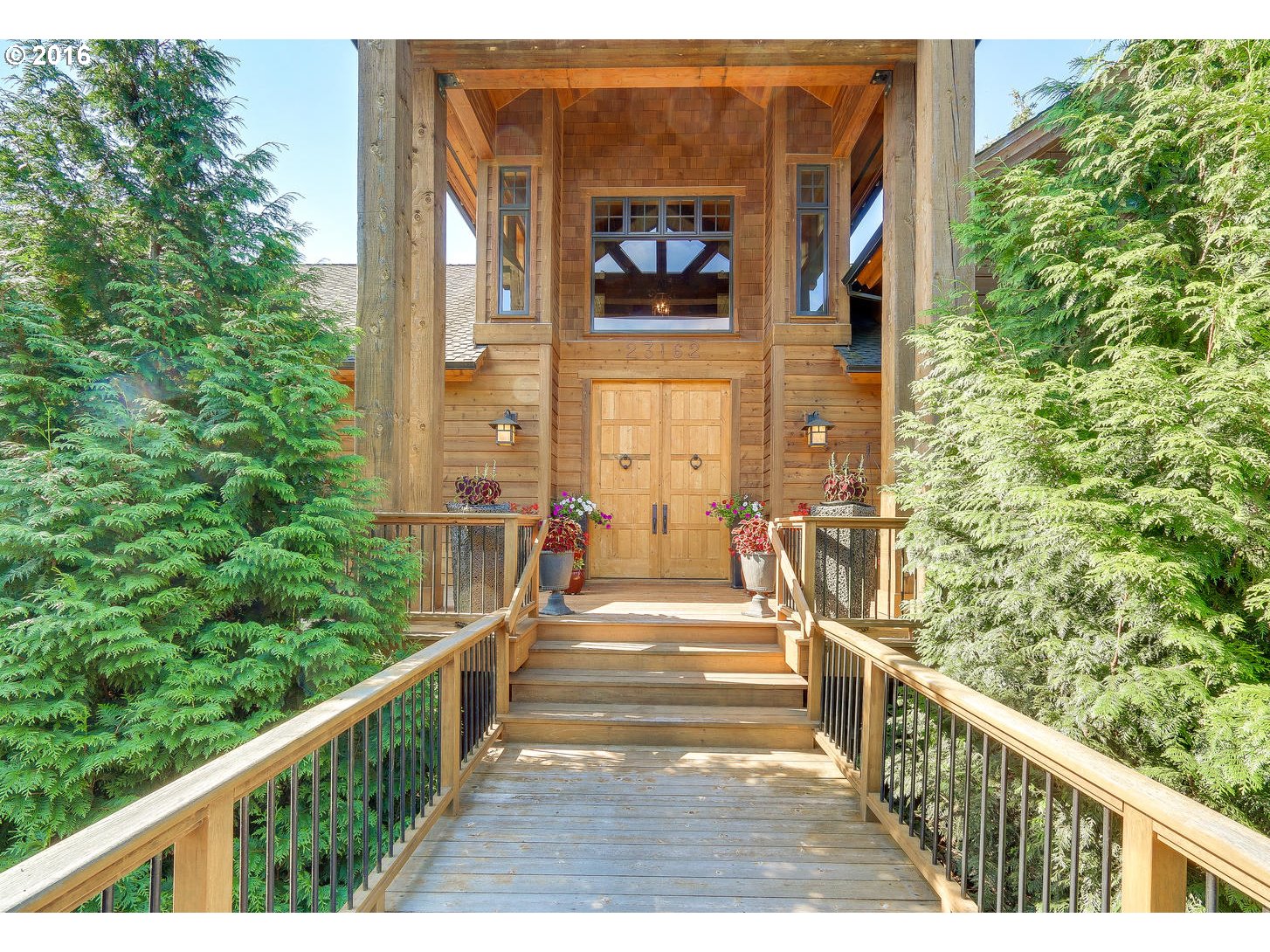
6531 Failing St West Linn, OR 97068
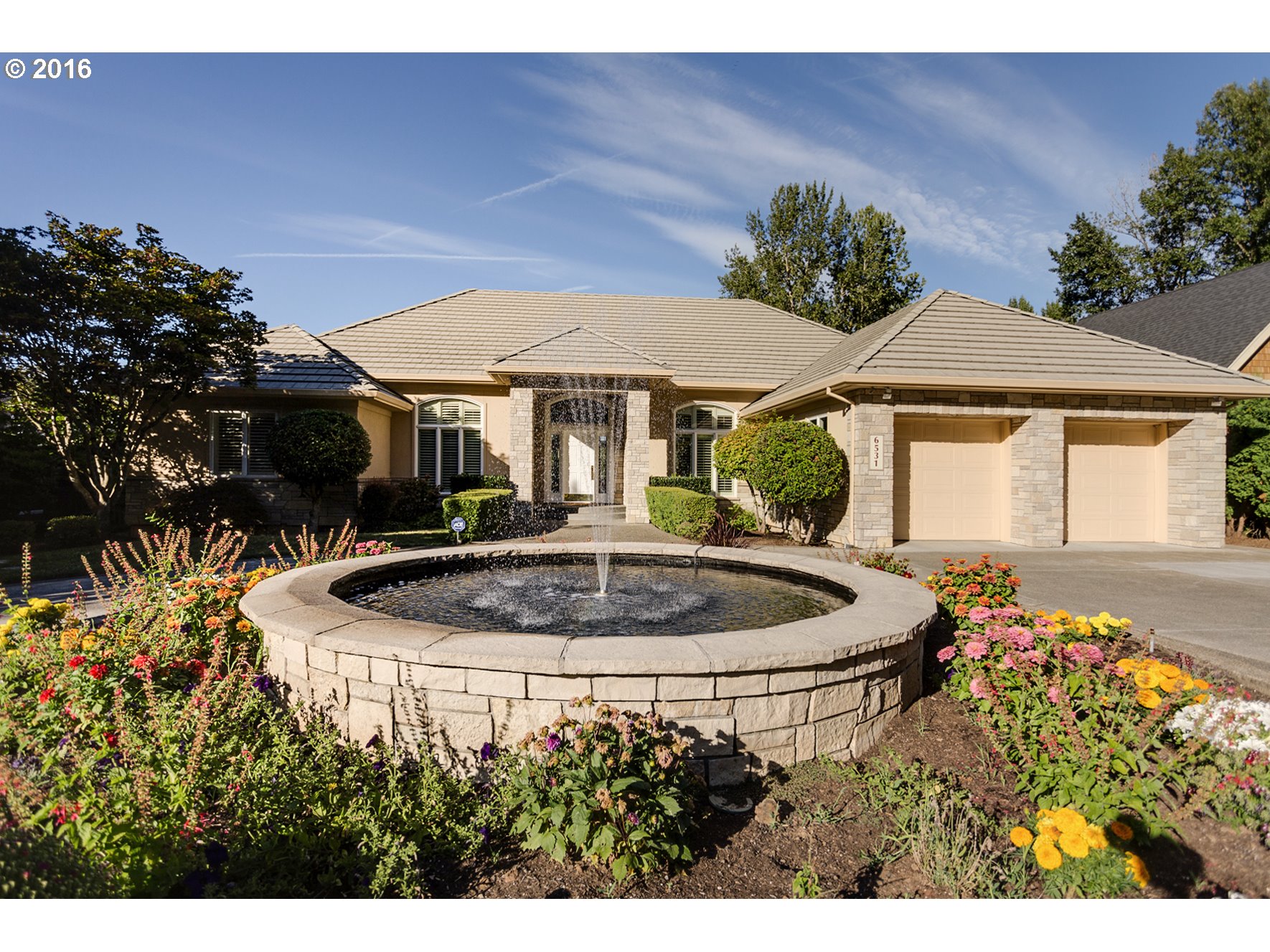
967 Willamette Falls Dr West Linn, OR 97068

2550 Lorinda Ct #a West Linn, OR 97068
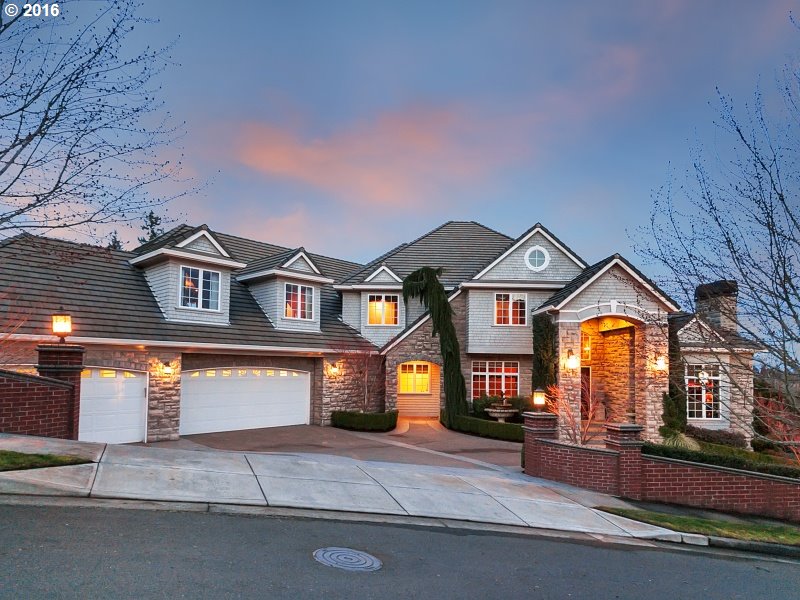
22875 Johnson Rd West Linn, OR 97068
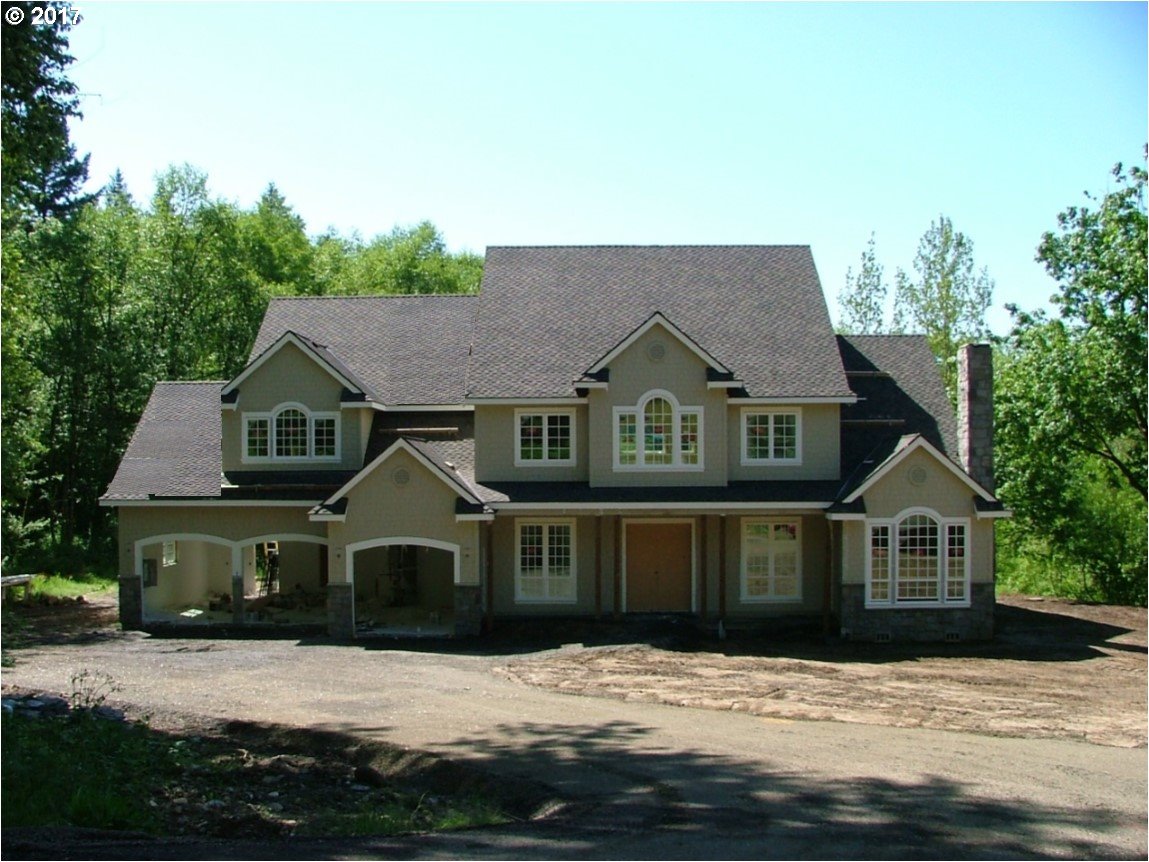
690 Sw Schaeffer Rd West Linn, OR 97068
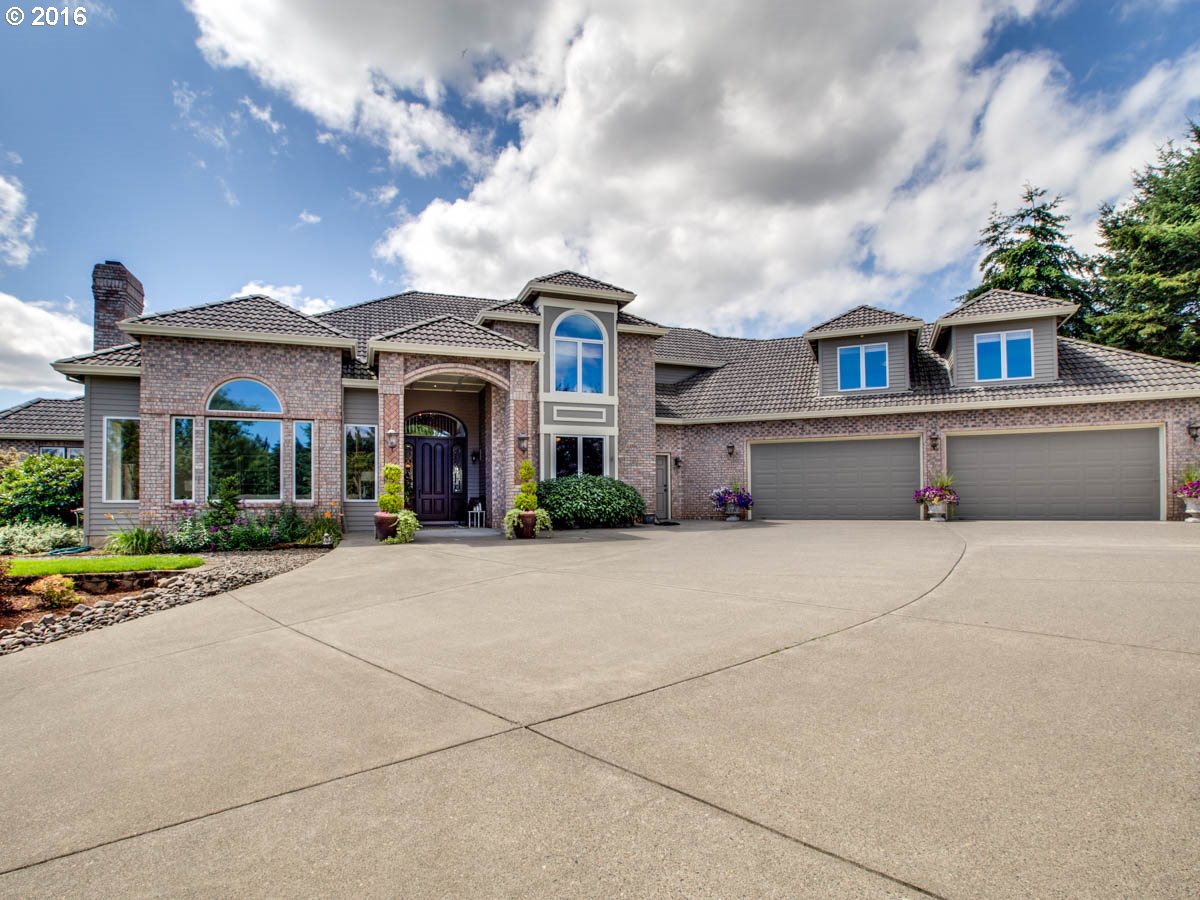
24100 Sw Mountain Rd West Linn, OR 97068
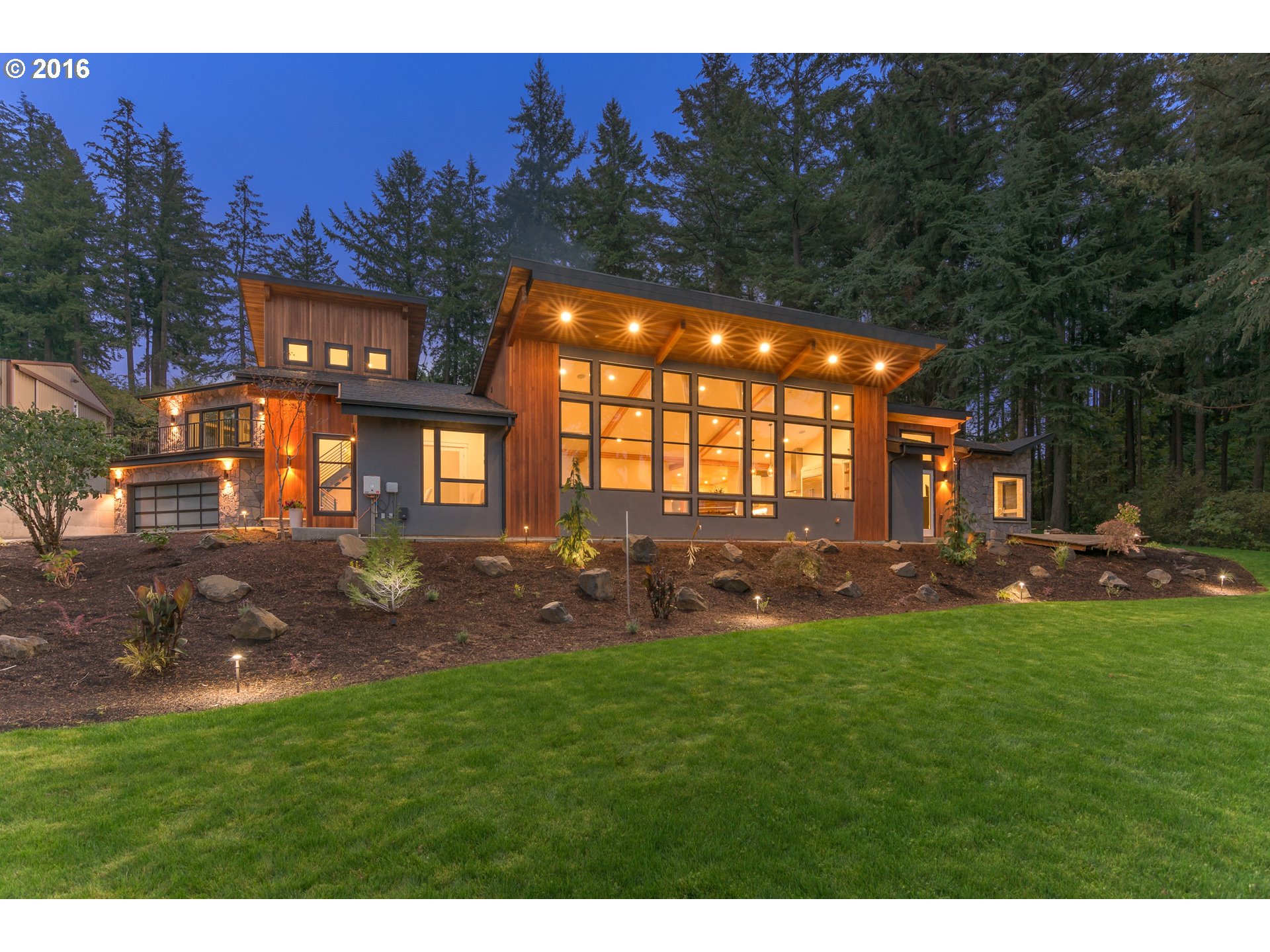
30125 Sw Old Well Rd West Linn, OR 97068
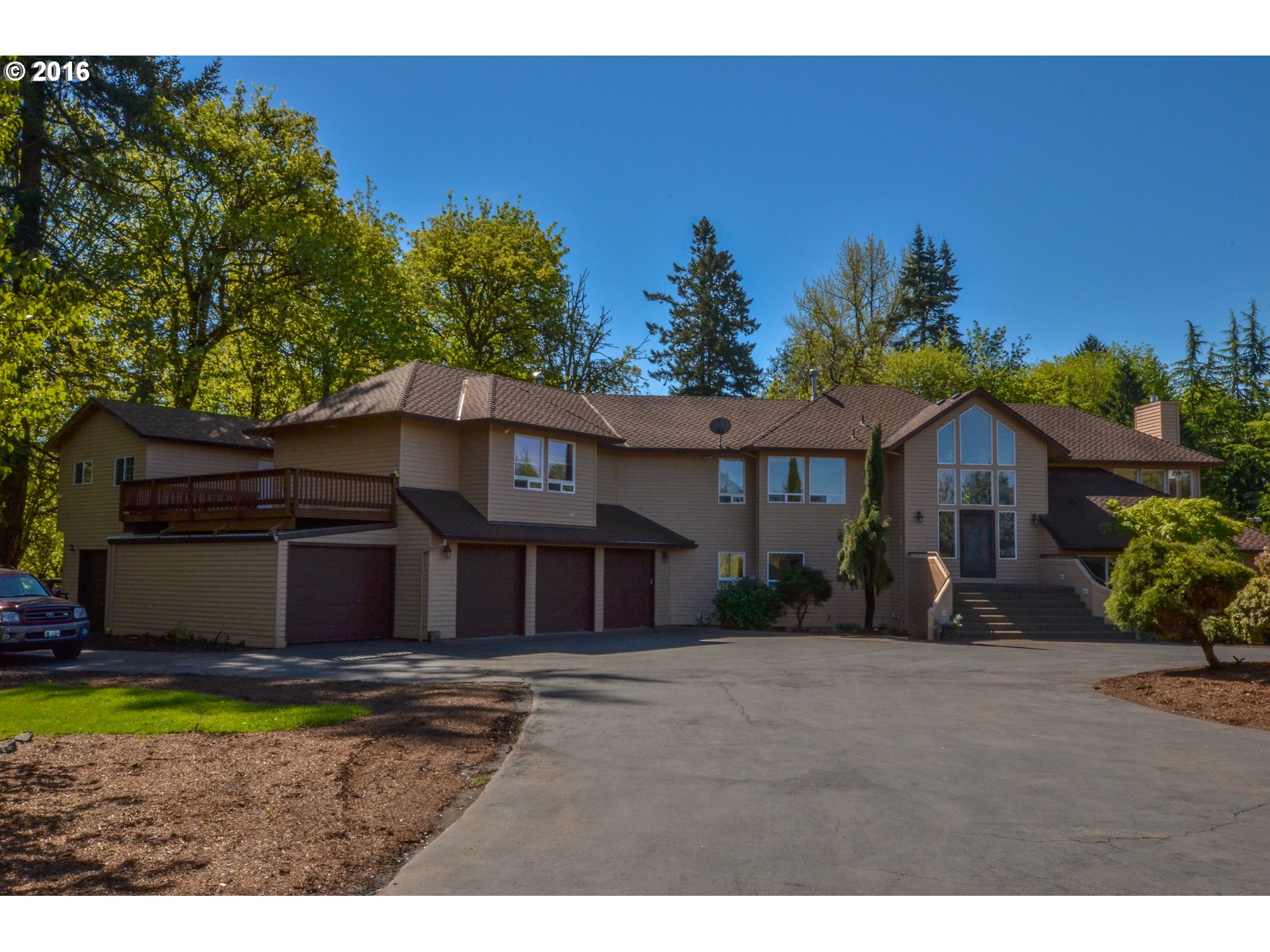
4973 Mapleton Dr West Linn, OR 97068
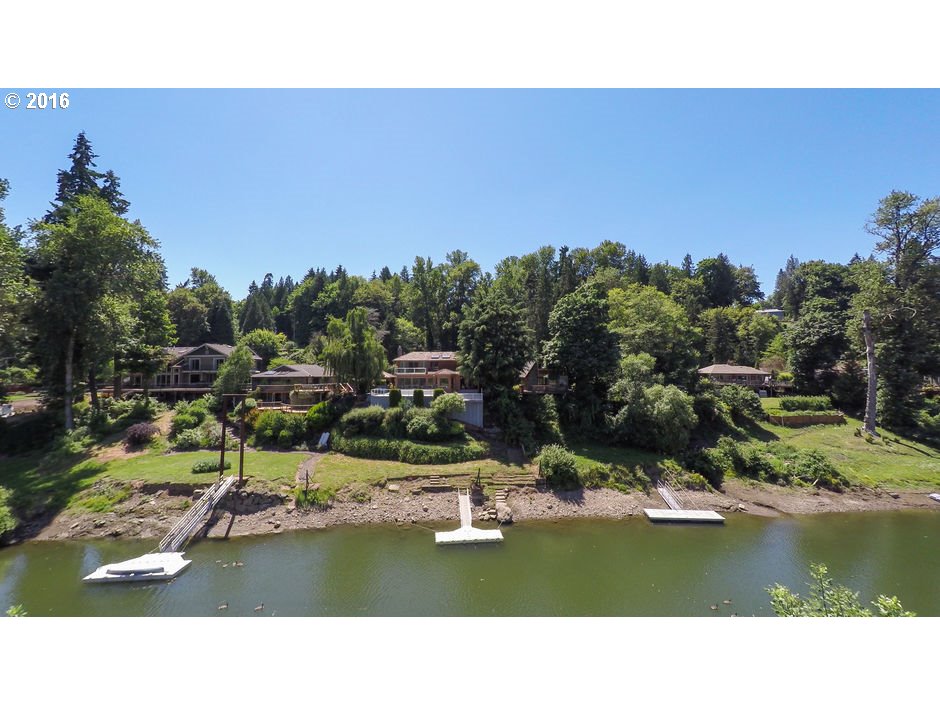
22505 Johnson Rd West Linn, OR 97068
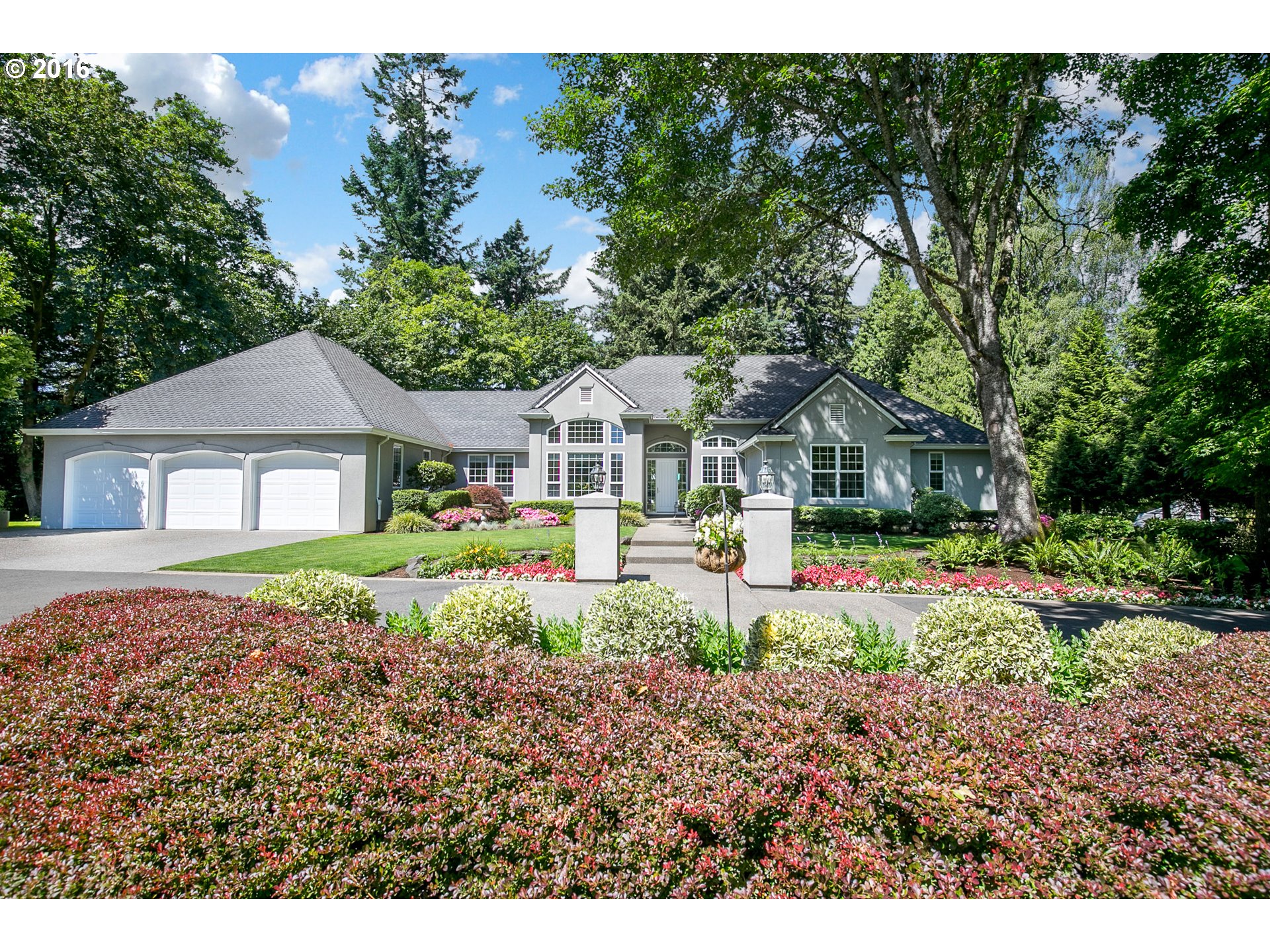
3058 Coeur D Alene Dr West Linn, OR 97068
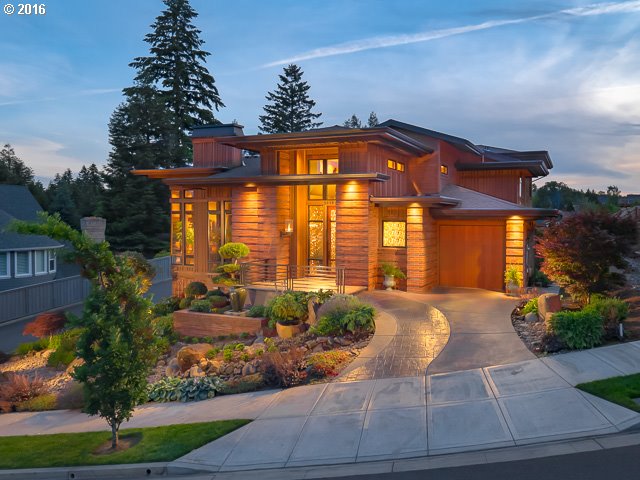
1136 Rosemont Rd West Linn, OR 97068
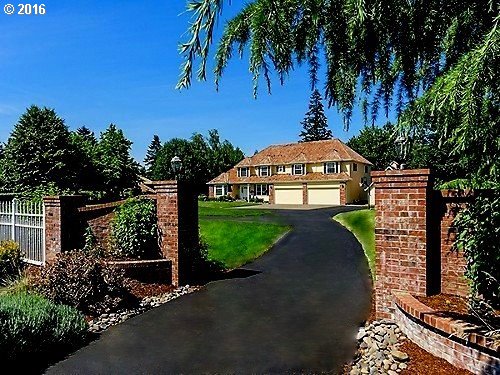
24783 Sw Notdurft Rd West Linn, OR 97068
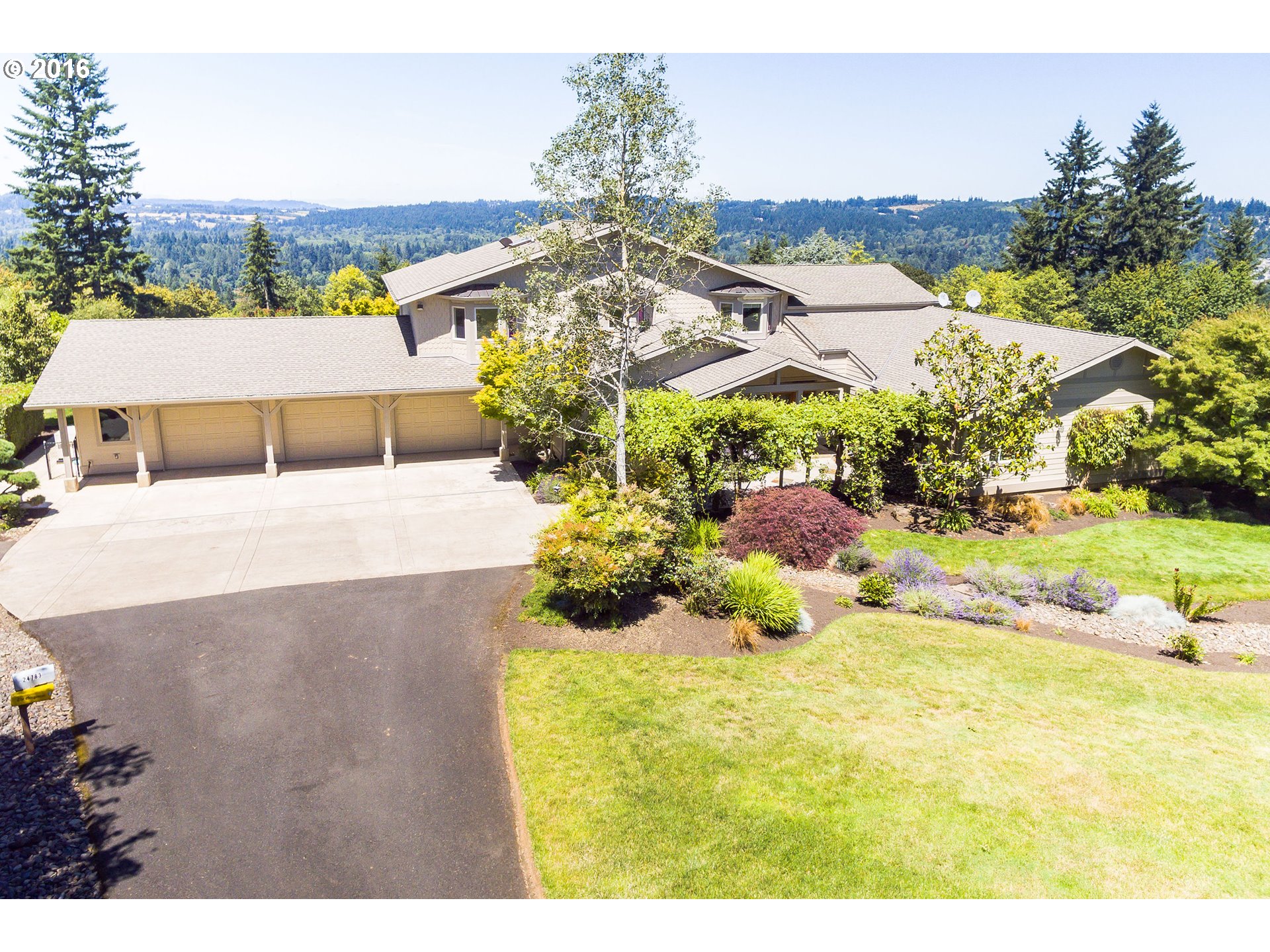
3100 Brandywine Dr West Linn, OR 97068
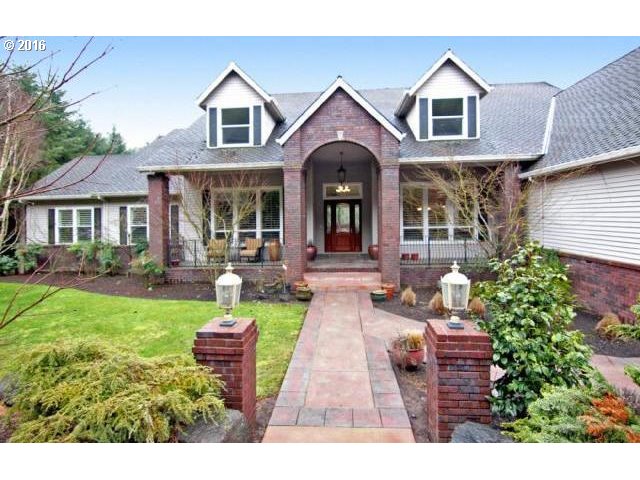
19801 S Hazelhurst Ln West Linn, OR 97068
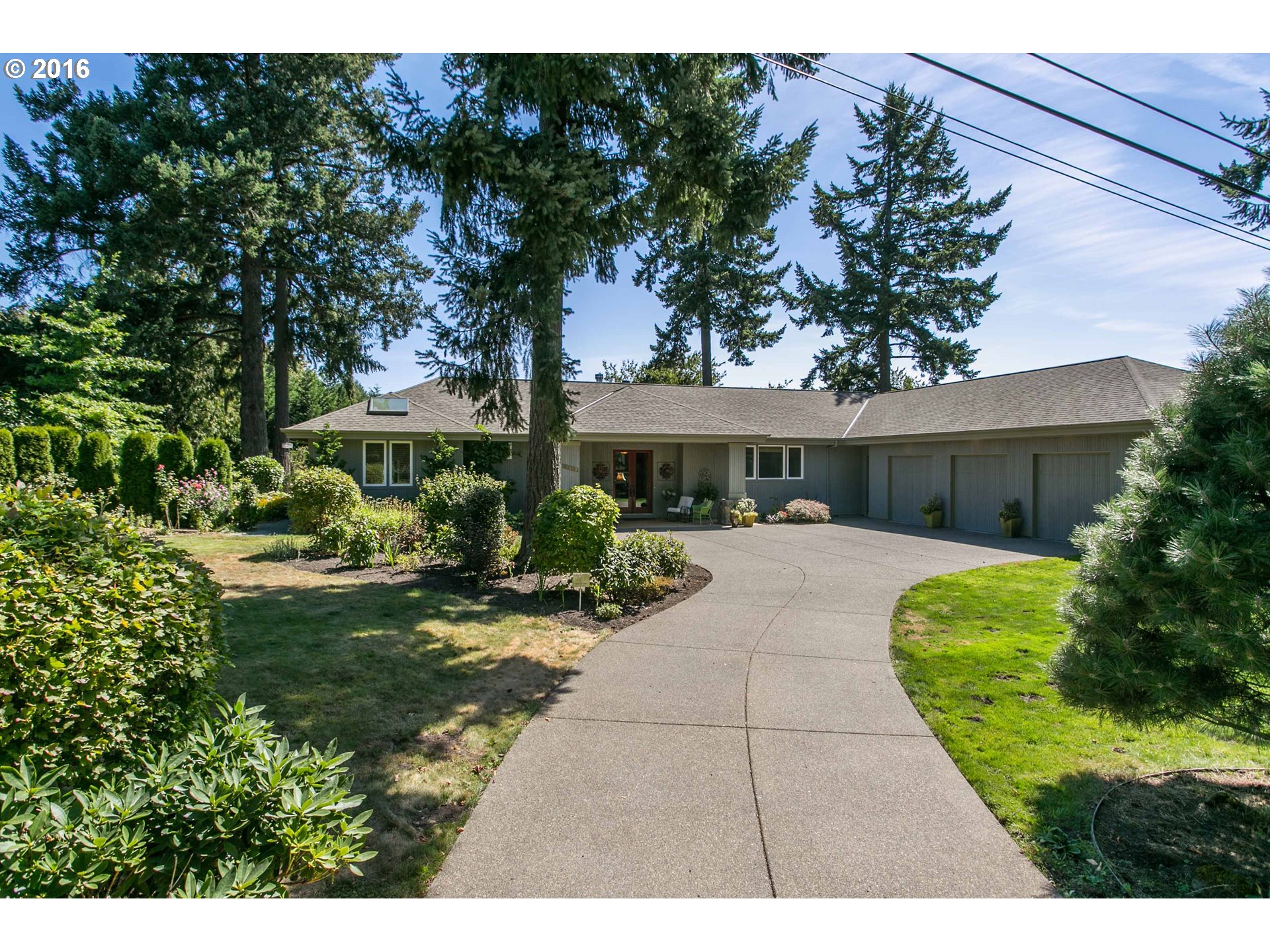
28795 Sw Petes Mountain Rd West Linn, OR 97068
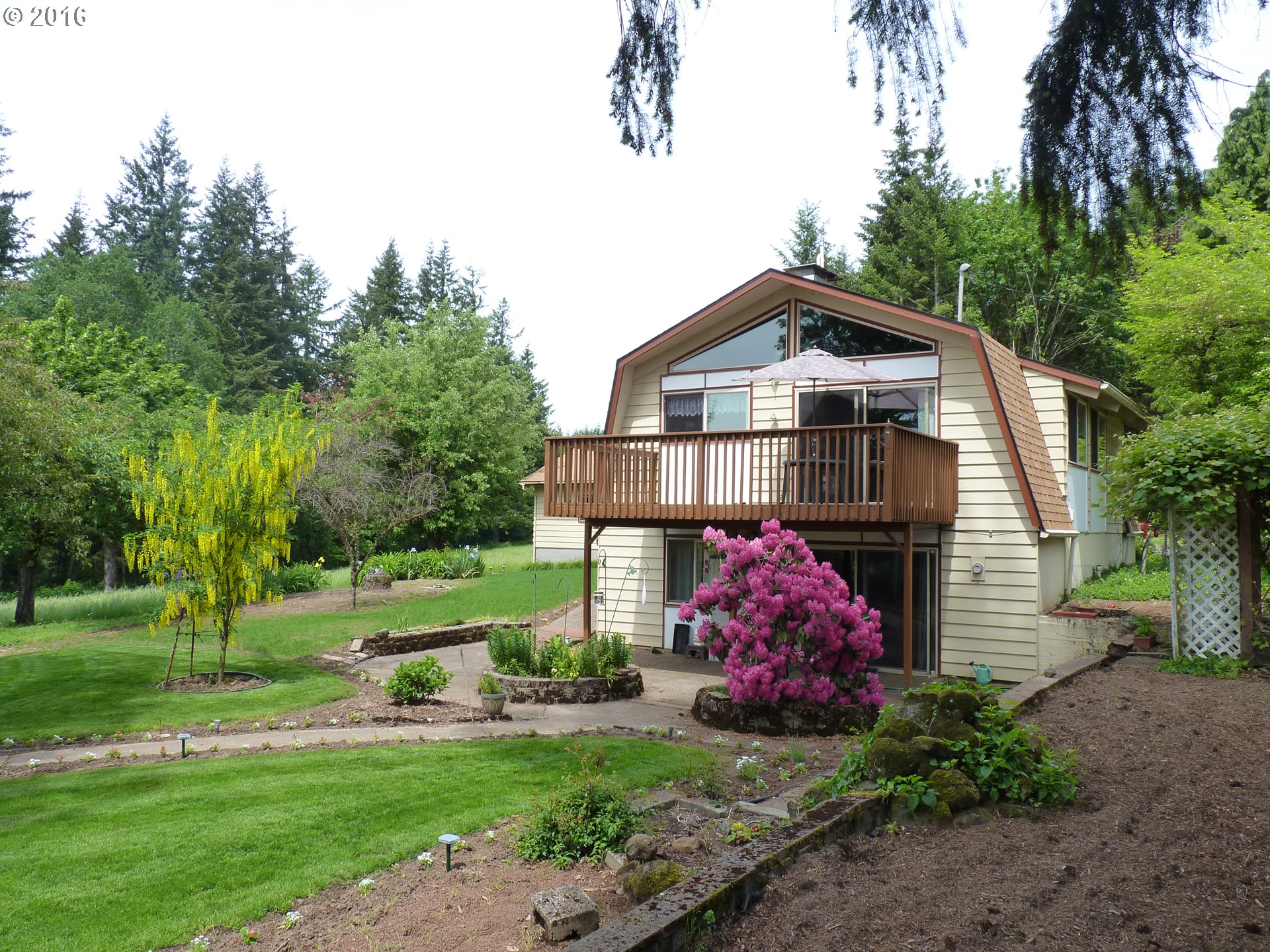
2948 Coeur D Alene Dr West Linn, OR 97068

31190 Sw Isle Way Ln West Linn, OR 97068
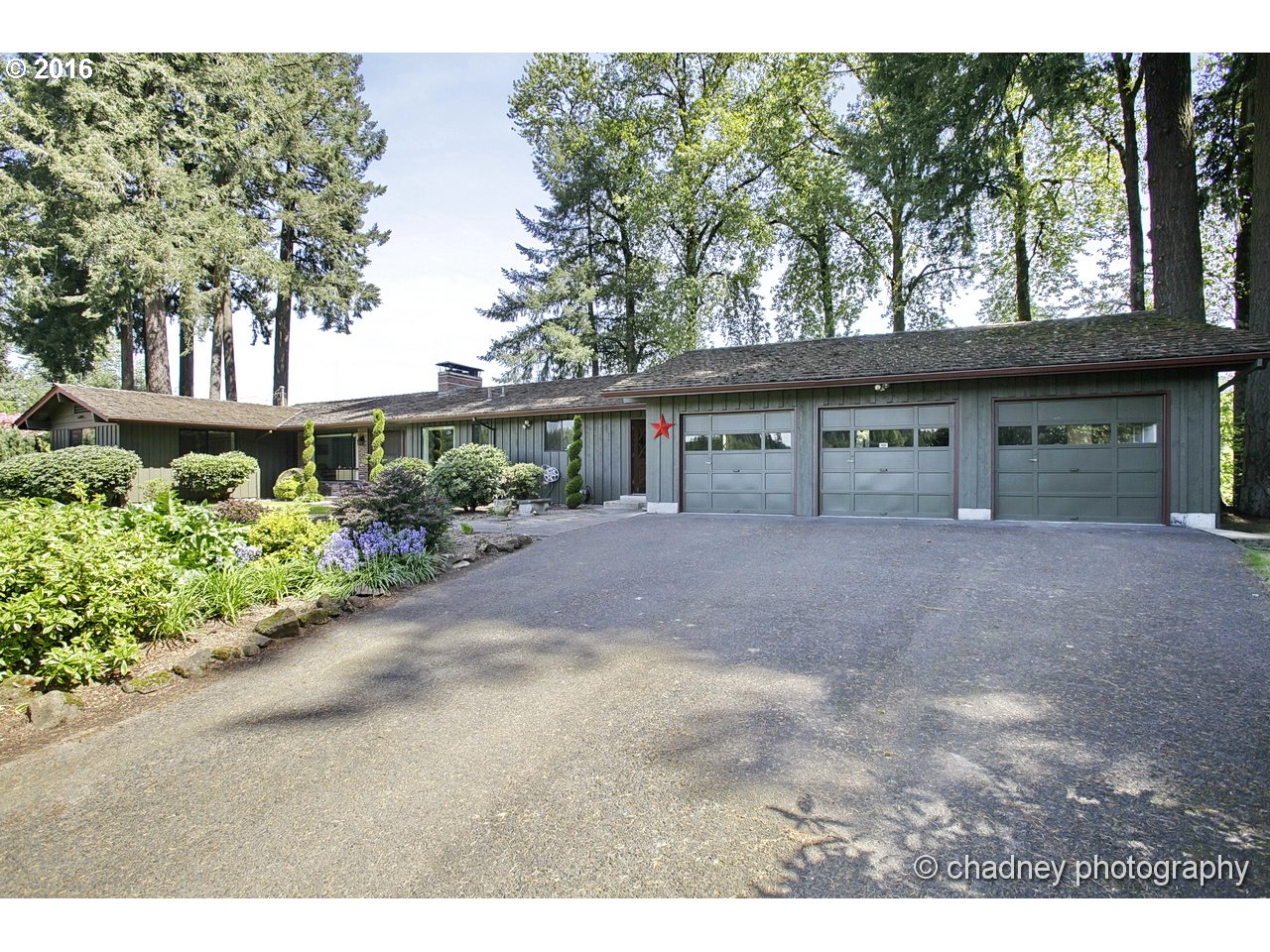
3423 Cascade Ter West Linn, OR 97068
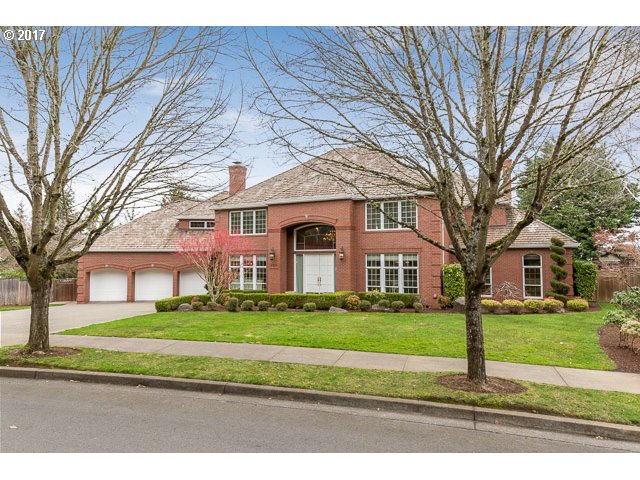
31627 Sw Willow Island Ln West Linn, OR 97068
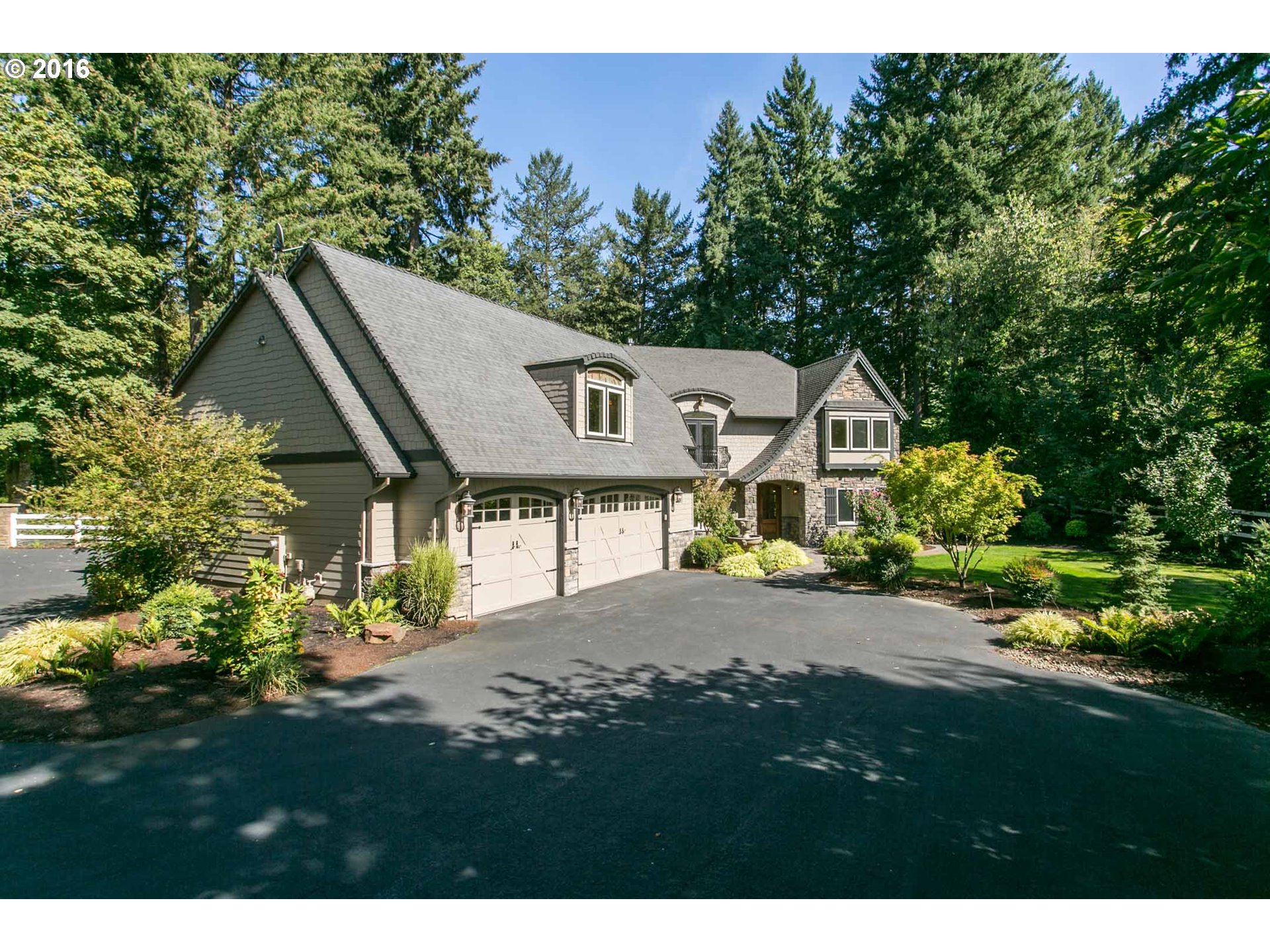
22600 Sw Ulsky Rd West Linn, OR 97068
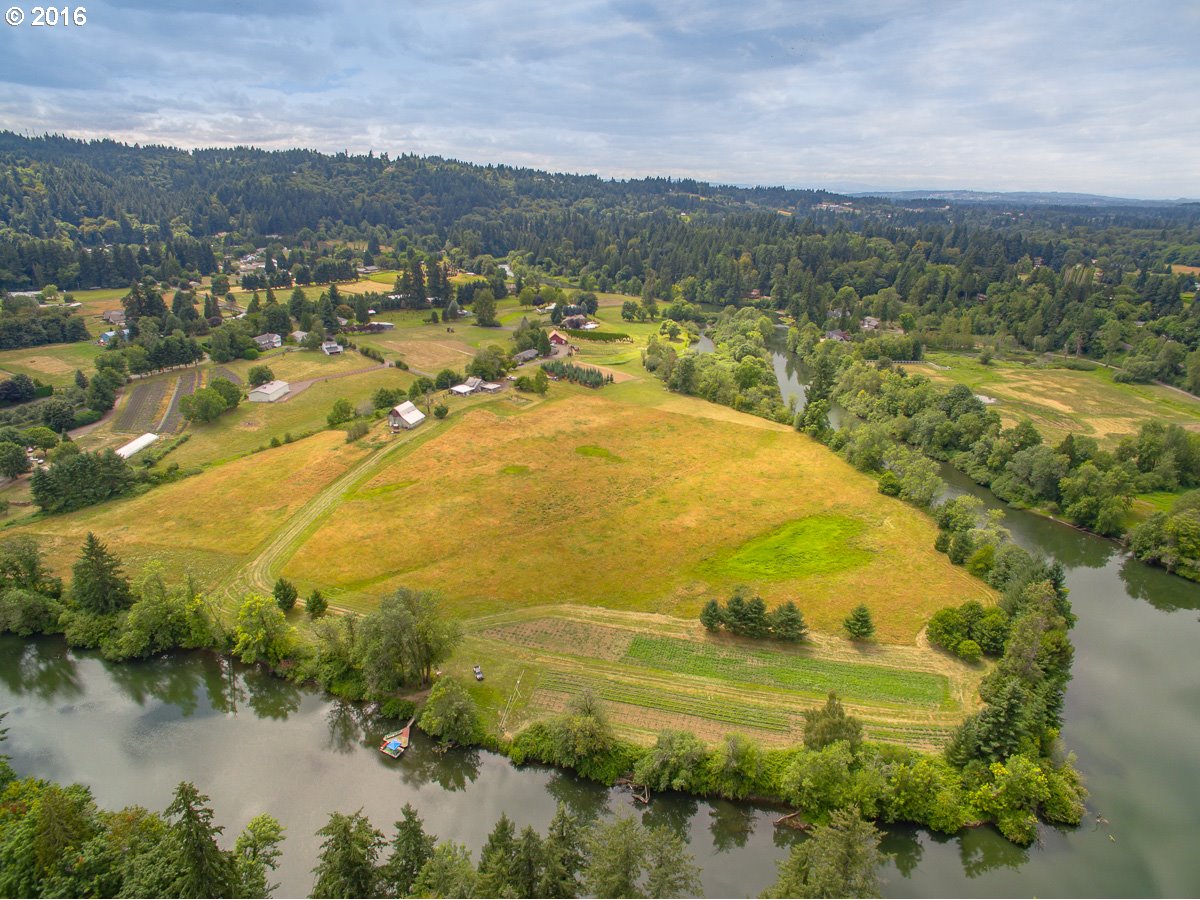
25598 Cheryl Dr West Linn, OR 97068
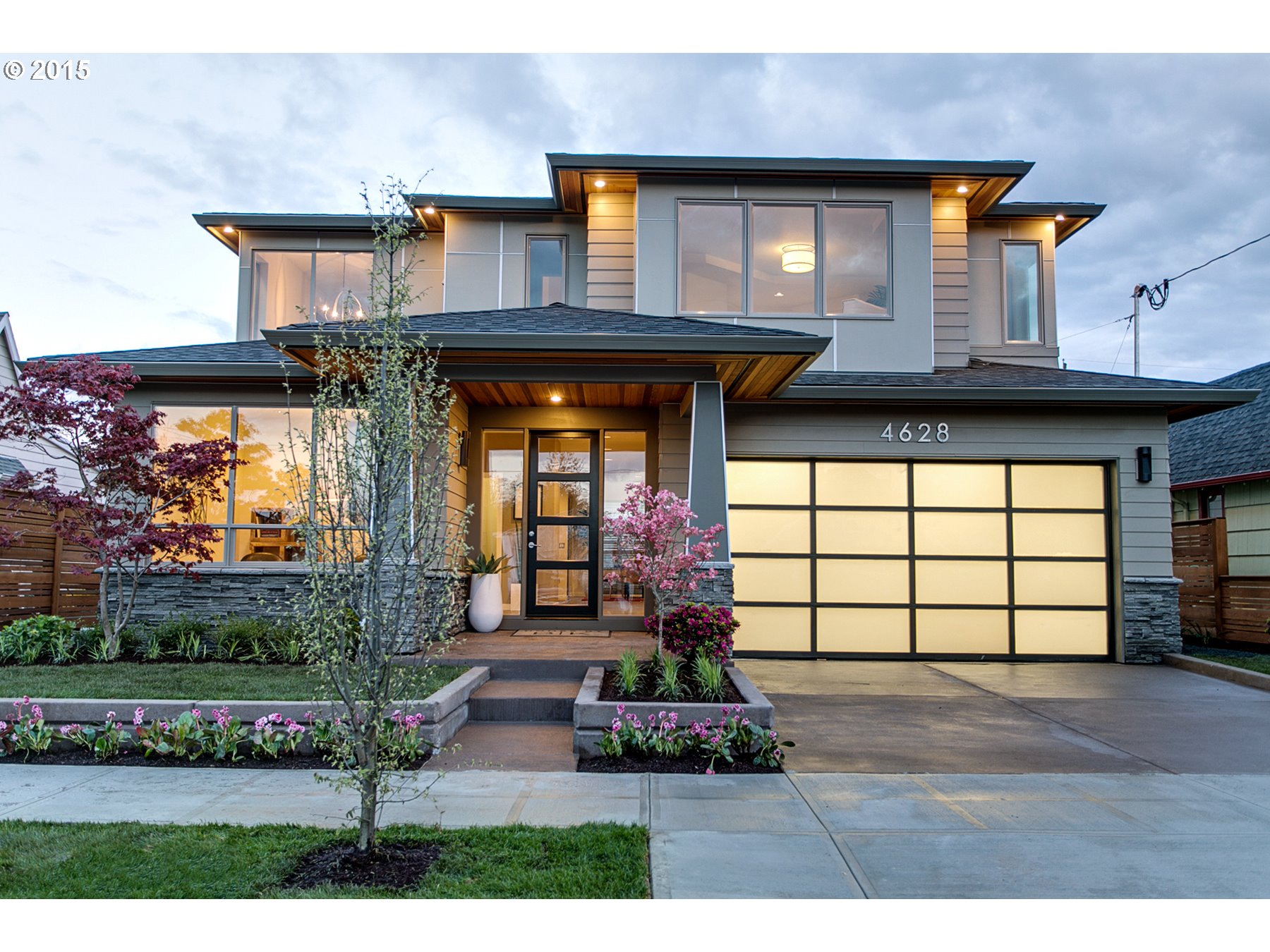
26450 Sw Mountain Rd #par 2 West Linn, OR 97068
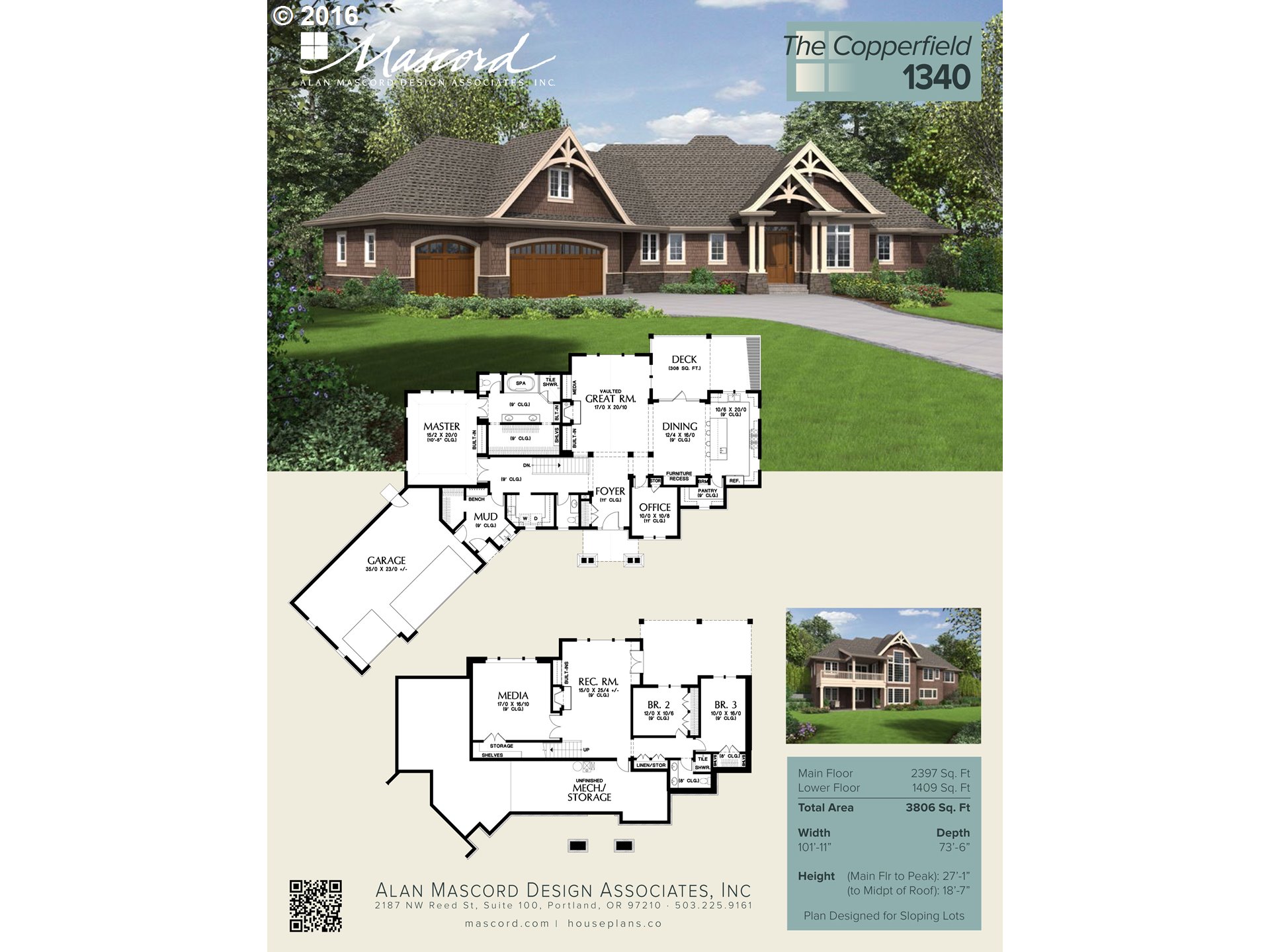
301 Sw Tualatin Loop West Linn, OR 97068
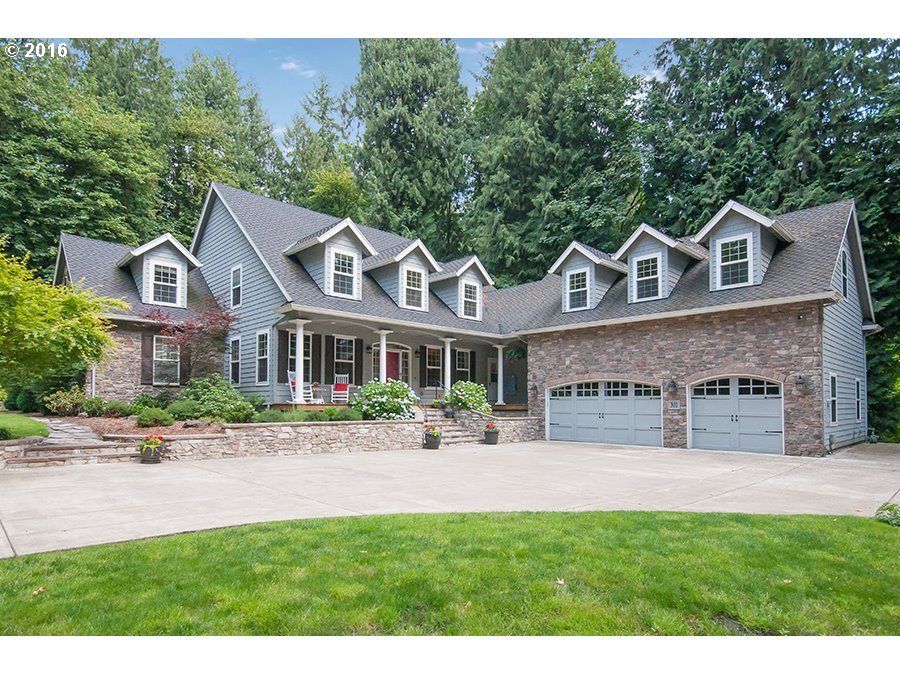
2751 Beacon Hill Dr West Linn, OR 97068
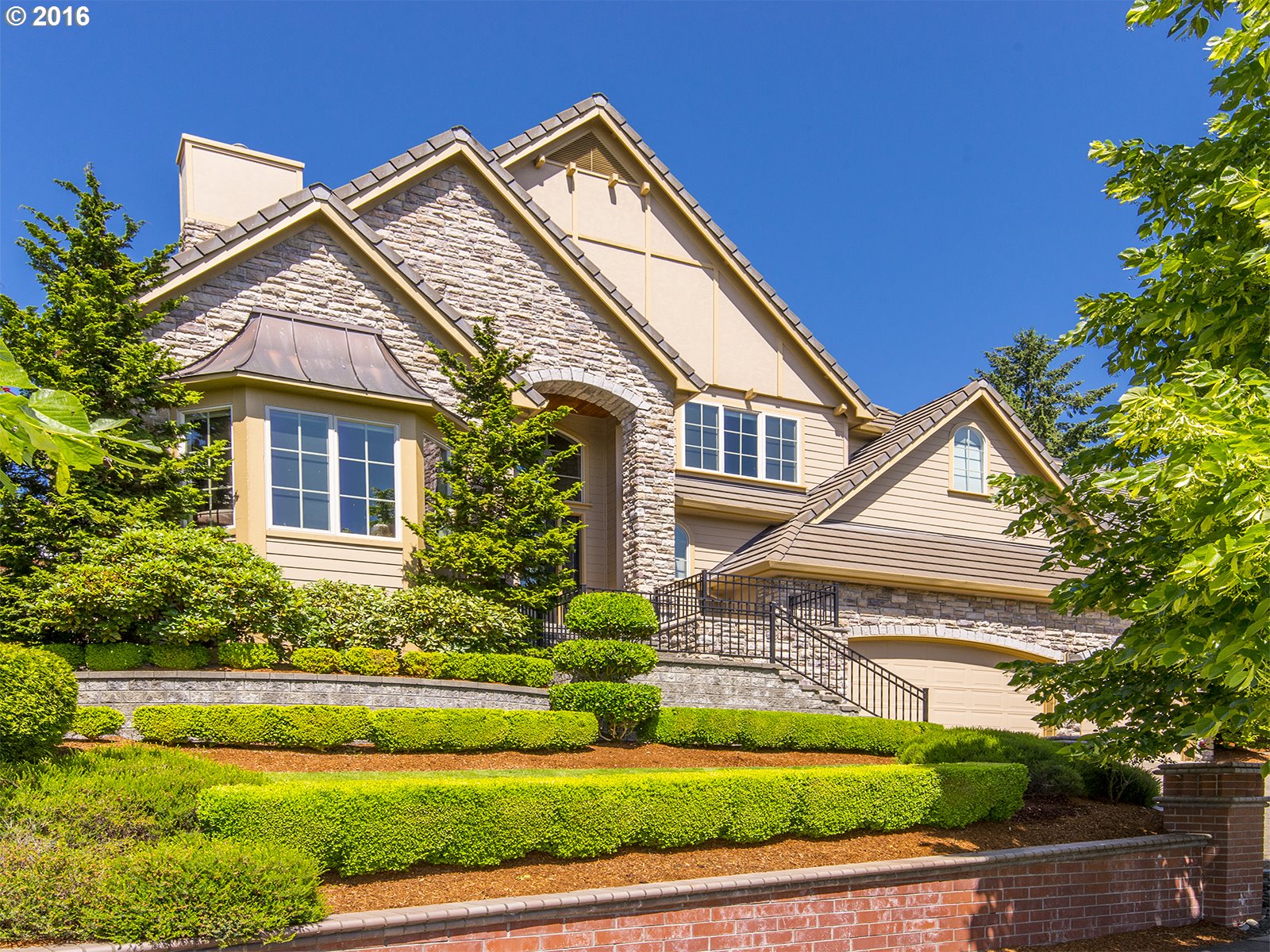
2135 Windham Oaks Ct West Linn, OR 97068
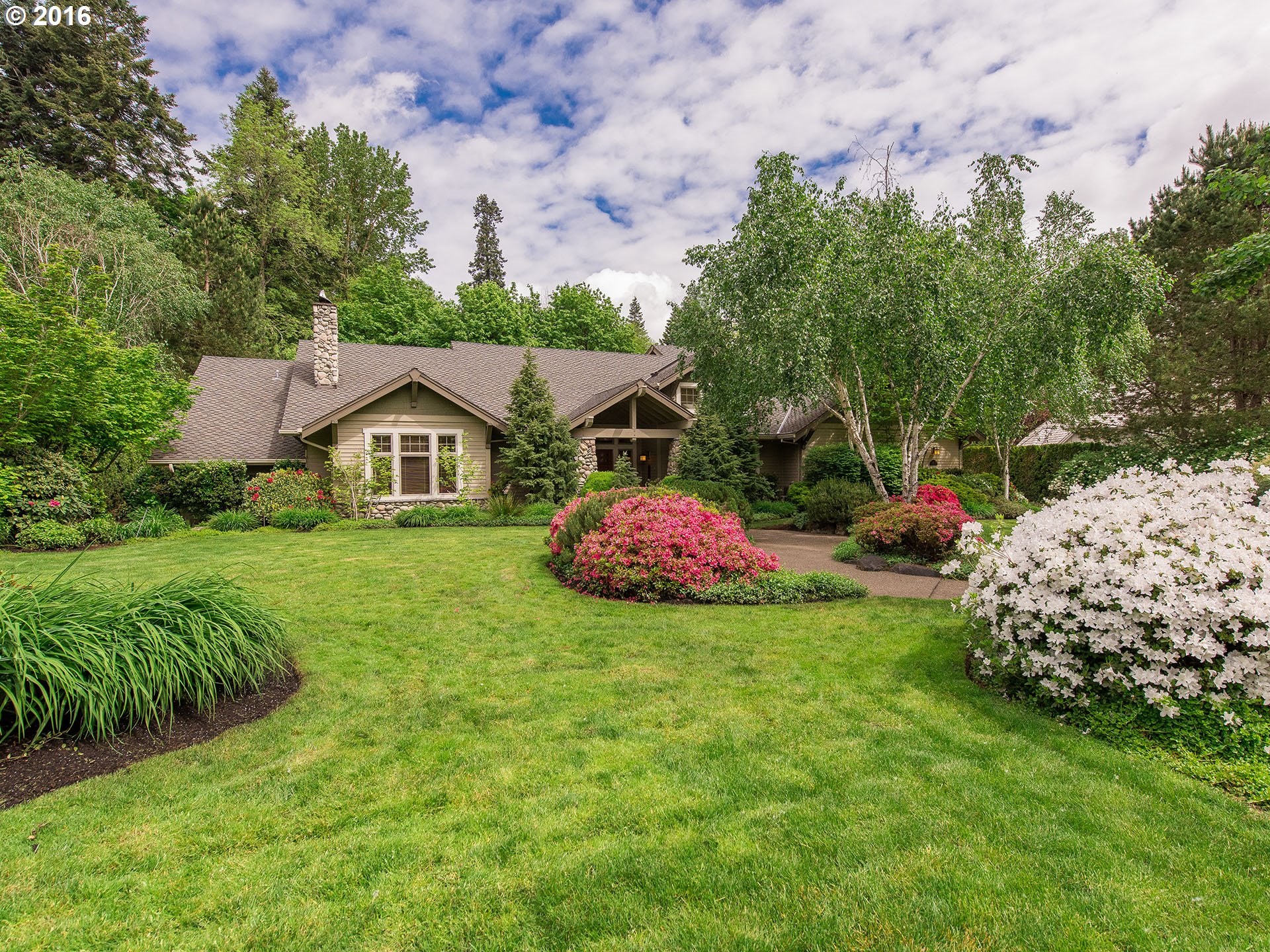
3832 Wellington Ct West Linn, OR 97068
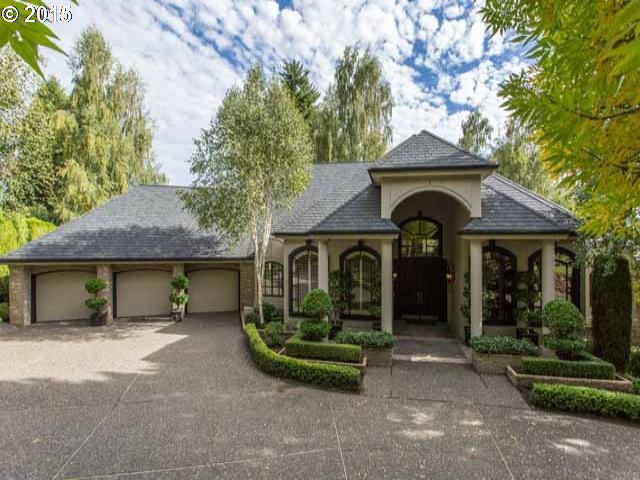
3457 Barrington Dr West Linn, OR 97068
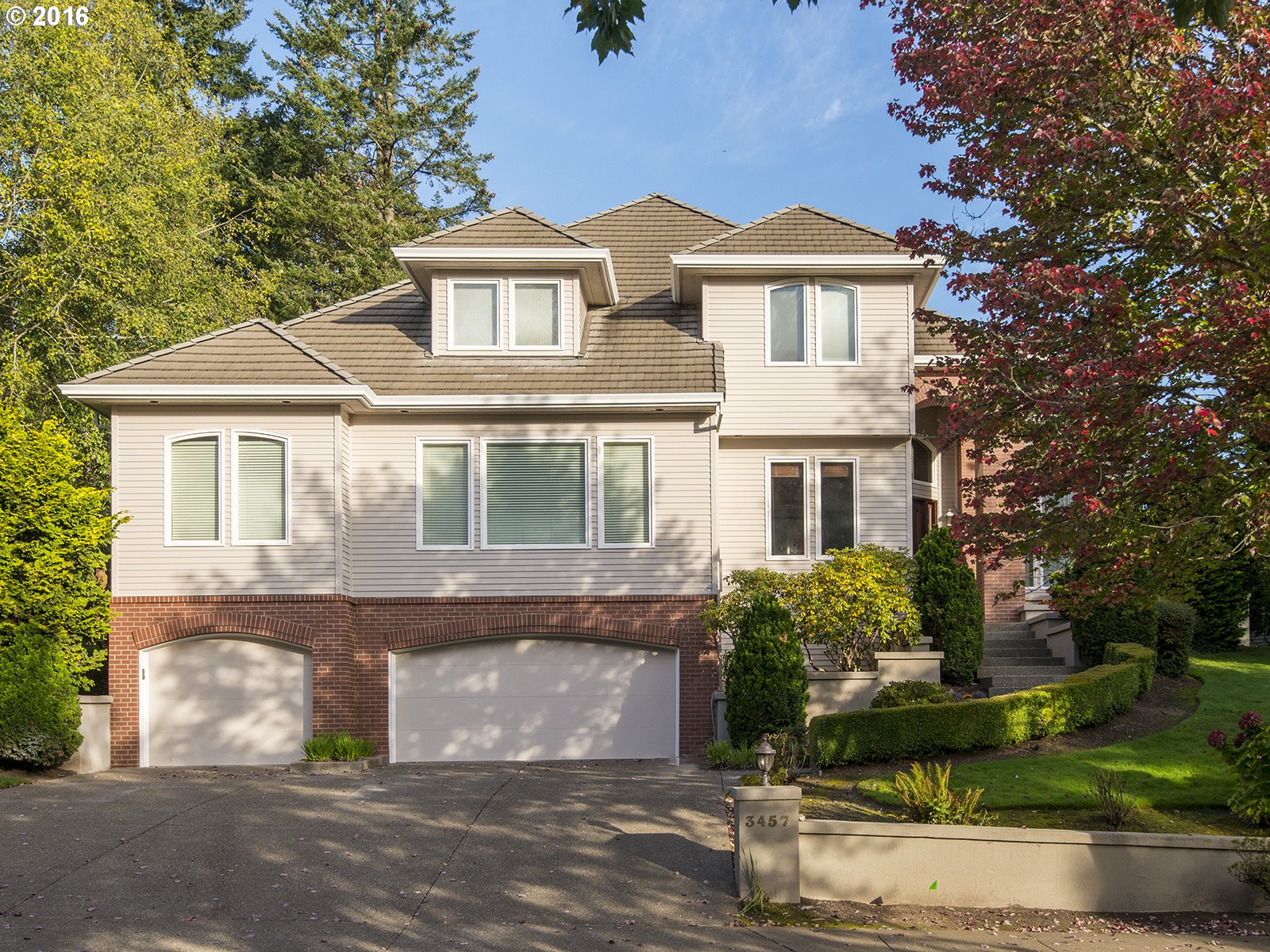
17860 Robin View Ct West Linn, OR 97068
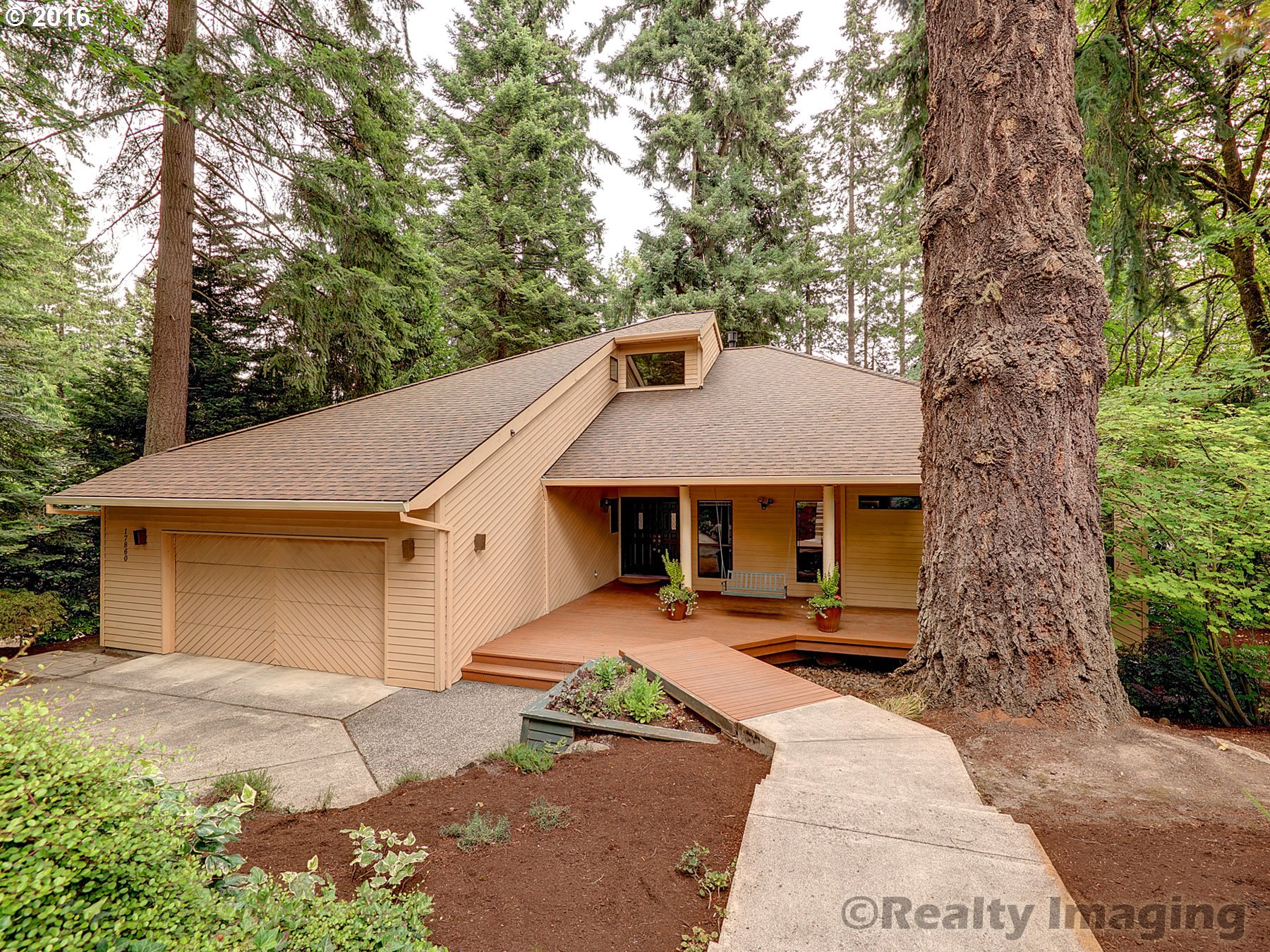
2350 Falcon Dr West Linn, OR 97068
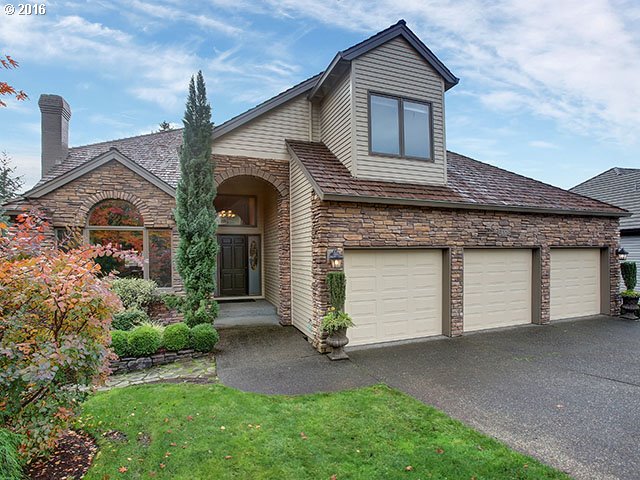
22870 Weatherhill Rd West Linn, OR 97068
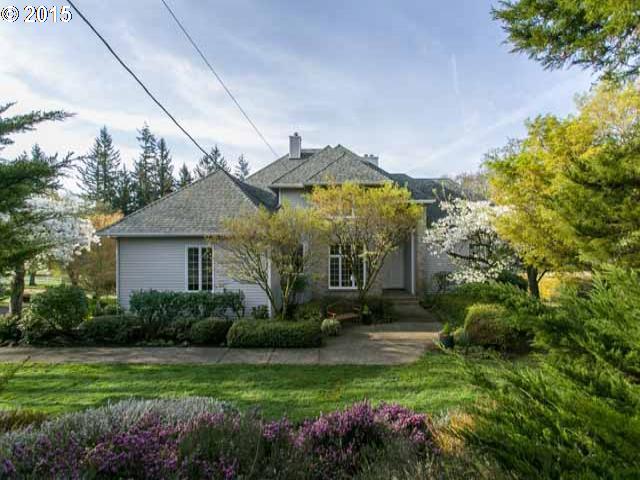
1806 Barnes Cir West Linn, OR 97068
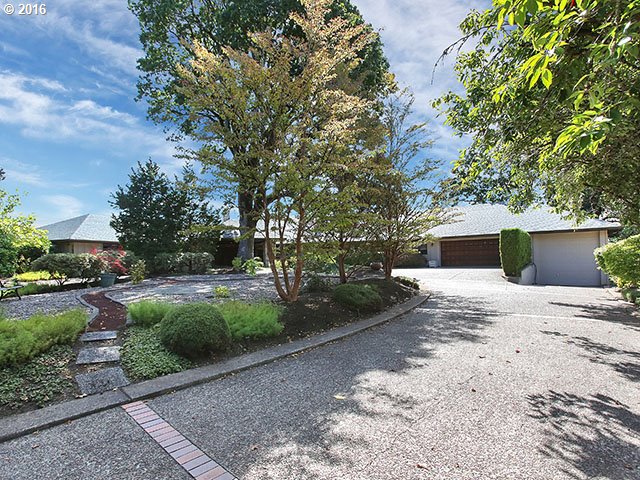
3595 Riverknoll Way West Linn, OR 97068
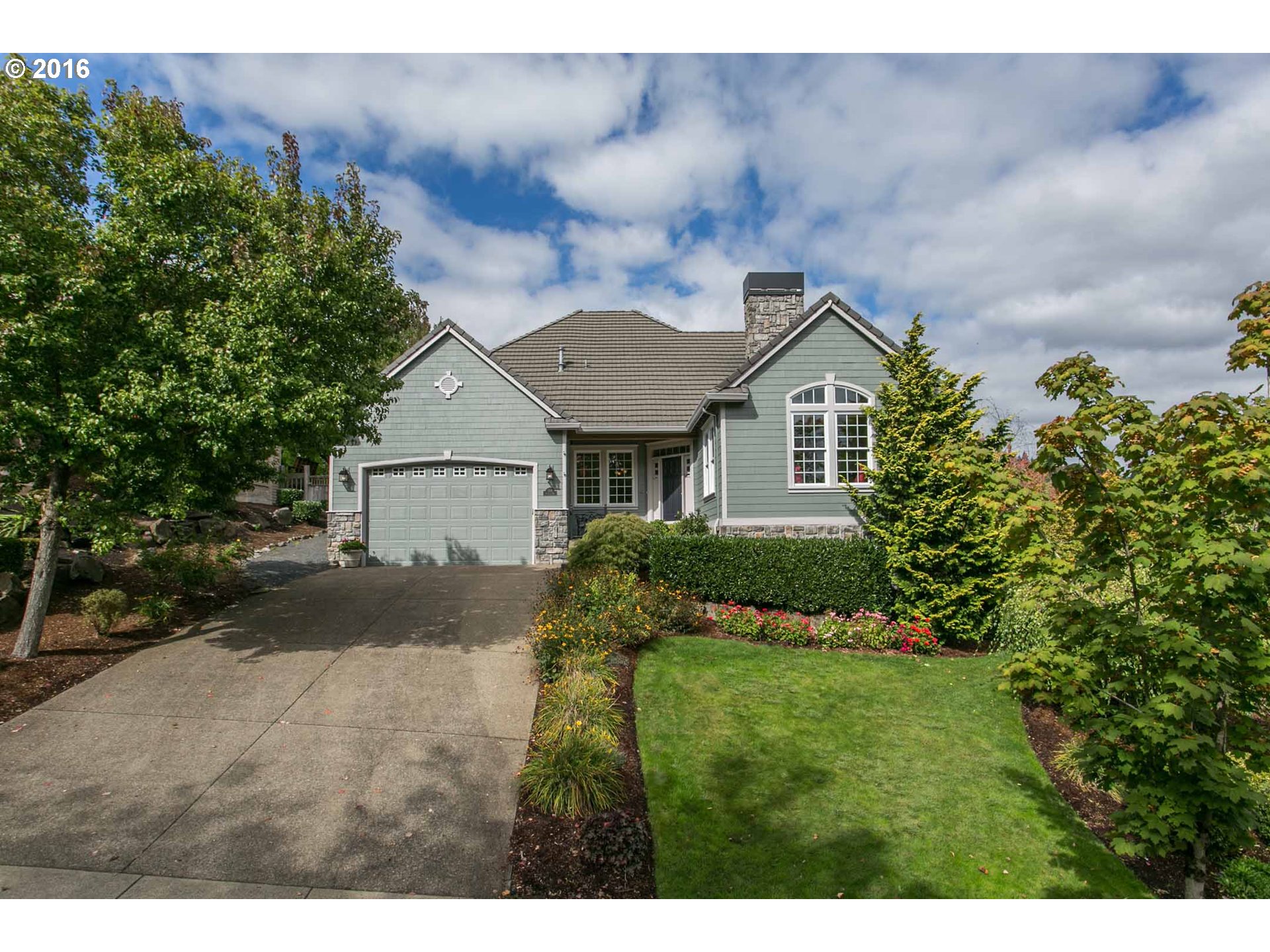
1694 Marylhurst Dr West Linn, OR 97068
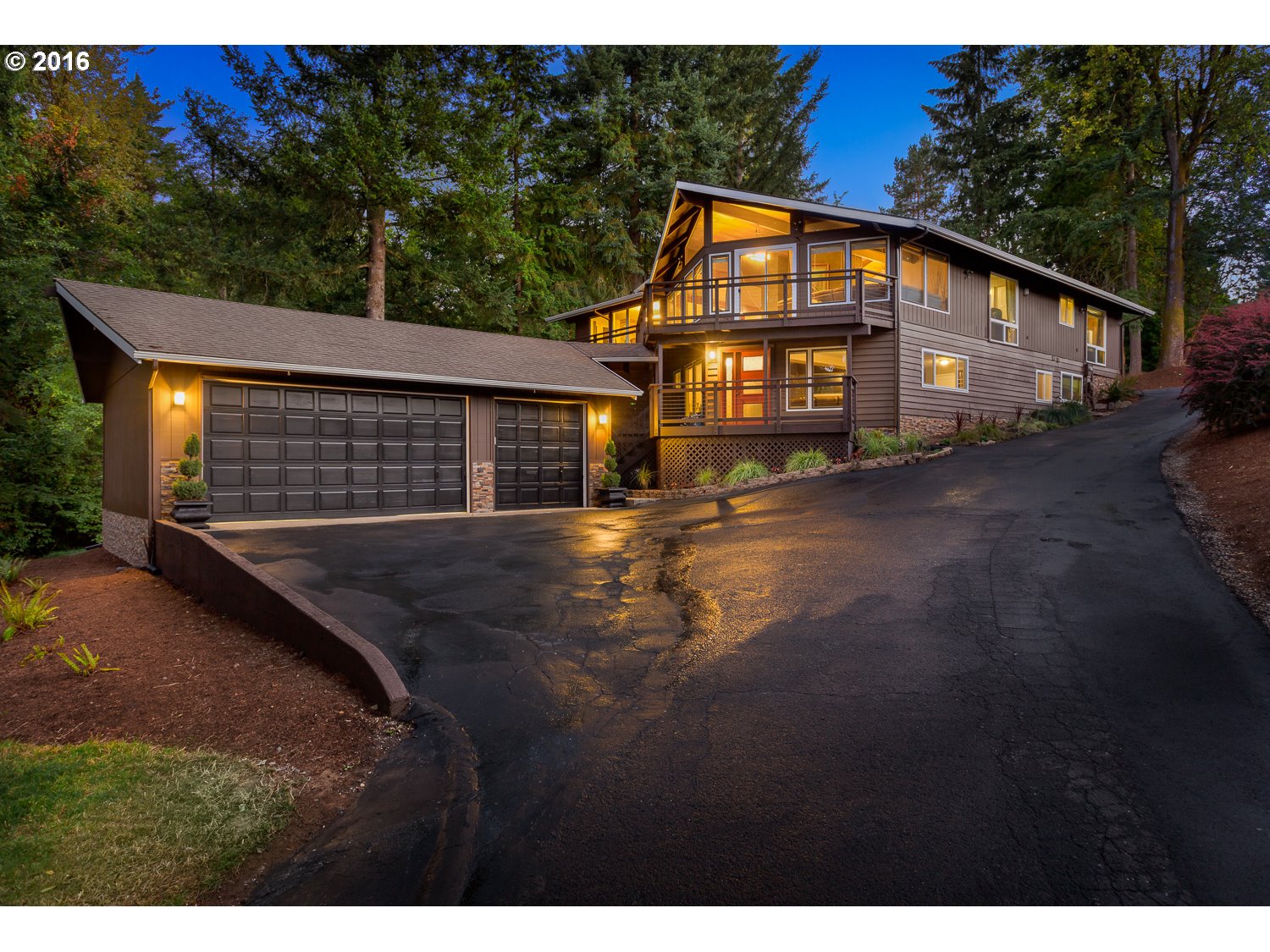
1220 9th St West Linn, OR 97068
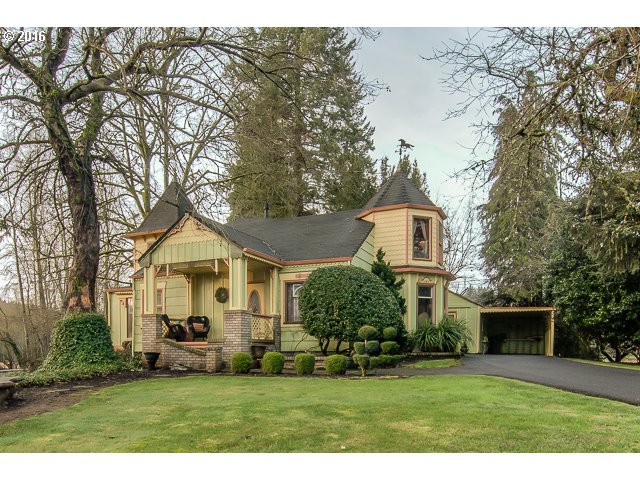
3488 Arbor Dr West Linn, OR 97068
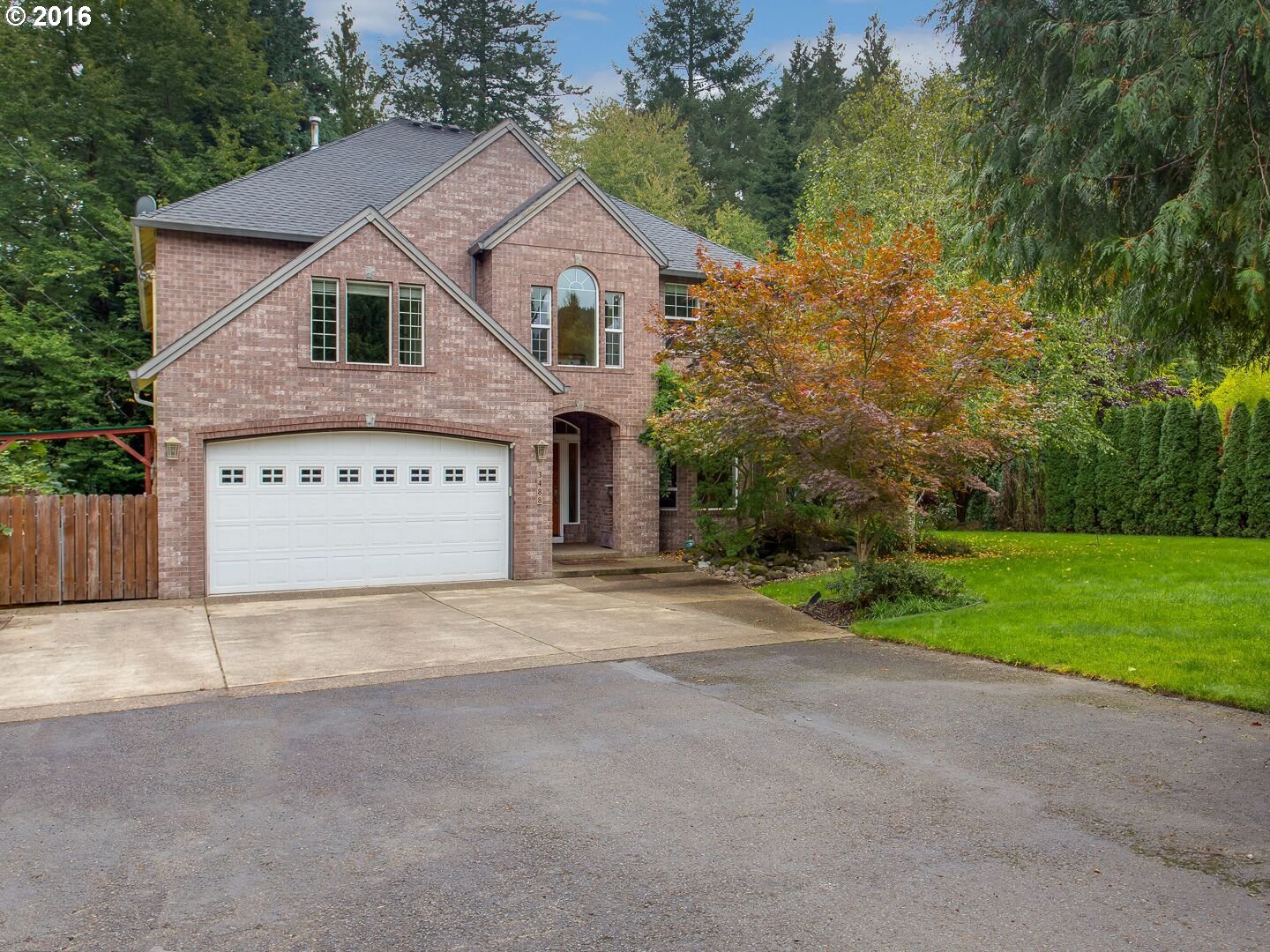
2443 Haskins Rd #lot 3 West Linn, OR 97068
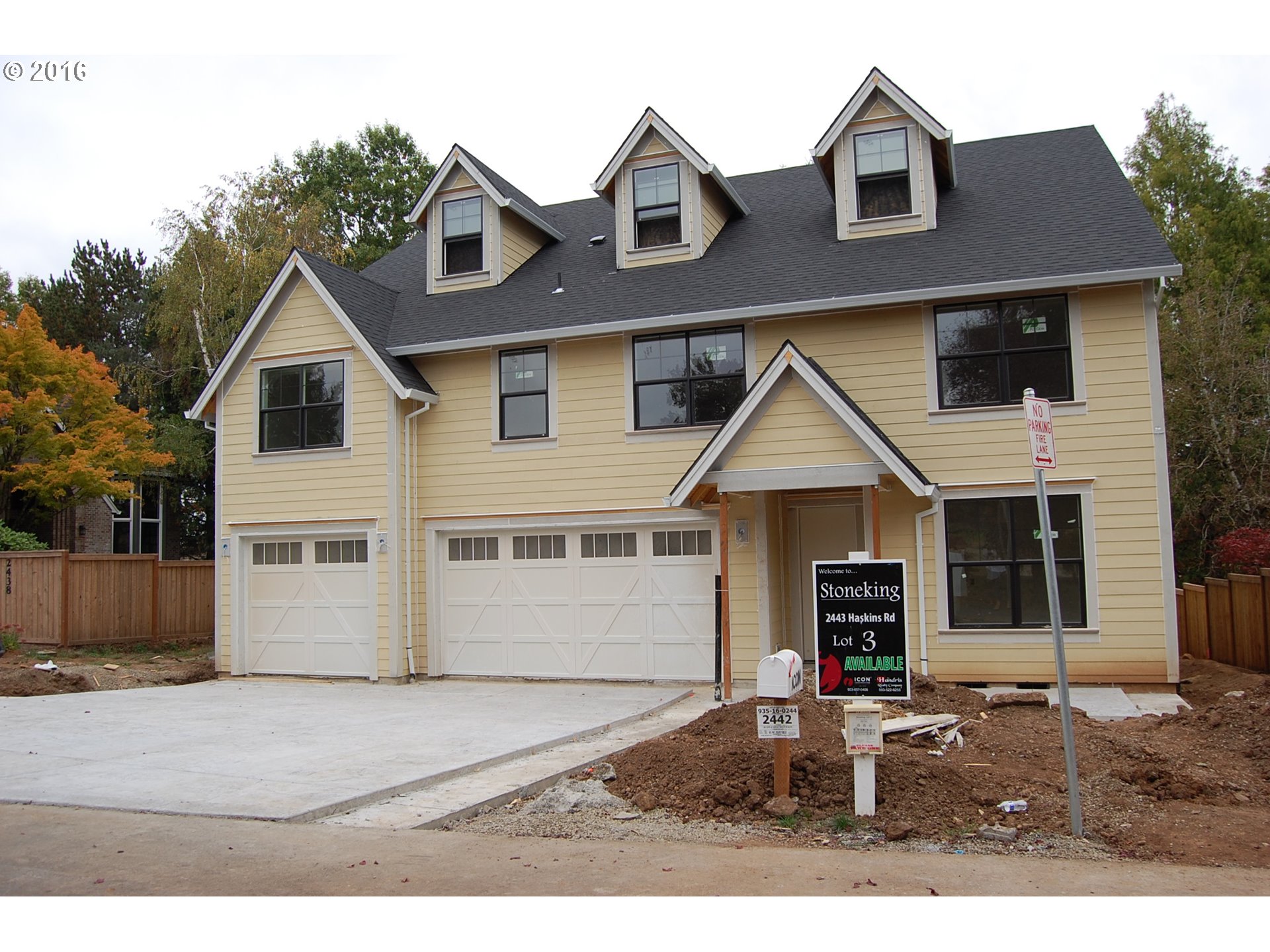
21510 Shannon Ln West Linn, OR 97068
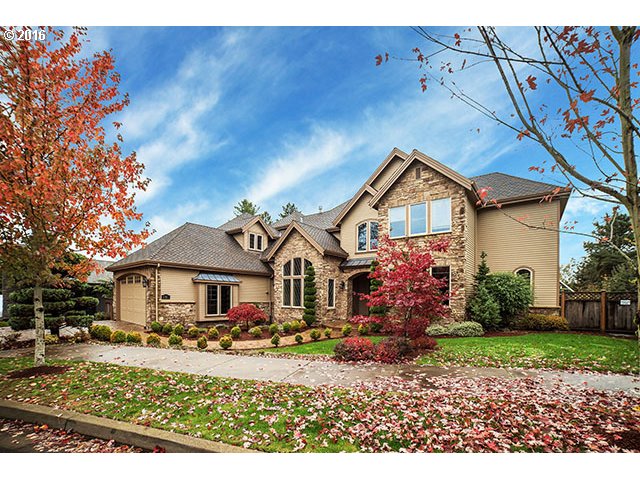
5125 Gregory Ct West Linn, OR 97068

2944 Sunbreak Ln #lot 3 West Linn, OR 97068
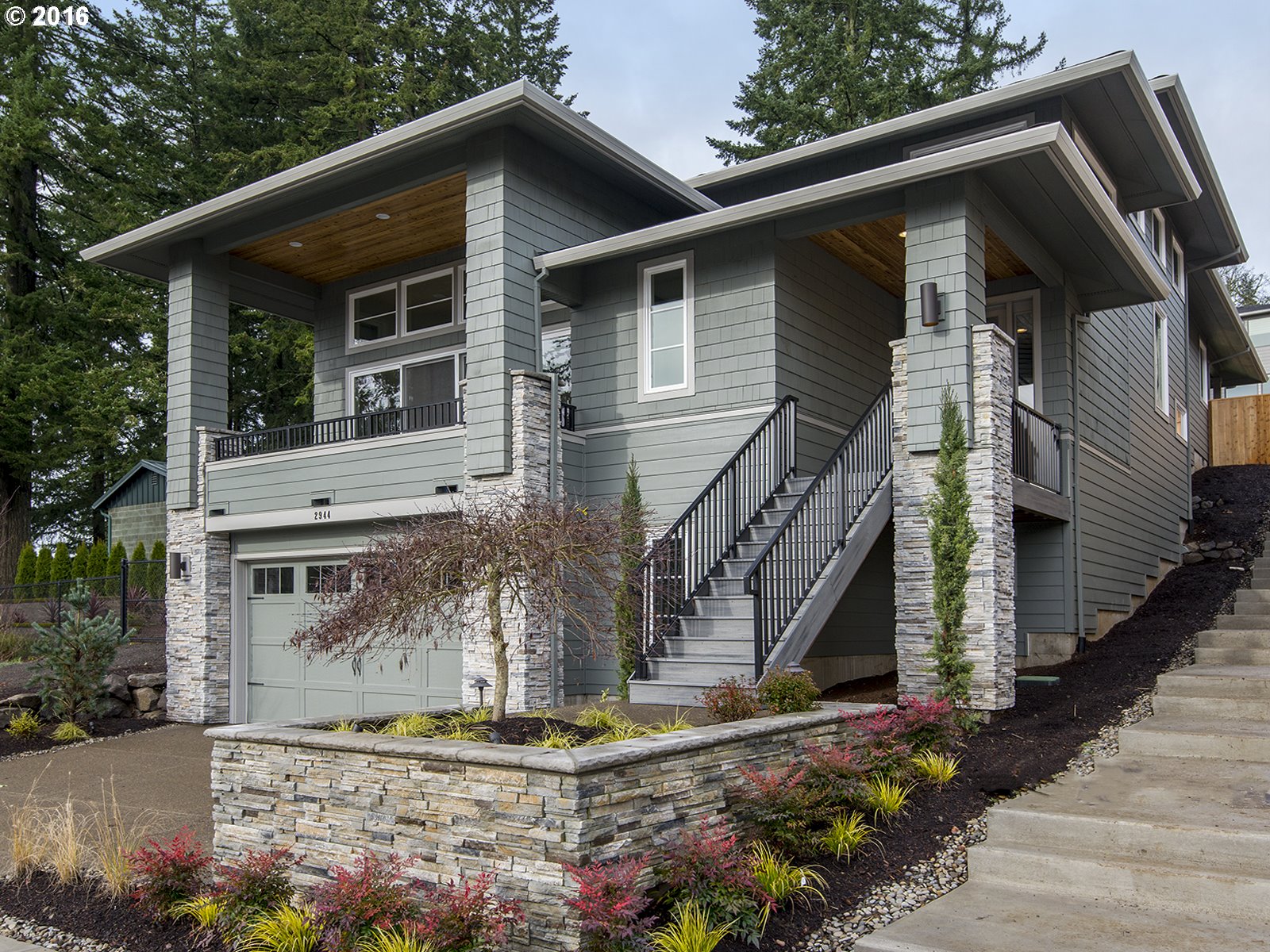
2155 Satter St West Linn, OR 97068
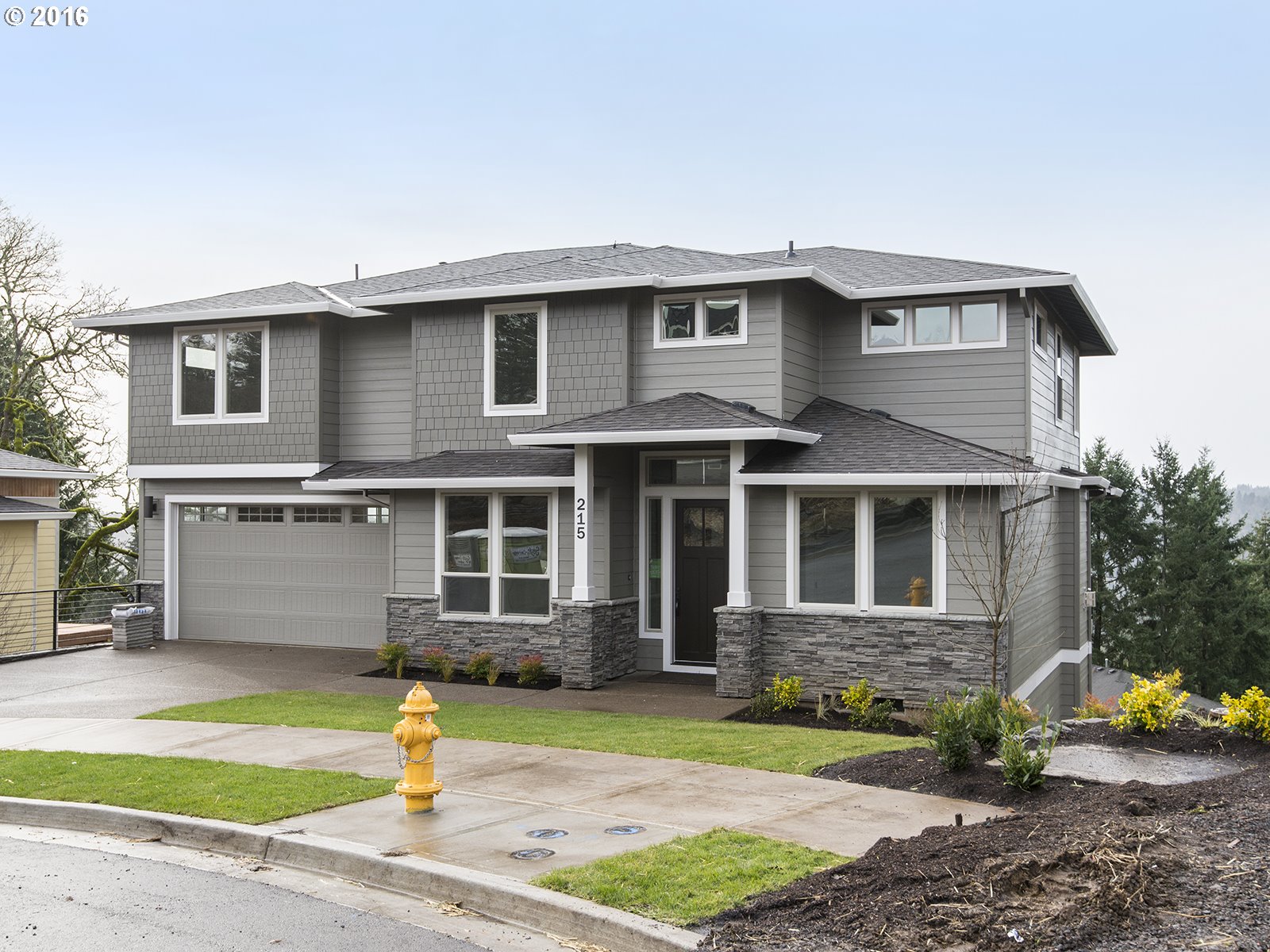
2590 Remington Dr West Linn, OR 97068
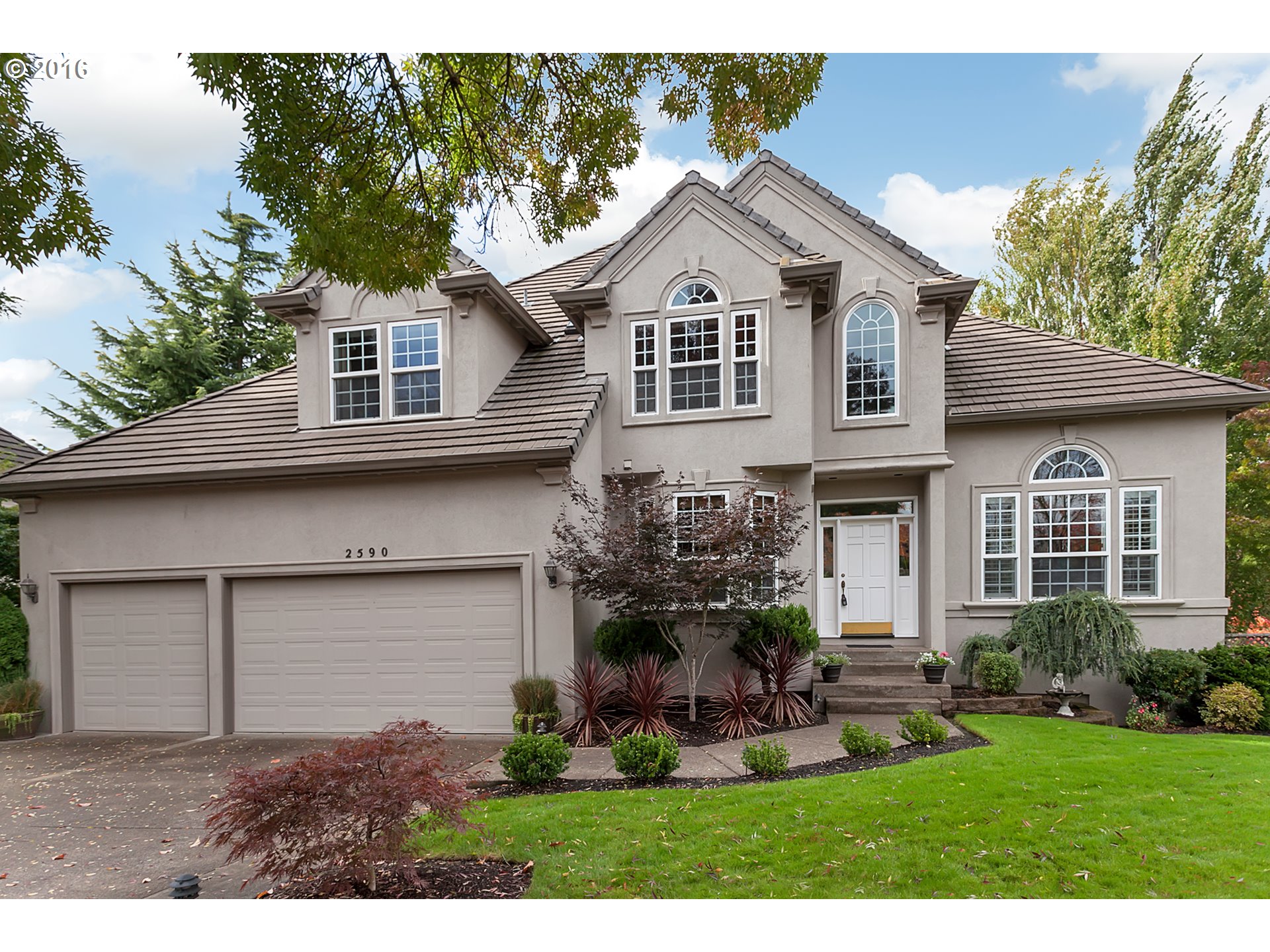
2000 Riverknoll Ct West Linn, OR 97068
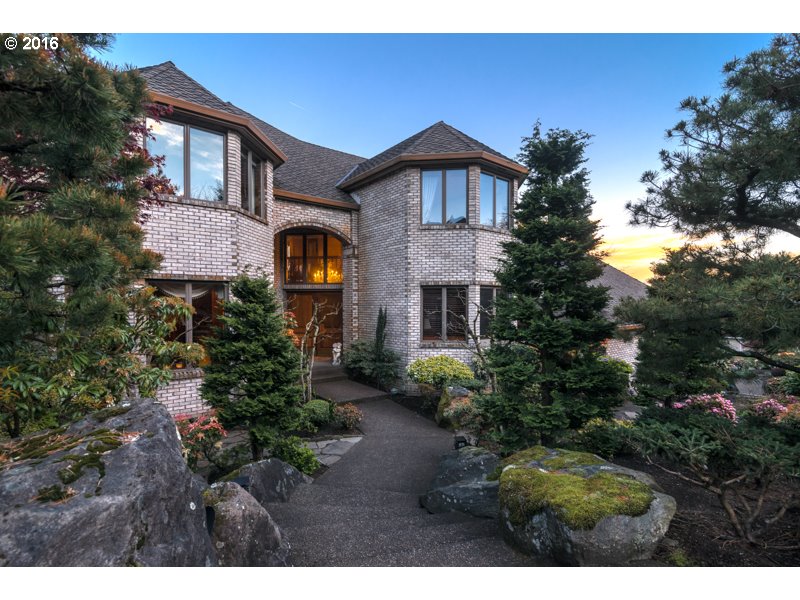
4093 Wild Rose Dr West Linn, OR 97068

1041 9th St West Linn, OR 97068
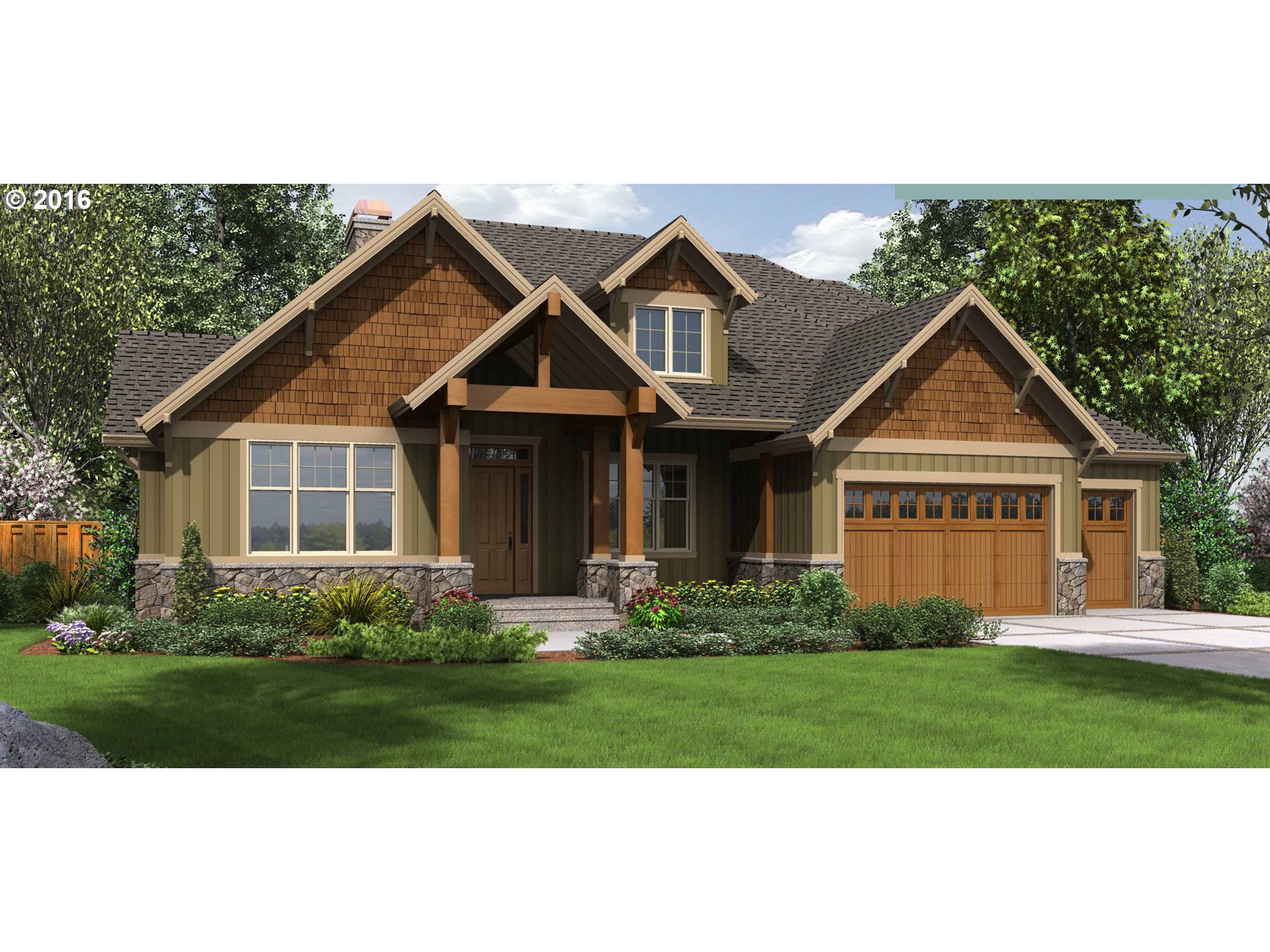
19365 Suncrest Dr West Linn, OR 97068

3097 Roxbury Dr West Linn, OR 97068
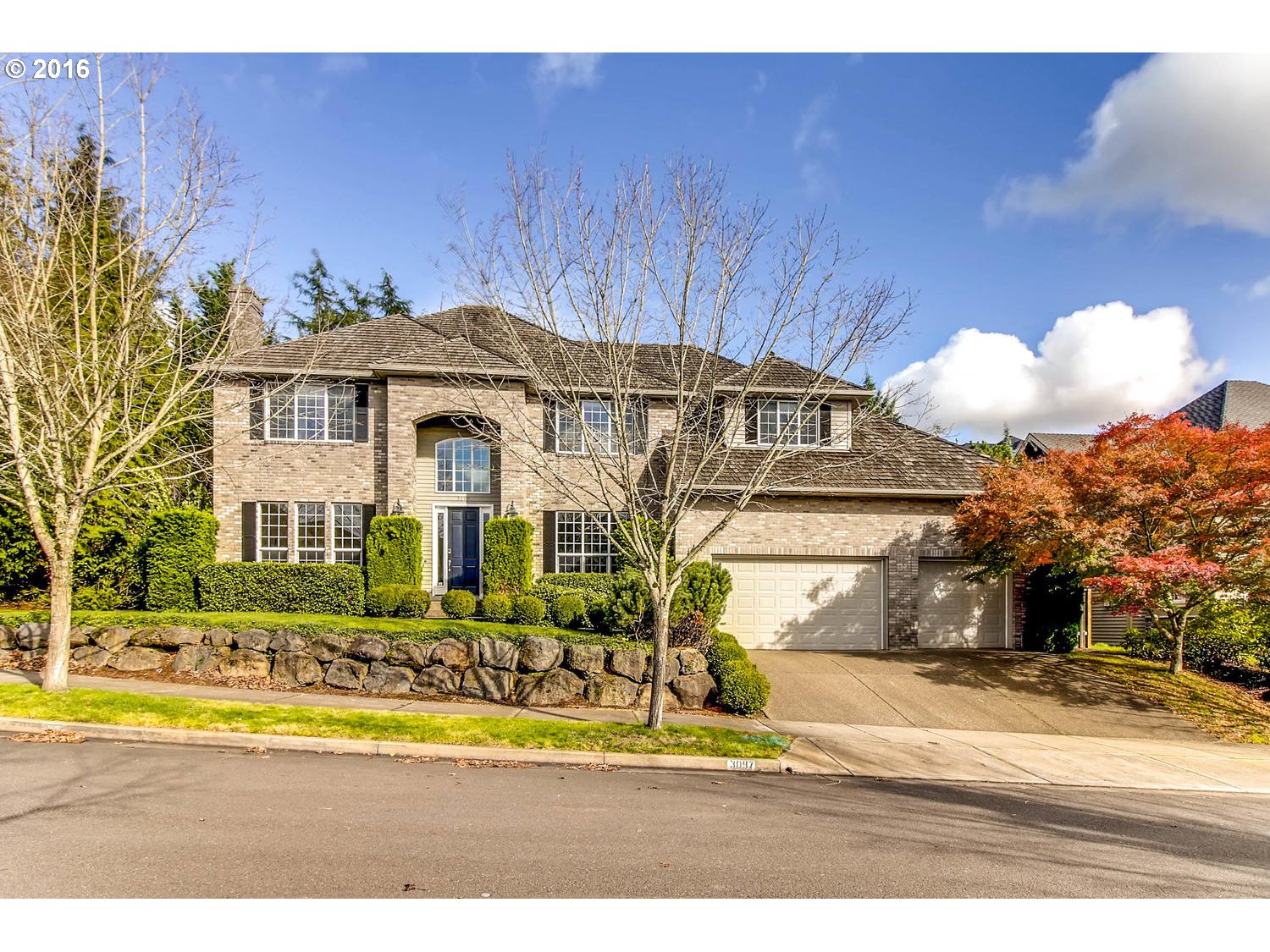
3873 Wellington Ct West Linn, OR 97068

5585 Summit St West Linn, OR 97068

2675 Beacon Hill Dr West Linn, OR 97068

2439 Tipperary Ct West Linn, OR 97068
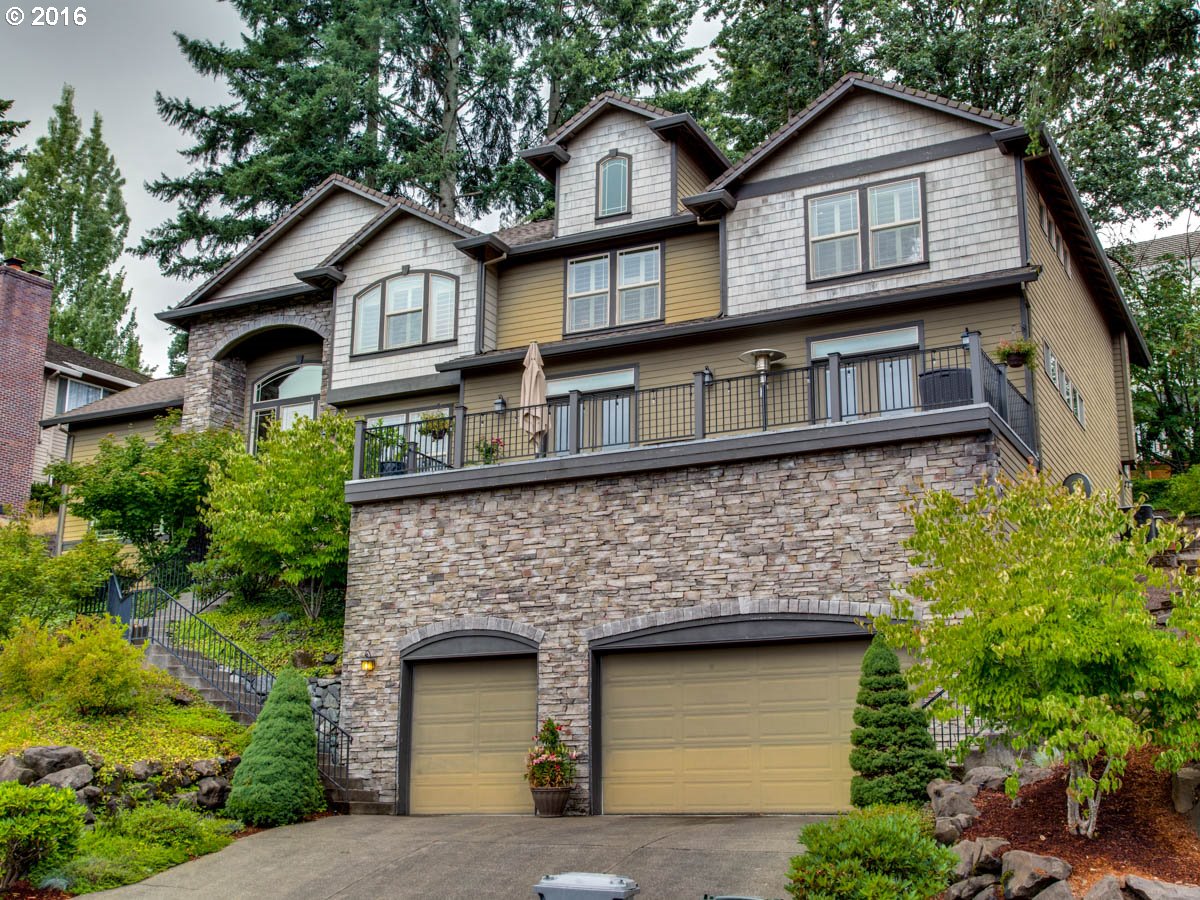
2904 Carriage Way West Linn, OR 97068
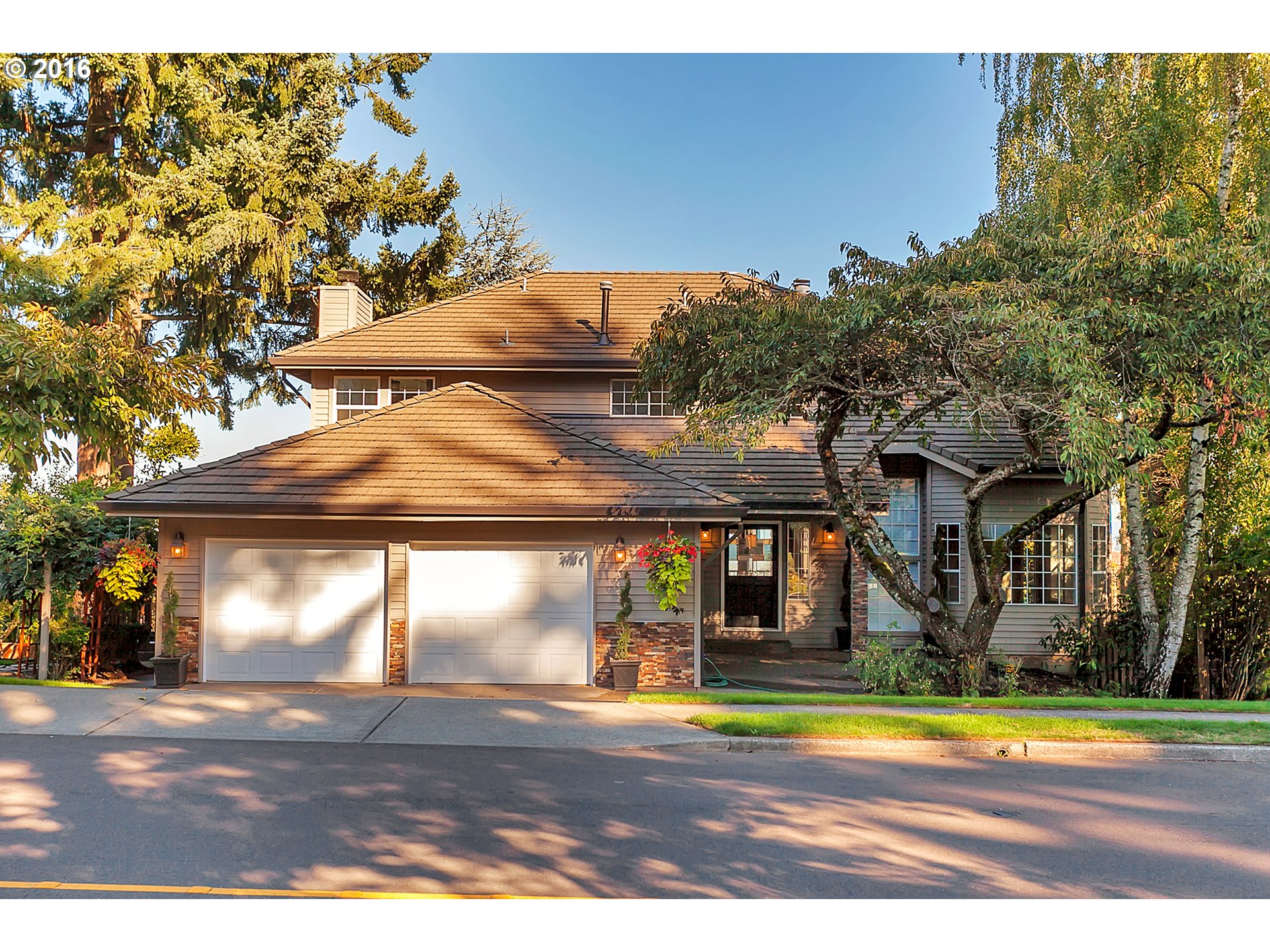
22995 Bland Cir West Linn, OR 97068
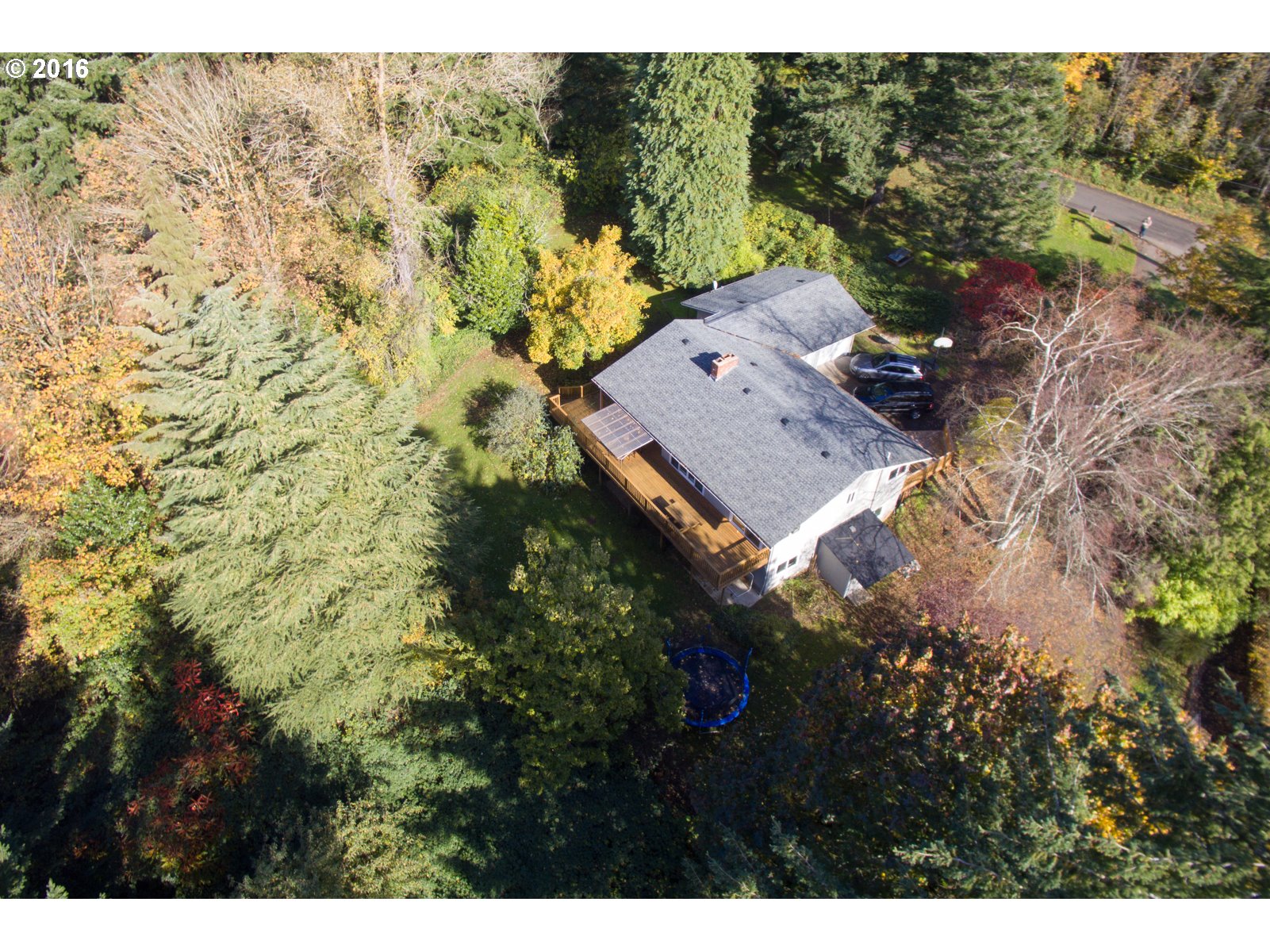
1520 Rosemont Rd West Linn, OR 97068
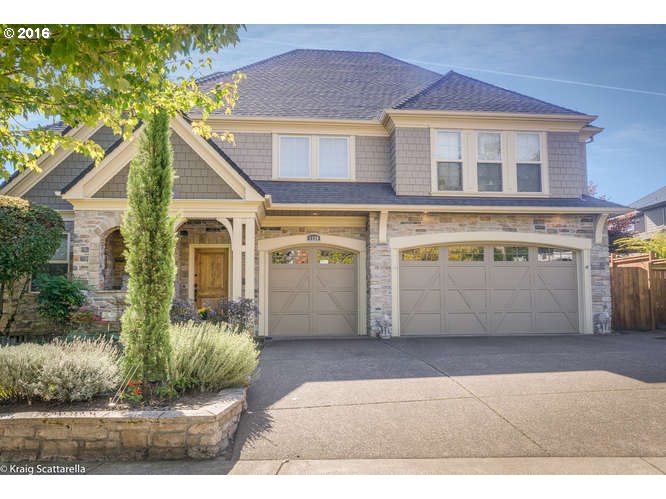
2771 Ridge Ln West Linn, OR 97068
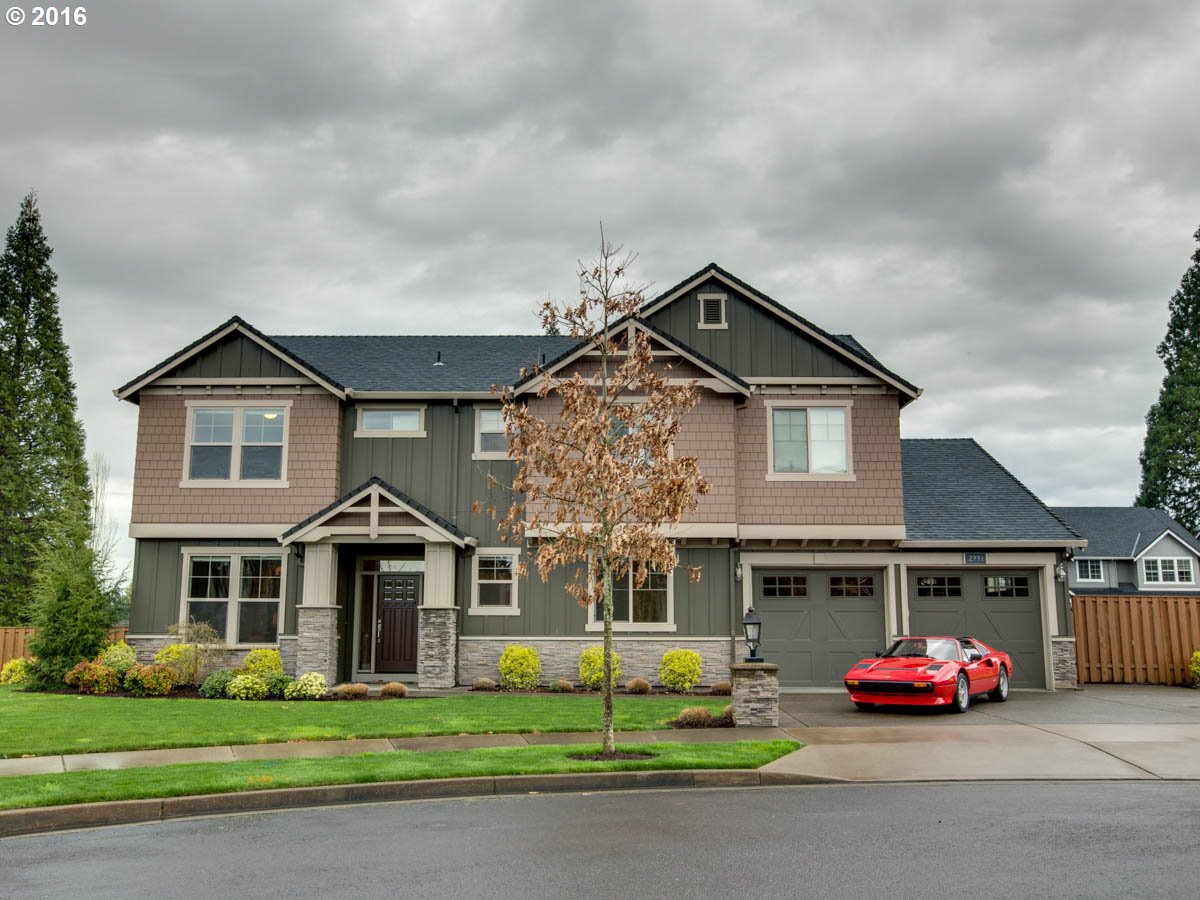
25755 Kimberly Dr West Linn, OR 97068
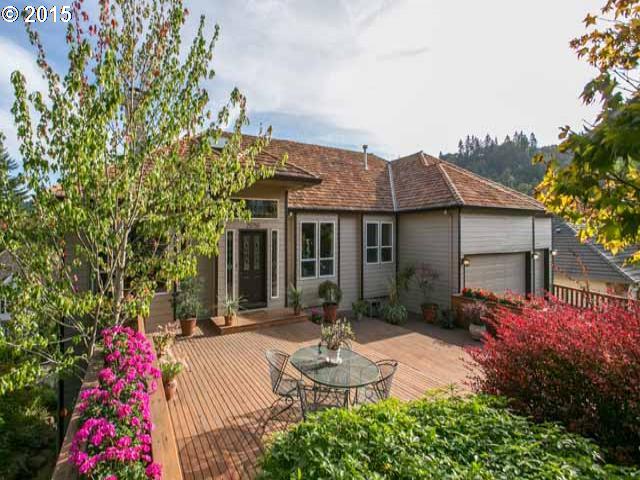
1481 Buck St #lot 1 West Linn, OR 97068
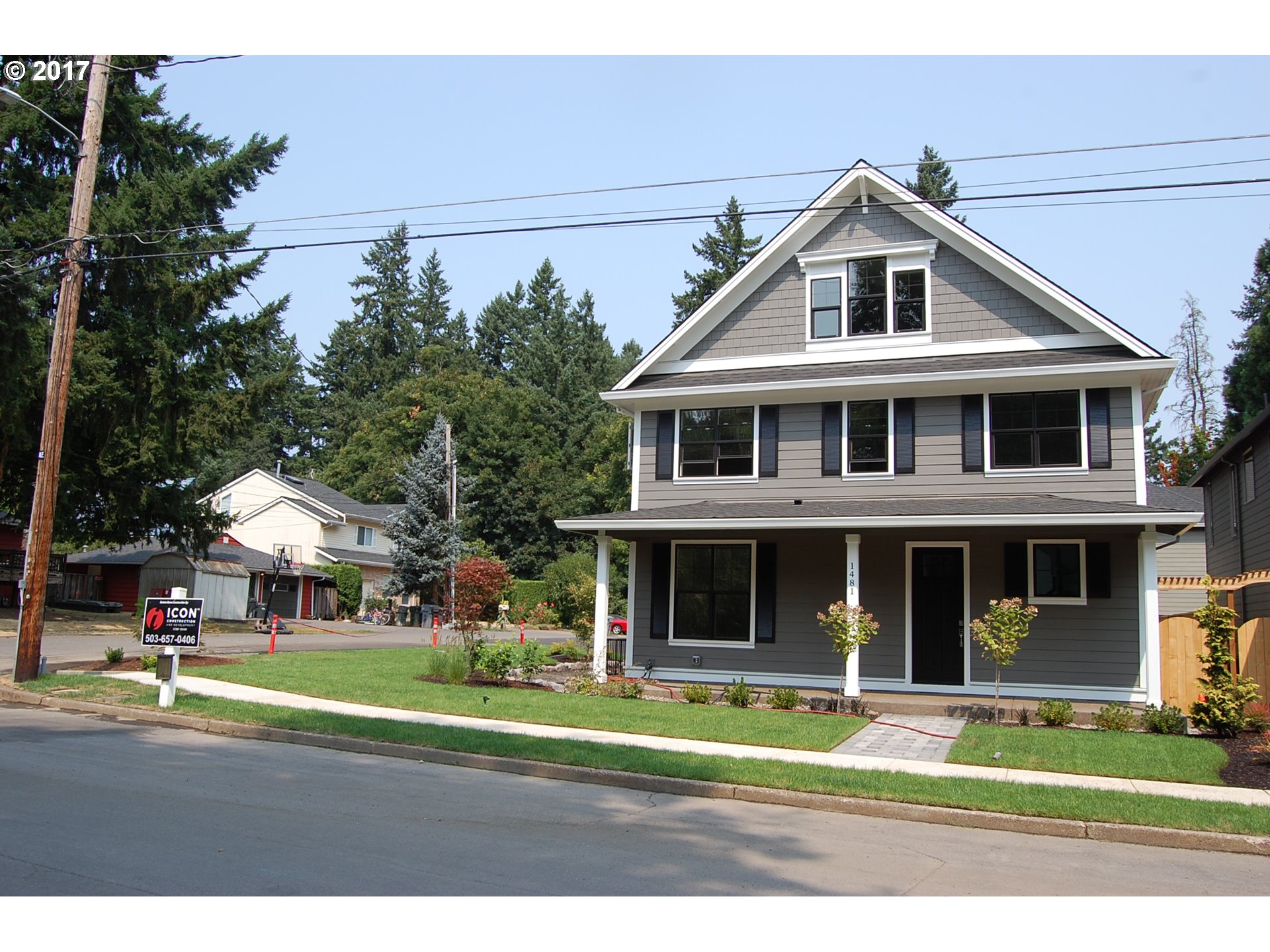
3438 Vista Ridge Dr West Linn, OR 97068
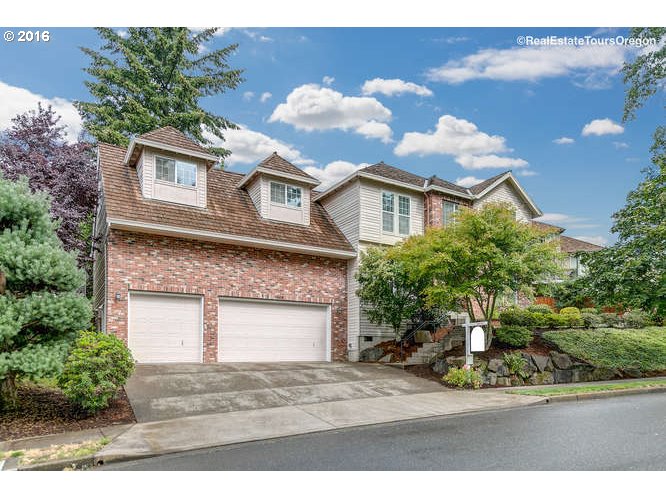
1467 Buck St #lot2 West Linn, OR 97068

21385 Park View Ter West Linn, OR 97068
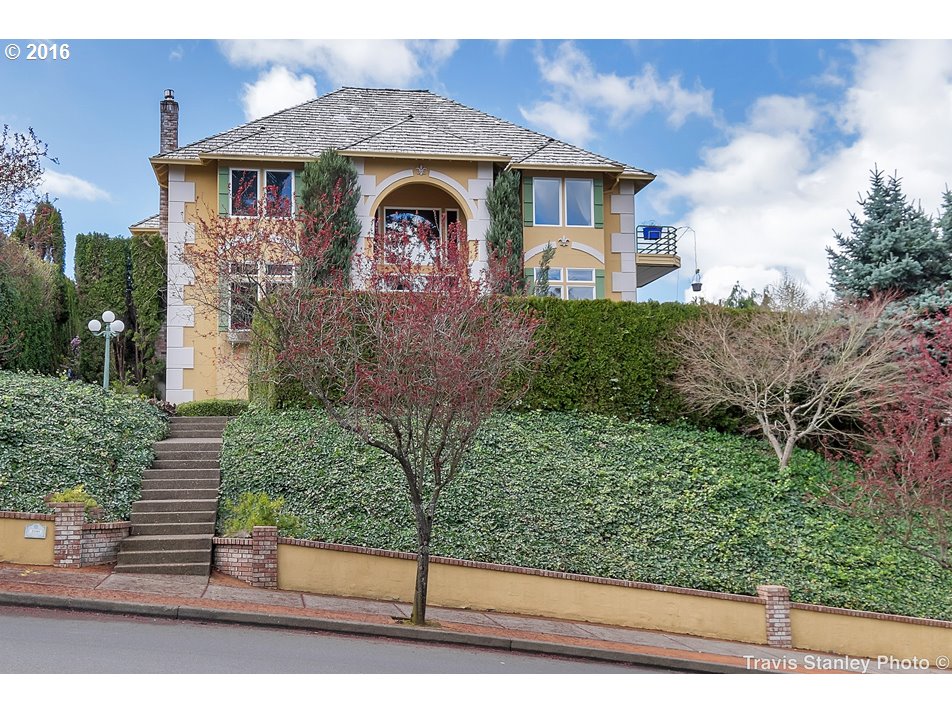
2369 Falcon Dr West Linn, OR 97068
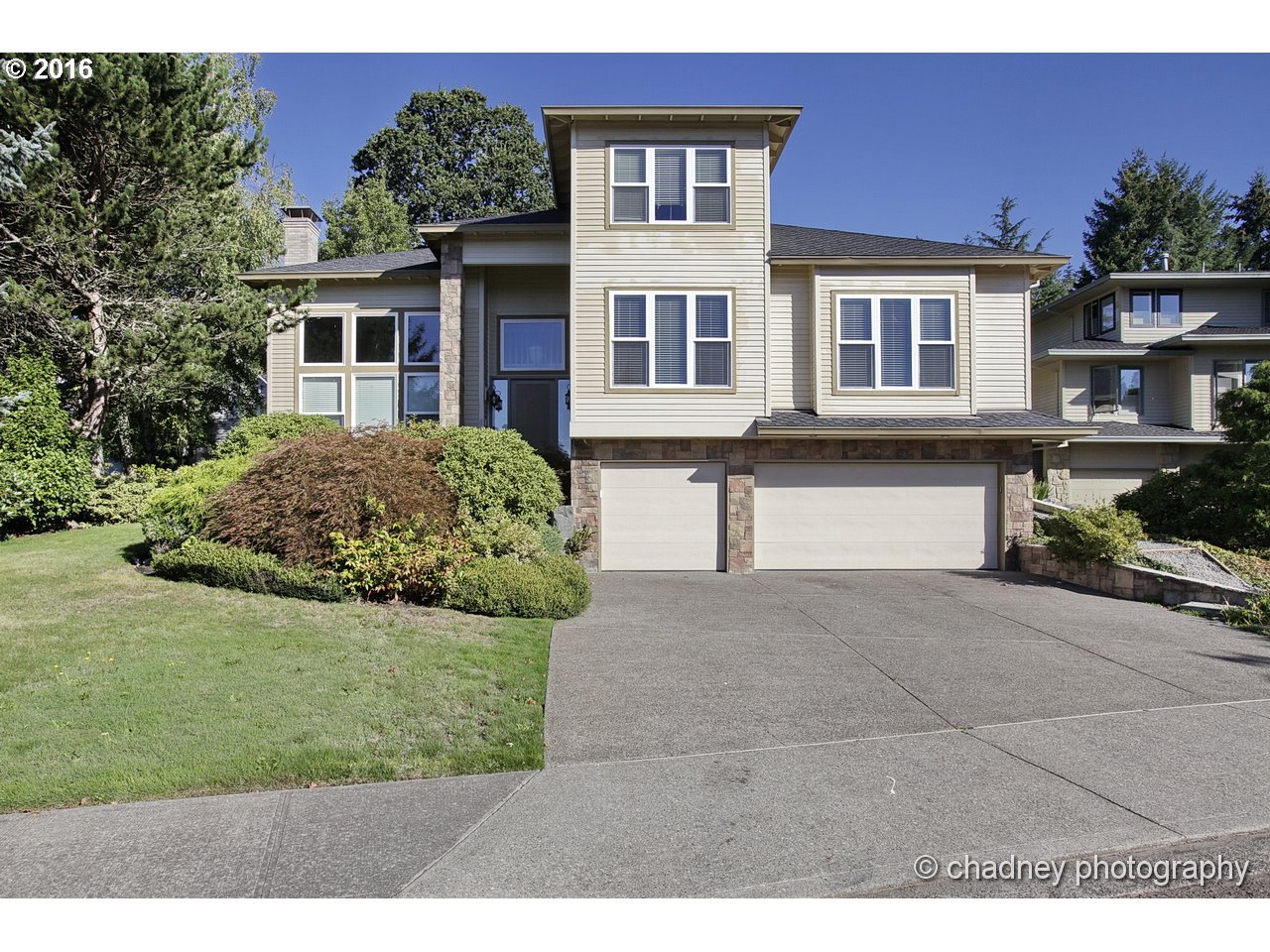
4795 Willamette Falls Dr West Linn, OR 97068

3461 Ponderosa Loop West Linn, OR 97068
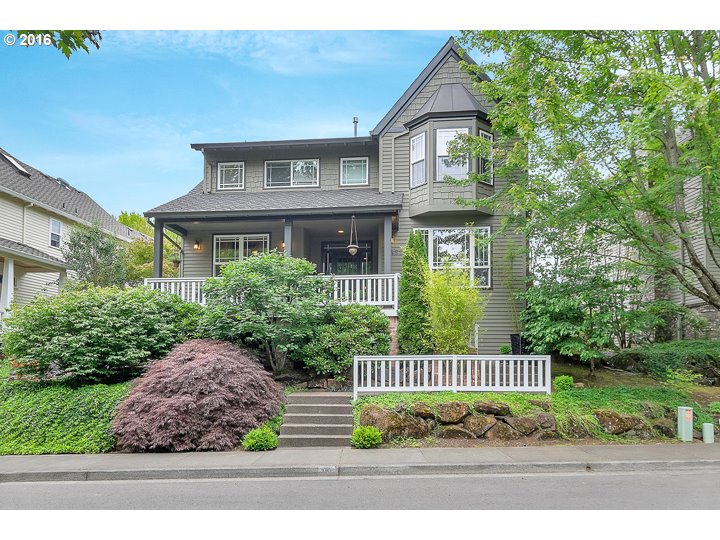
2311 Jolie Pointe Rd West Linn, OR 97068
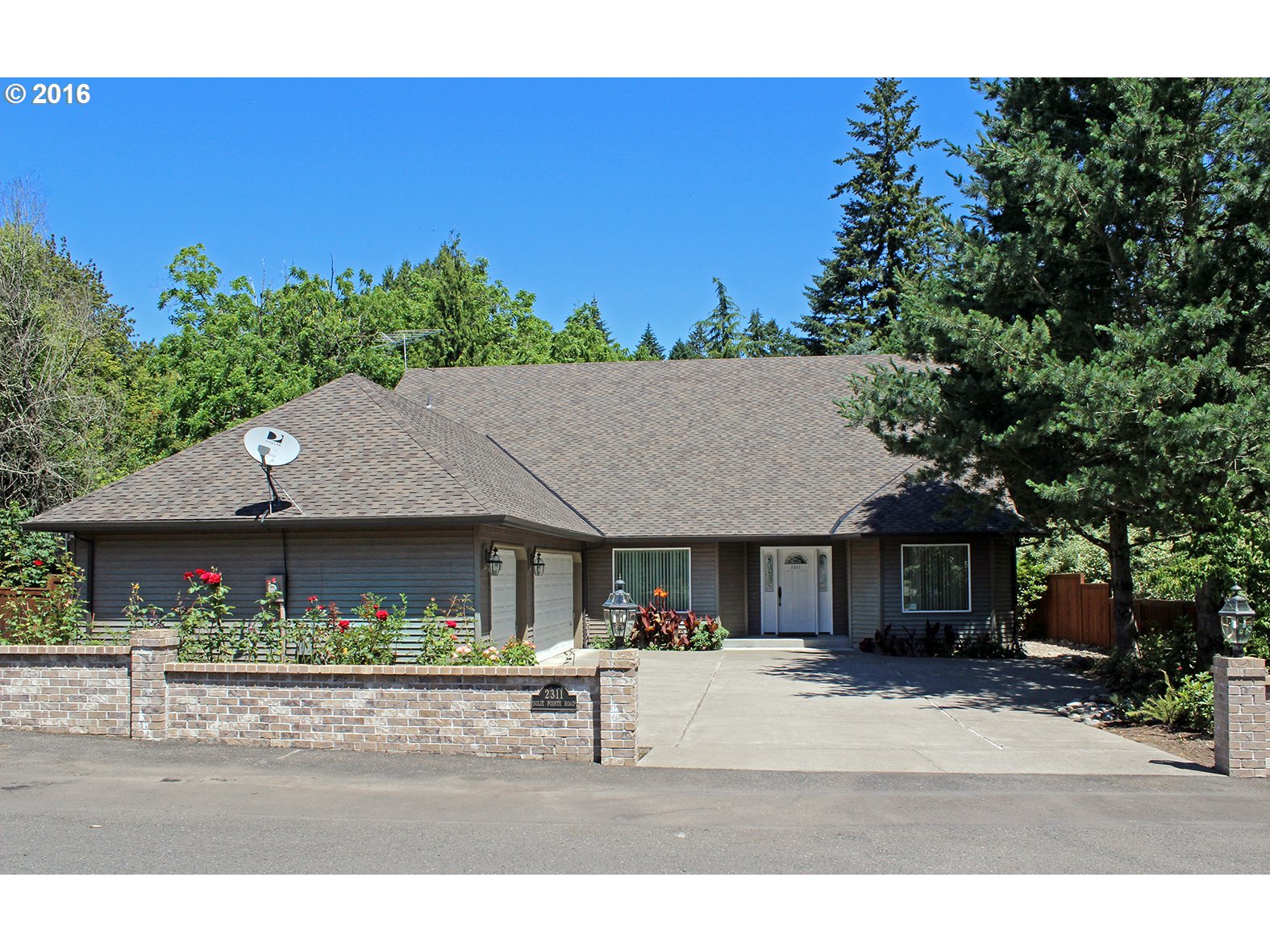
3051 Kensington Ct West Linn, OR 97068
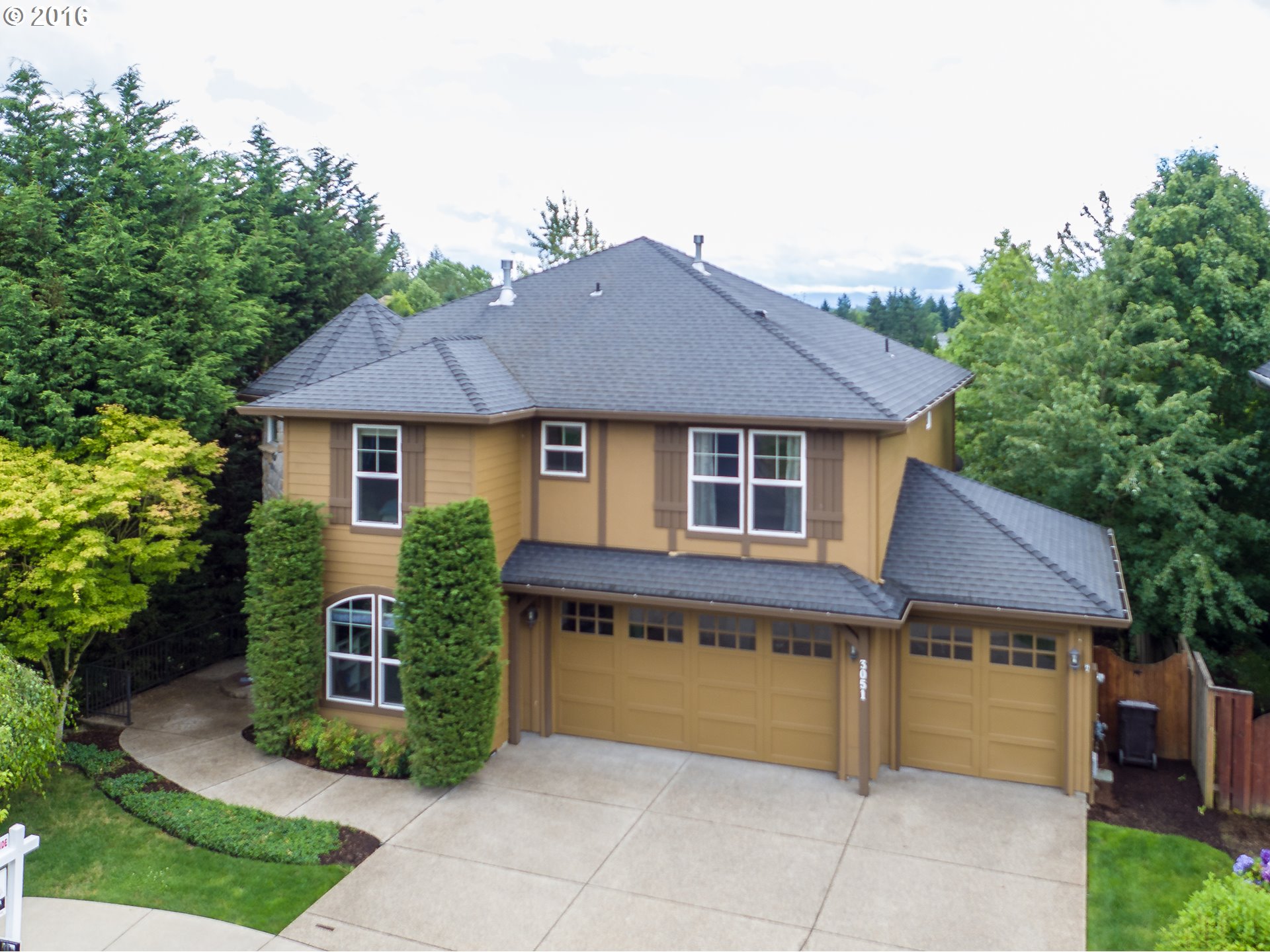
1390 Skye Ct West Linn, OR 97068
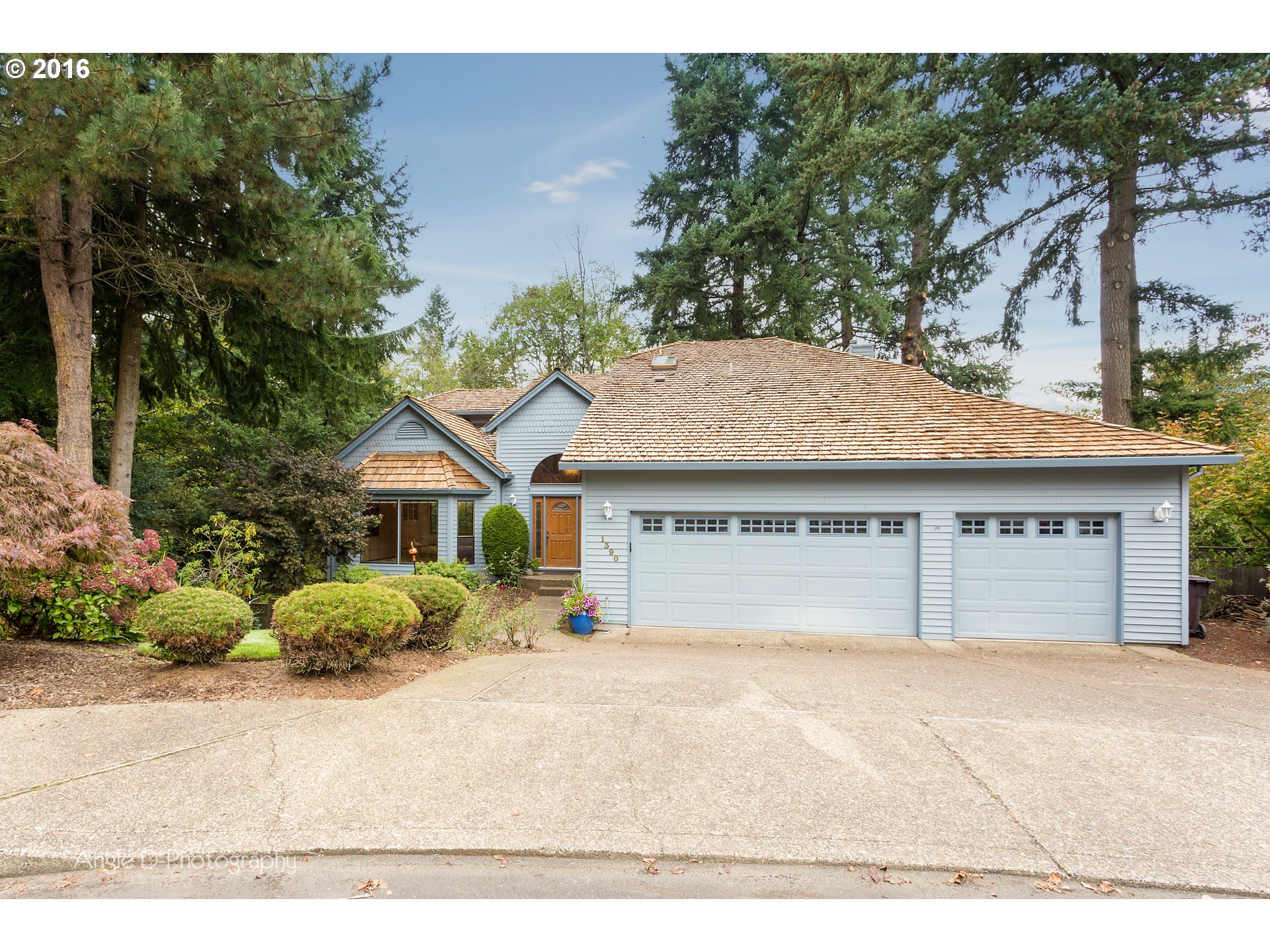
31495 Sw Isle Way Ln West Linn, OR 97068
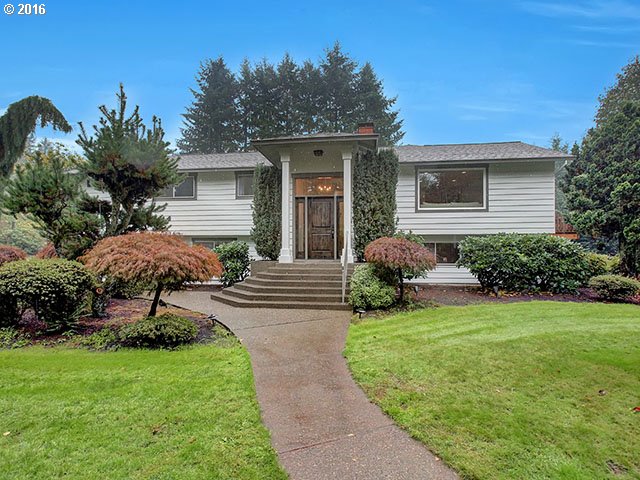
2140 Alpine Dr West Linn, OR 97068
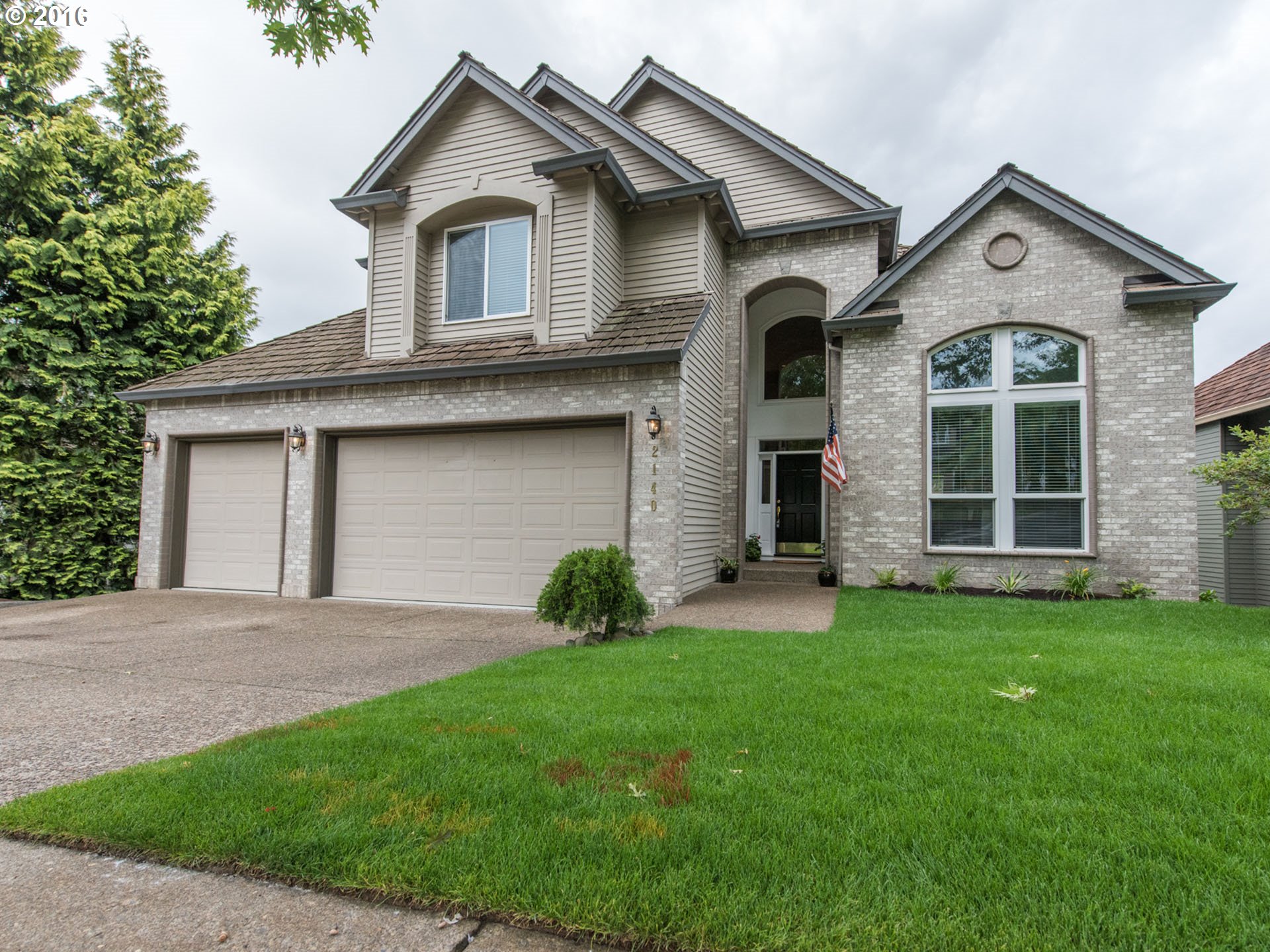
2120 Alpine Dr West Linn, OR 97068
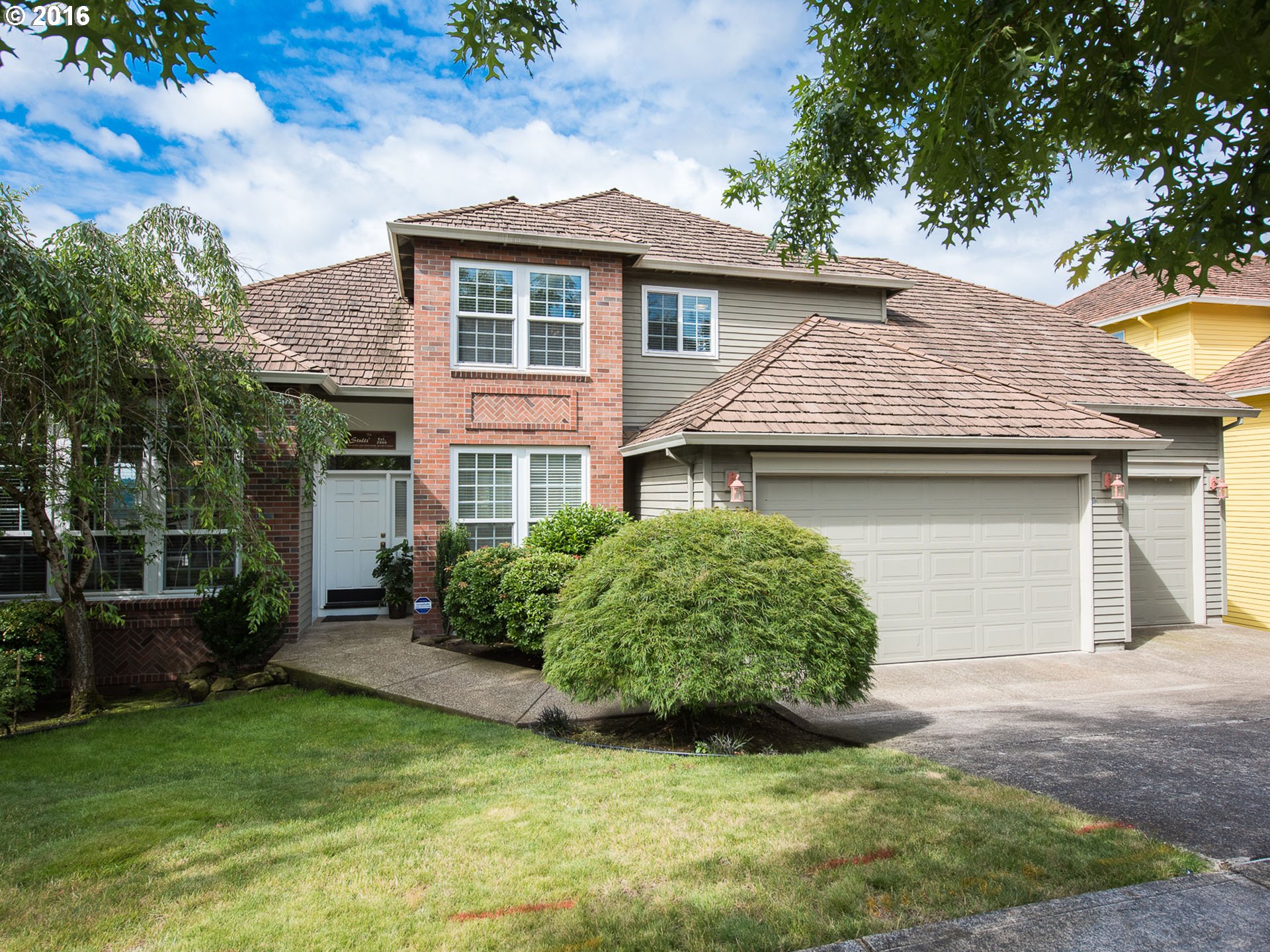
1940 Hall St West Linn, OR 97068
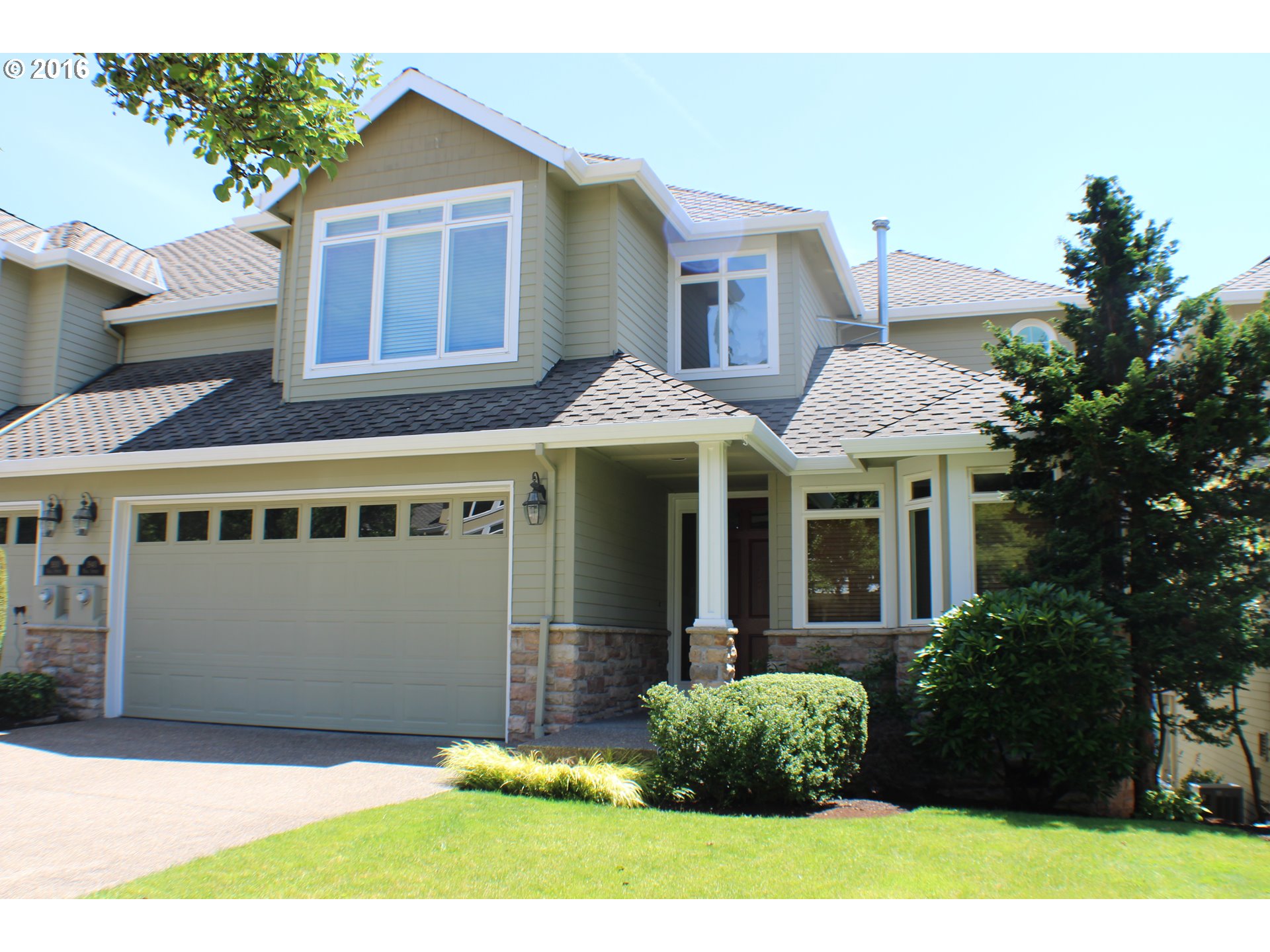
1850 Carriage Way West Linn, OR 97068
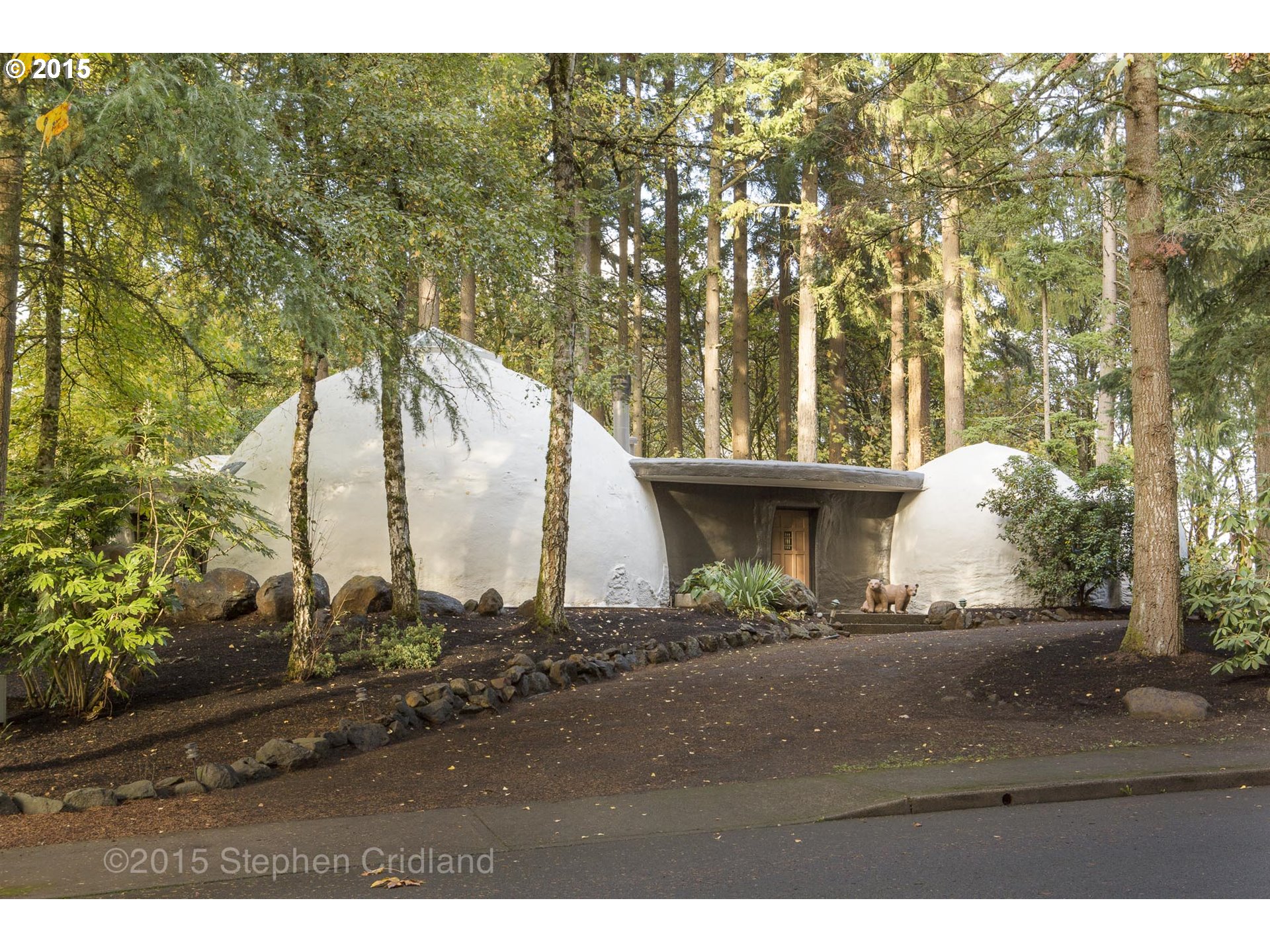
1640 Carriage Way West Linn, OR 97068
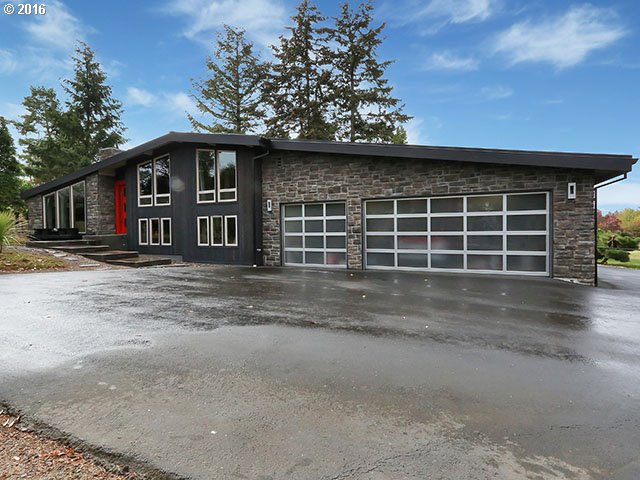
3087 Kensington Ct West Linn, OR 97068

1125 Sw Borland Rd West Linn, OR 97068

2205 Brandon Pl West Linn, OR 97068
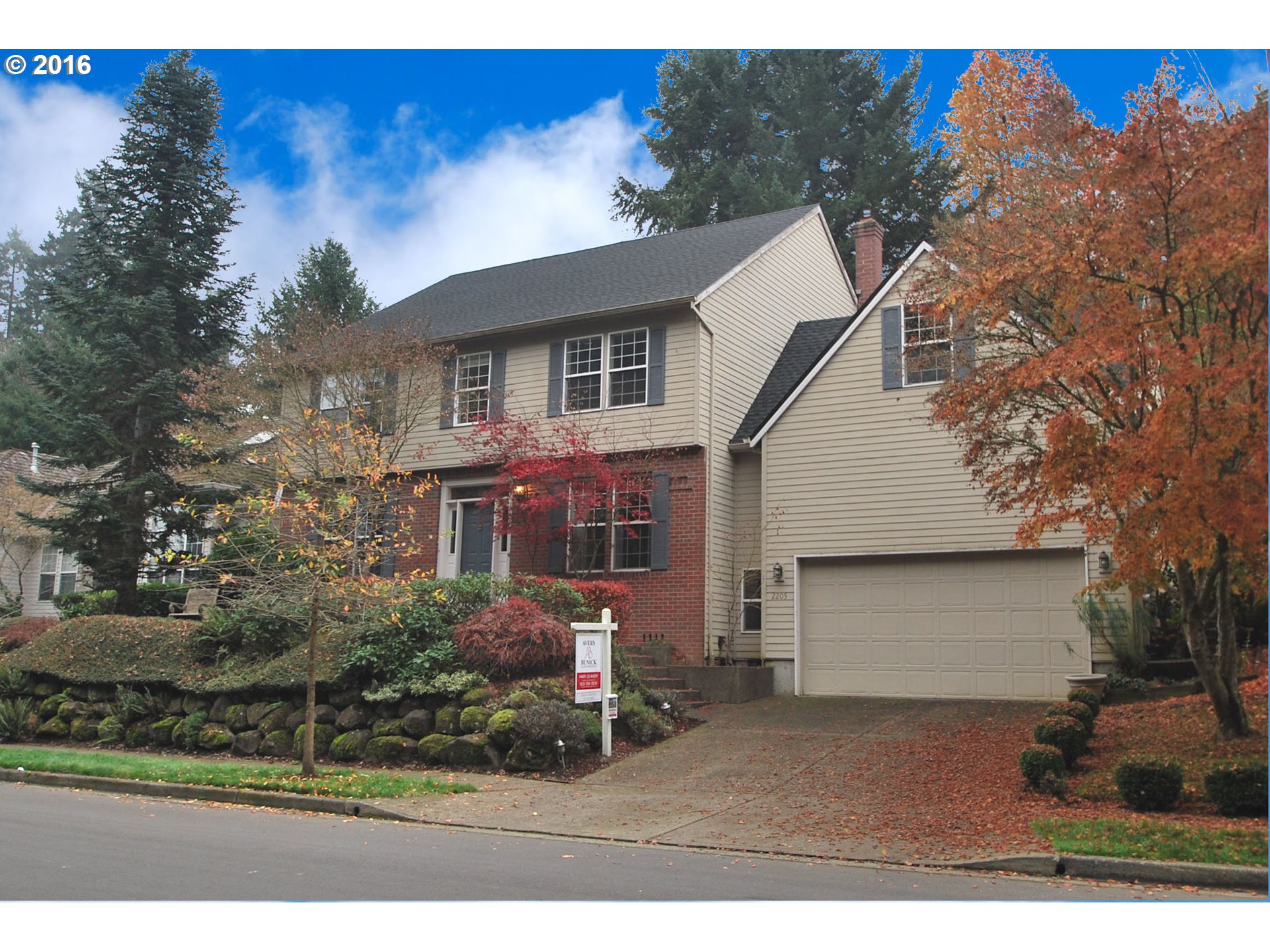
1920 Hall St West Linn, OR 97068
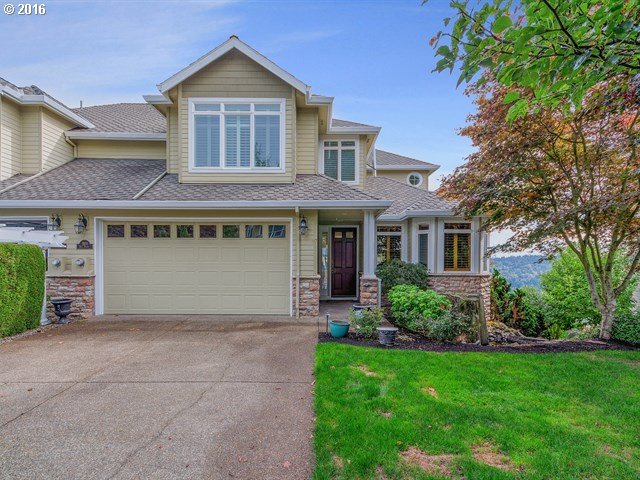
2095 Wellington Dr West Linn, OR 97068

18560 Nixon Ave West Linn, OR 97068
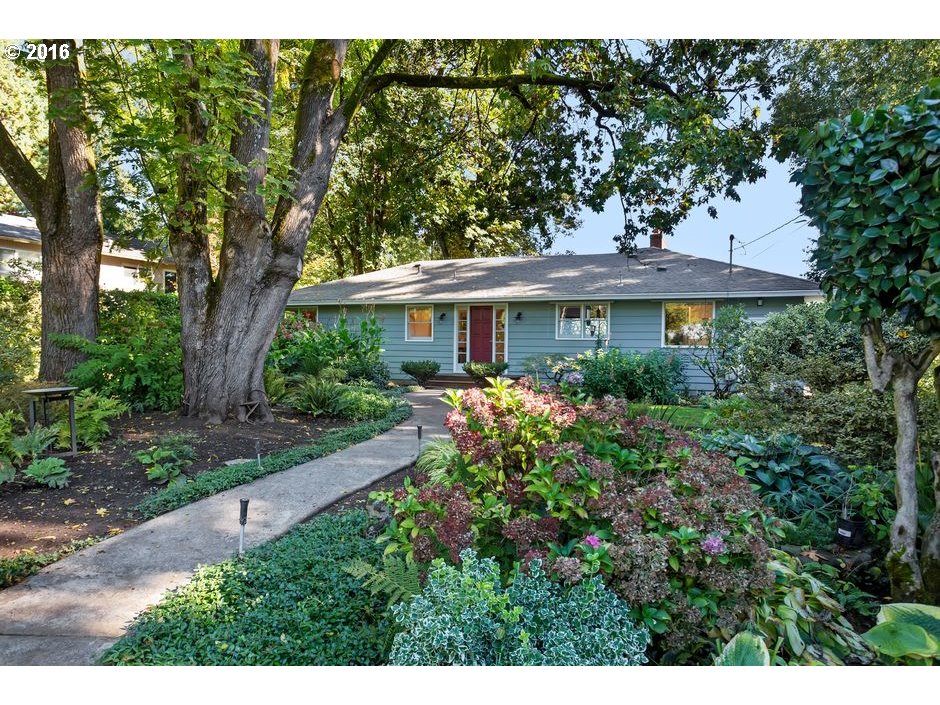
6025 Skyline Dr West Linn, OR 97068
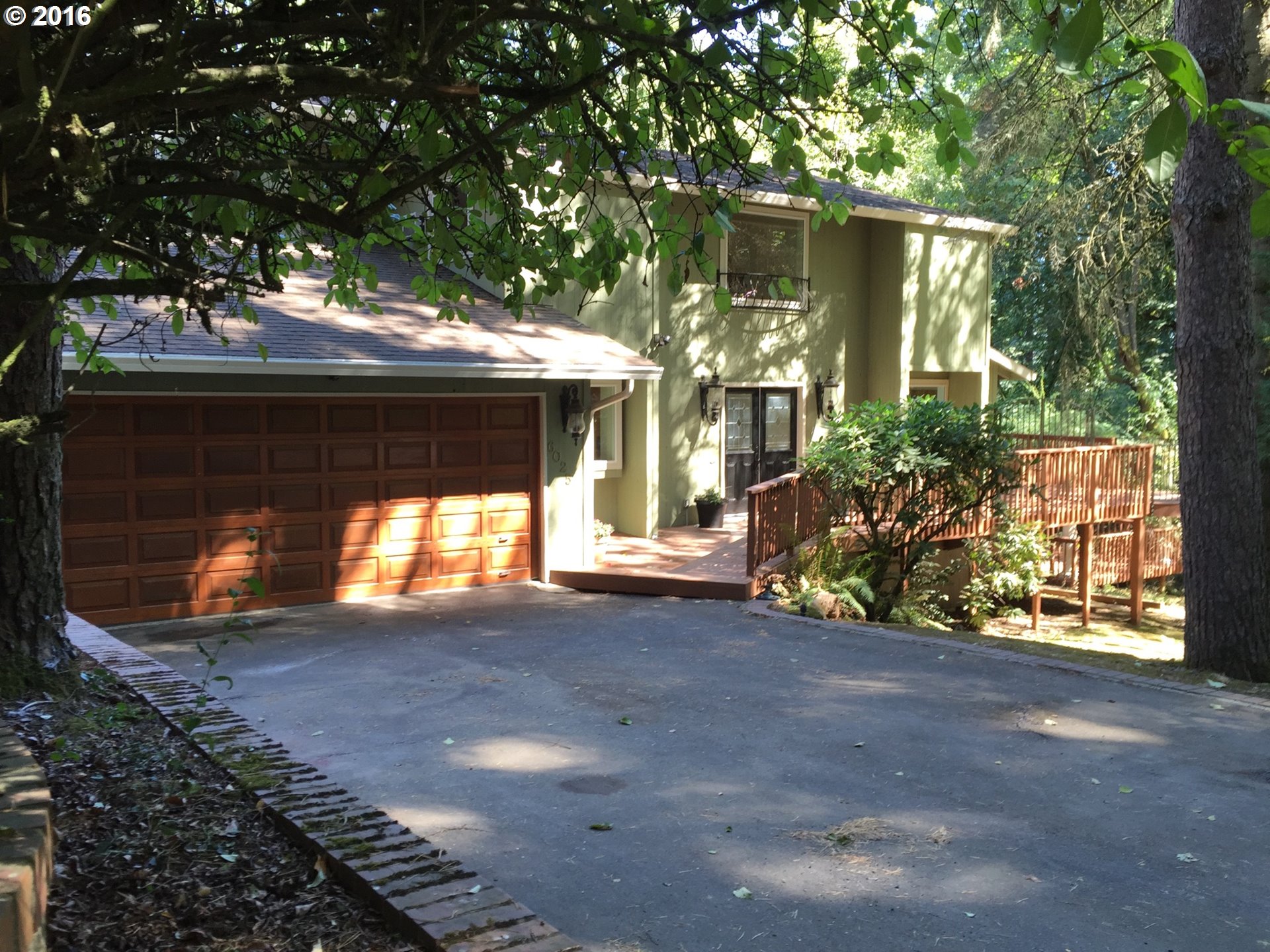
4539 Damon Dr West Linn, OR 97068

2190 Crestview Dr West Linn, OR 97068
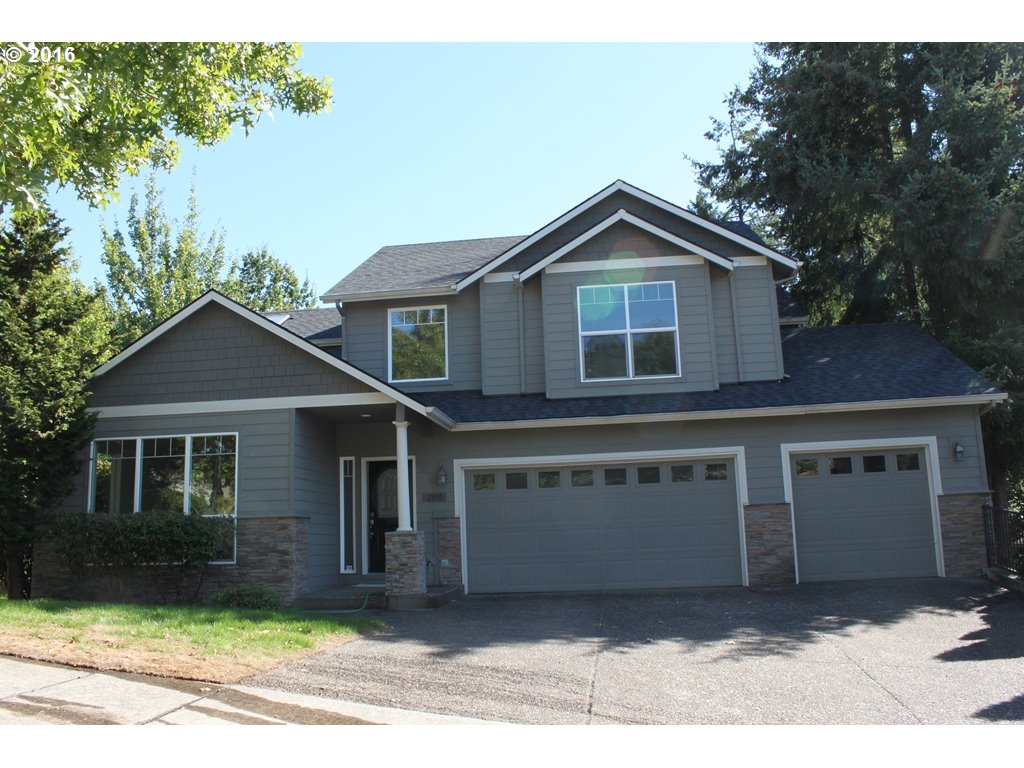
19735 Wildwood Dr West Linn, OR 97068
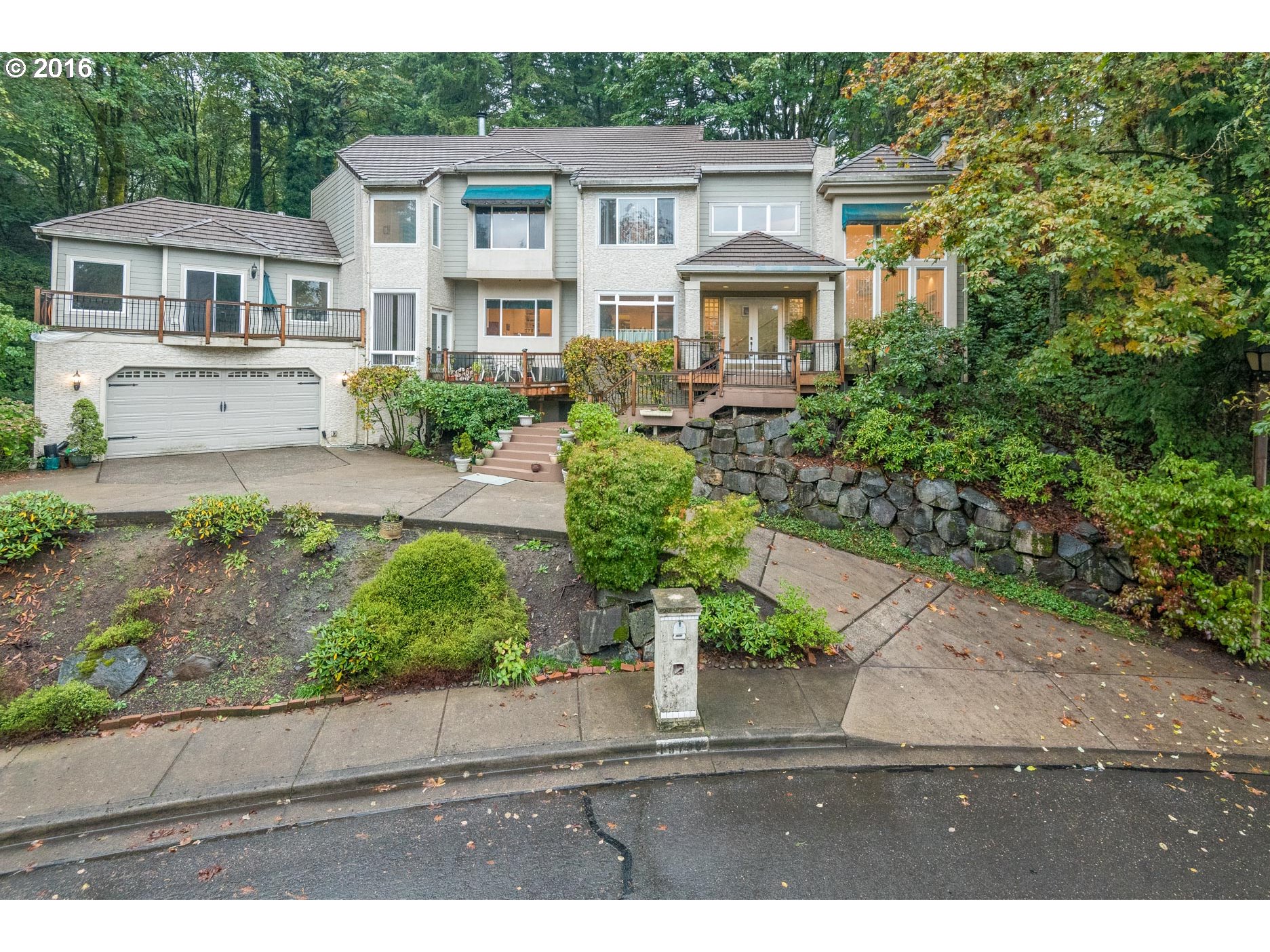
31666 Sw Isle Way Ln West Linn, OR 97068
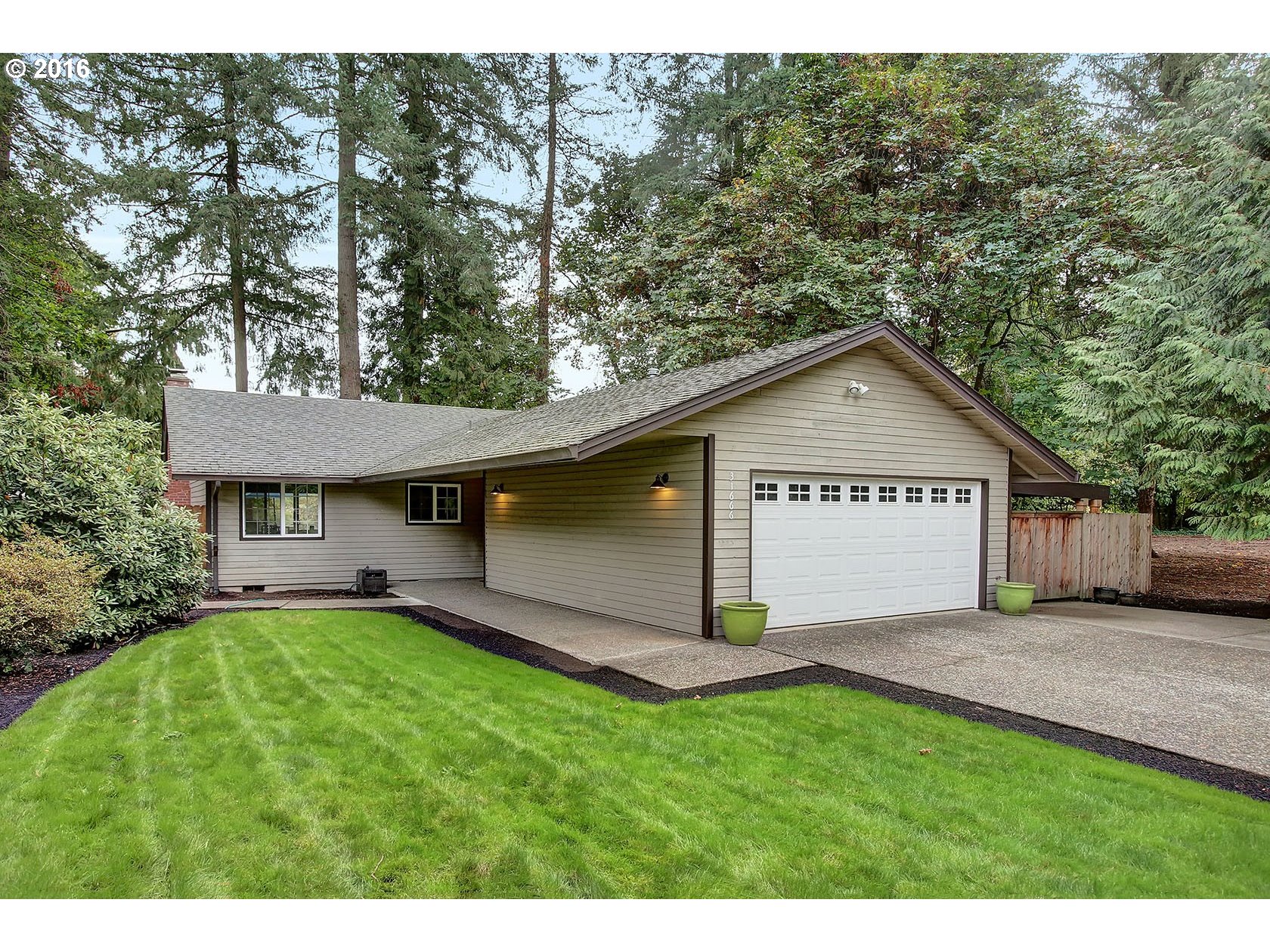
5321 Windsor Ter West Linn, OR 97068

2610 Coeur D Alene Dr West Linn, OR 97068
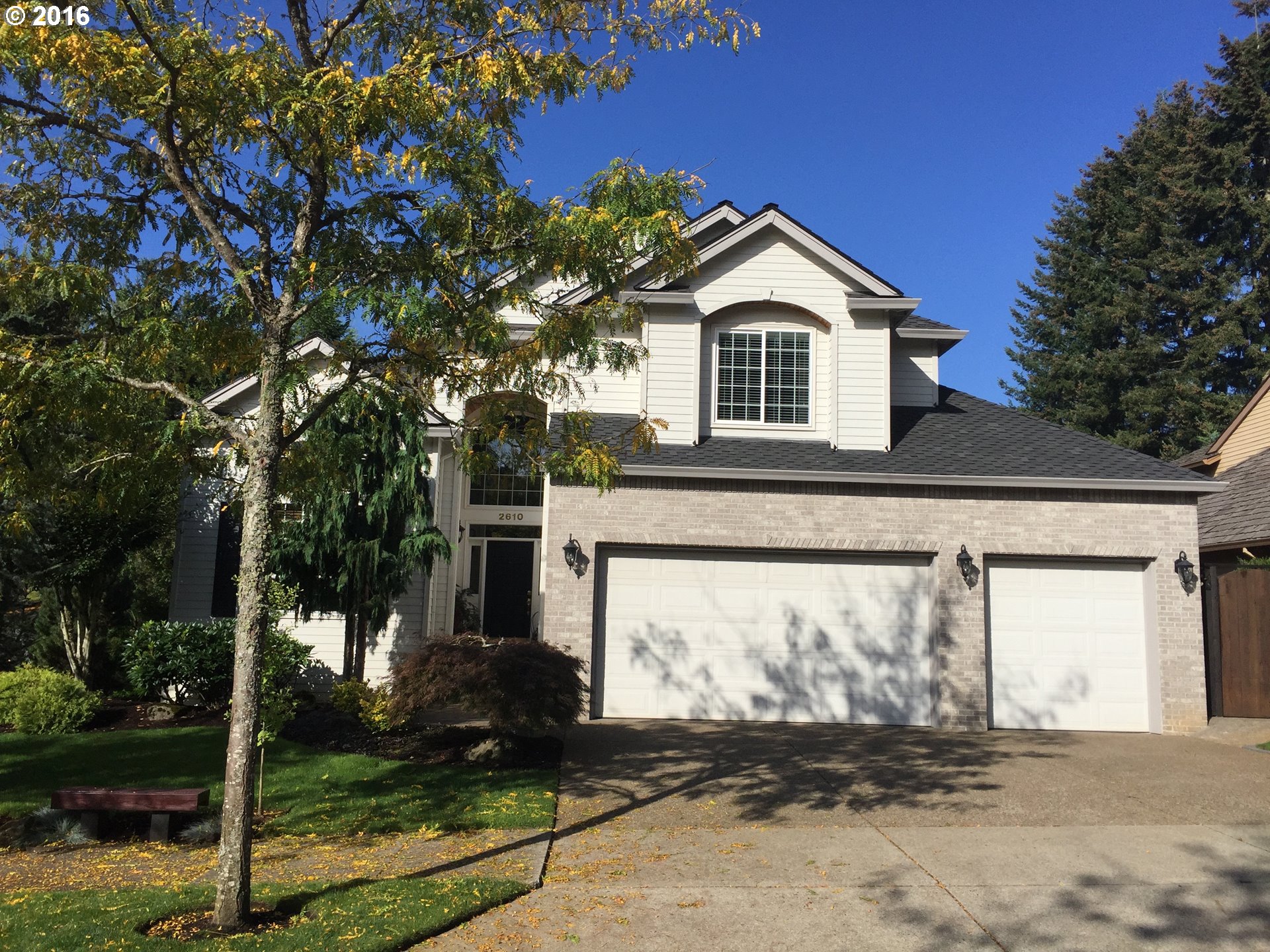
6265 Barlow St West Linn, OR 97068
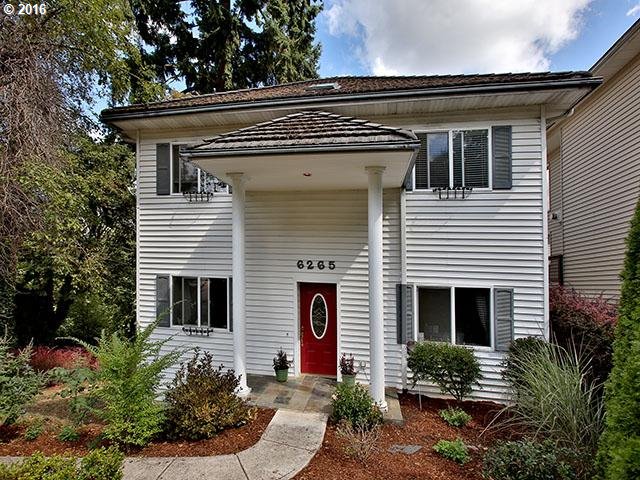
22985 Bland Cir West Linn, OR 97068
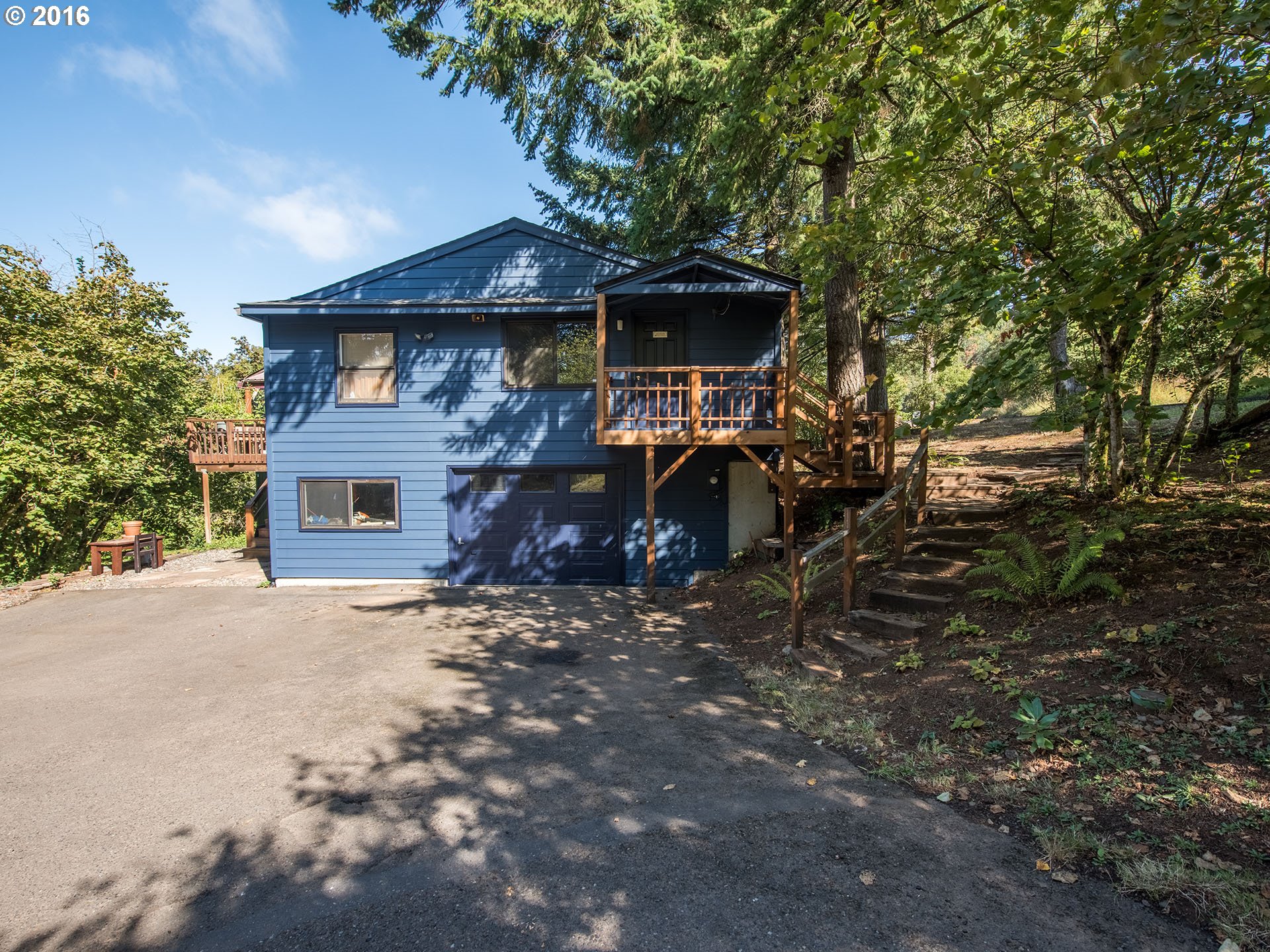
2150 Valley Ct West Linn, OR 97068
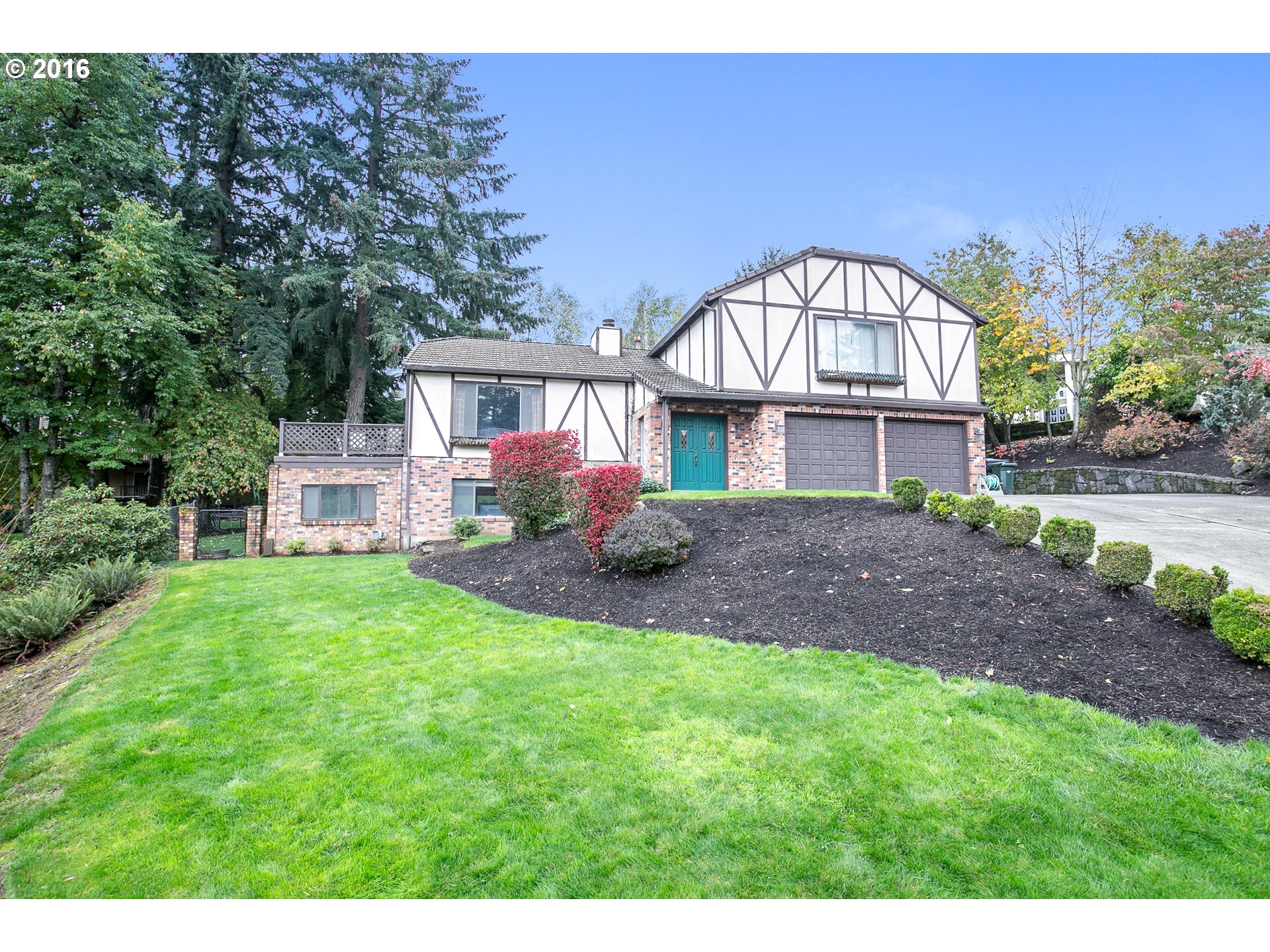
4751 Chinook Ct West Linn, OR 97068
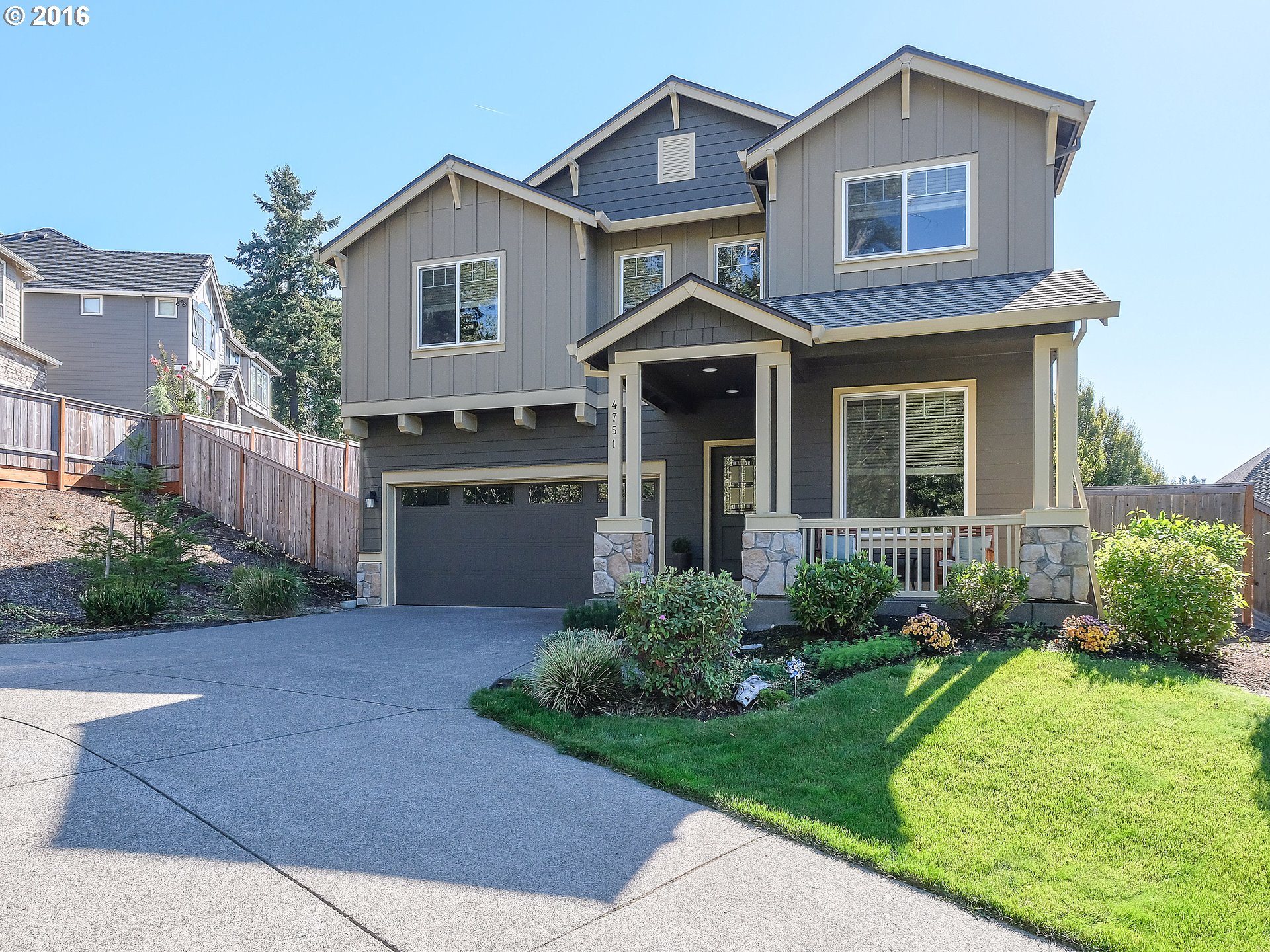
2817 York St West Linn, OR 97068

2480 Southslope Way West Linn, OR 97068
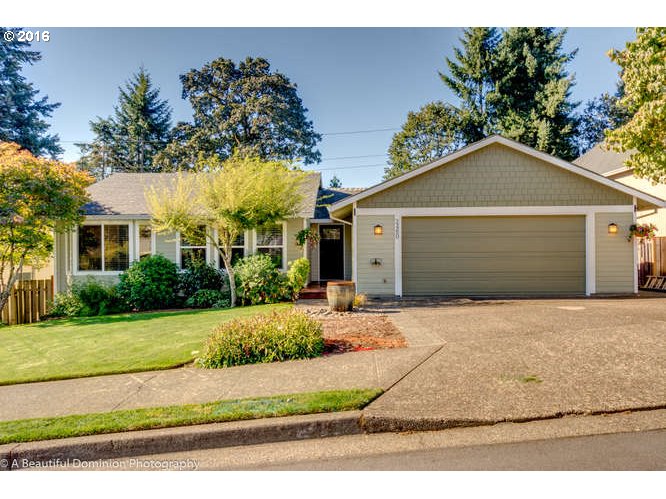
2249 Appaloosa Way West Linn, OR 97068
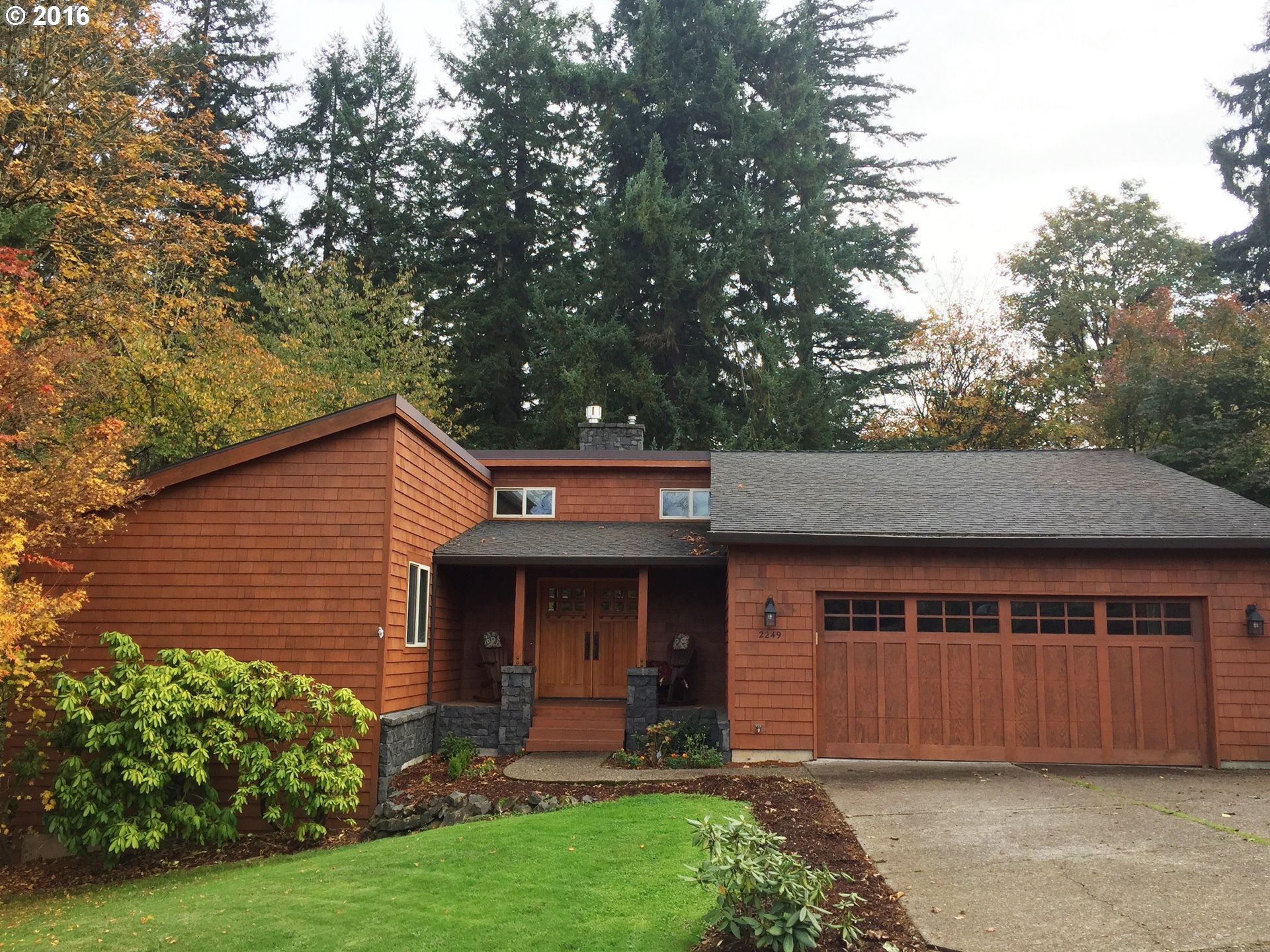
2667 Lancaster St West Linn, OR 97068
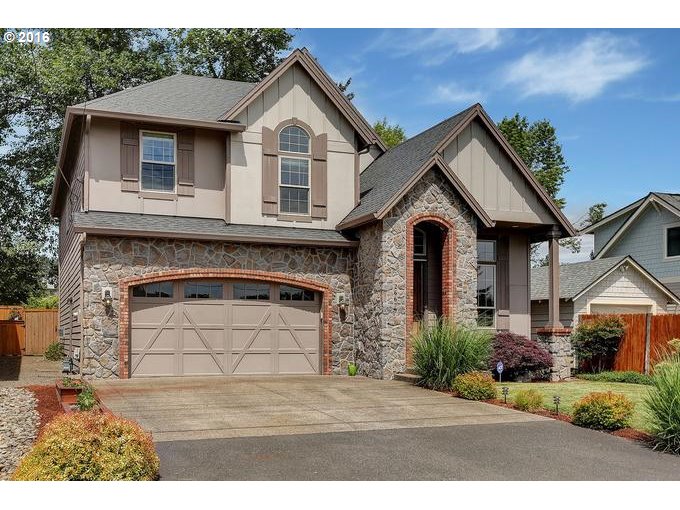
6547 Artemis Ln West Linn, OR 97068
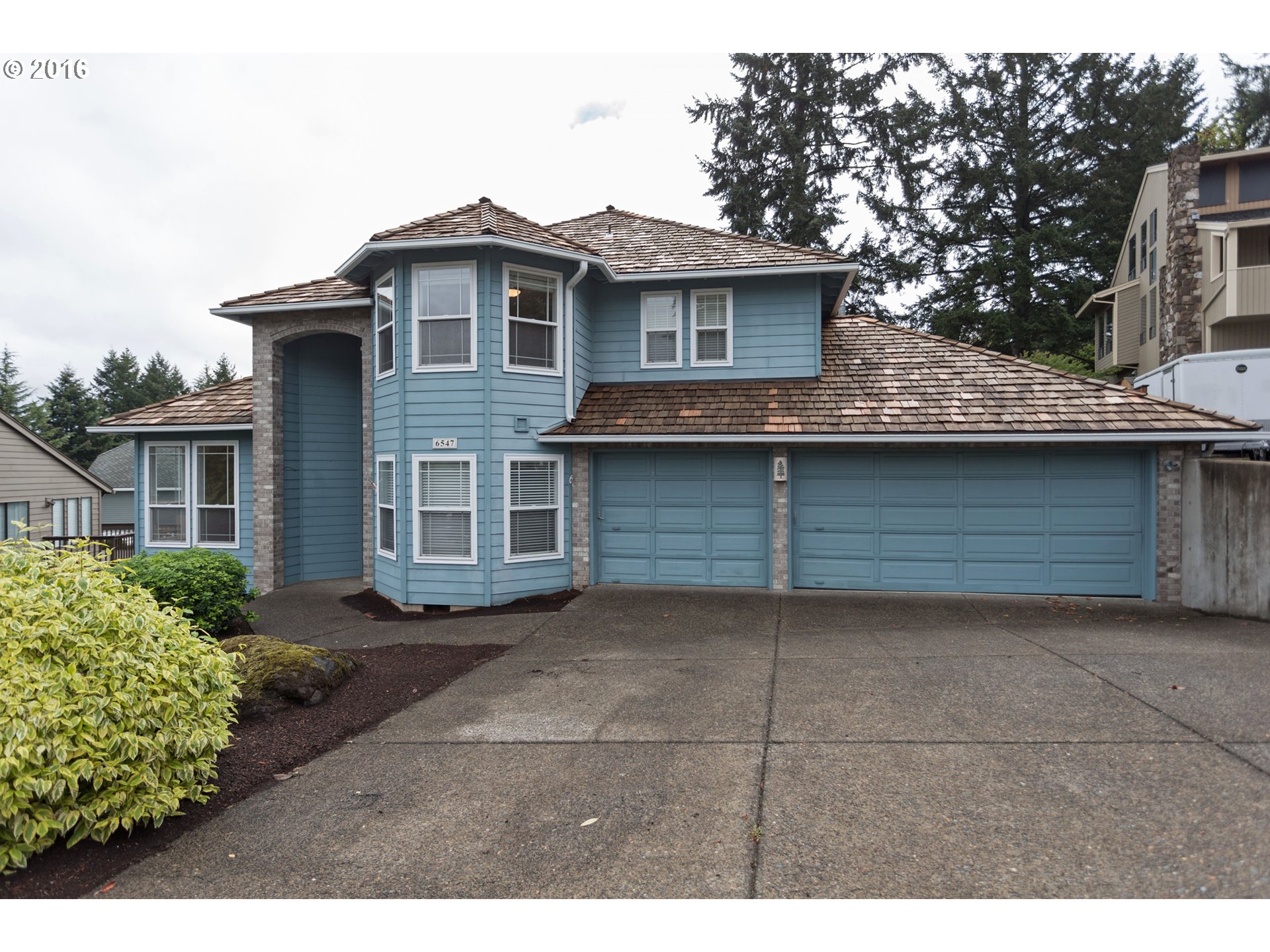
1244 Willamette Falls Dr West Linn, OR 97068
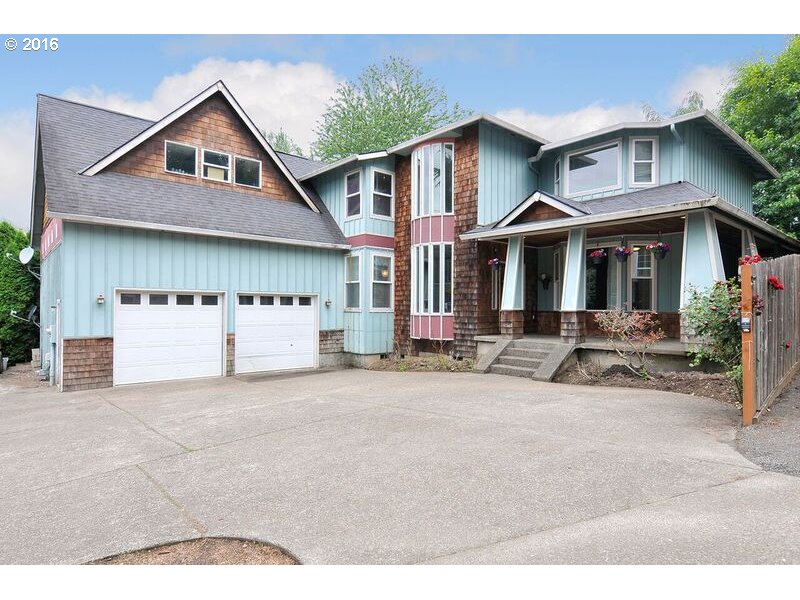
1510 6th St West Linn, OR 97068
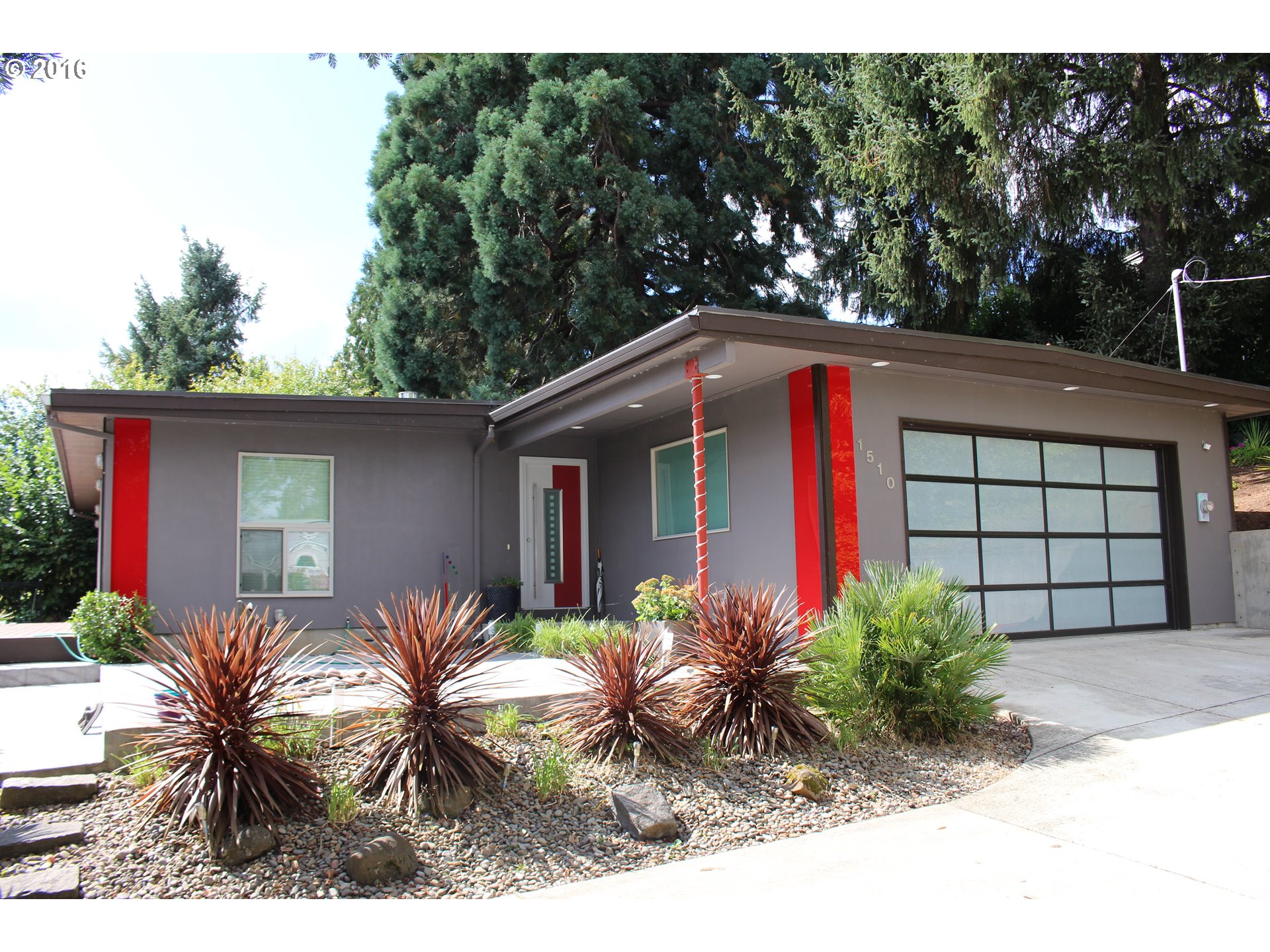
3490 Chelan Dr West Linn, OR 97068
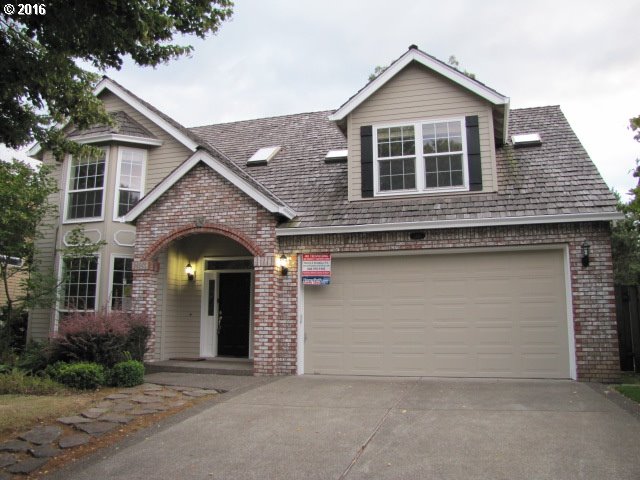
863 Marylhurst Cir West Linn, OR 97068
2212 Saint Moritz Loop West Linn, OR 97068

1693 12th St West Linn, OR 97068
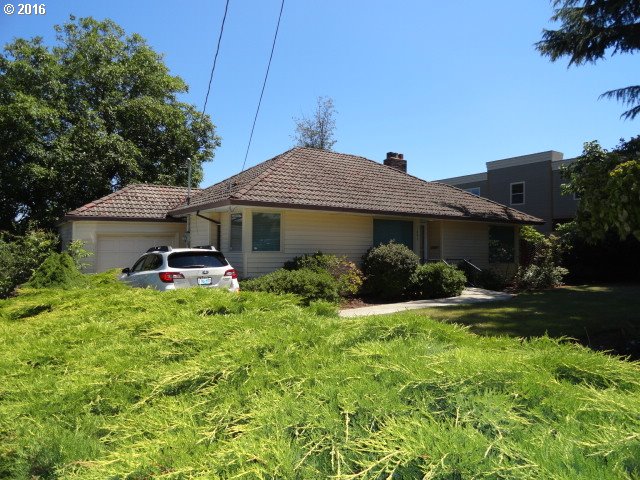
3490 Chaparrel Loop West Linn, OR 97068
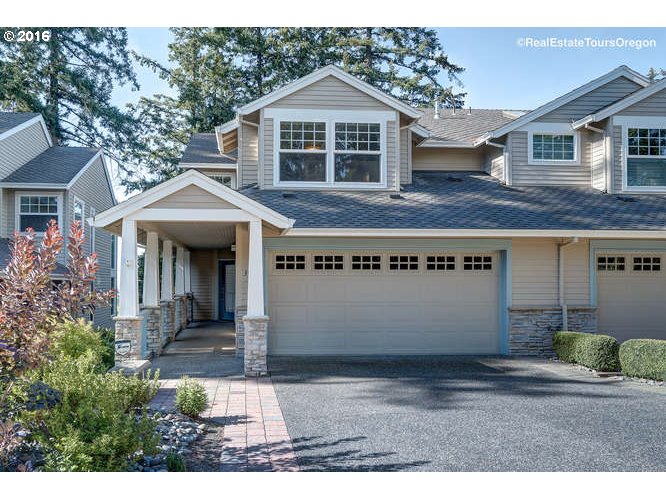
19810 Suncrest Dr West Linn, OR 97068
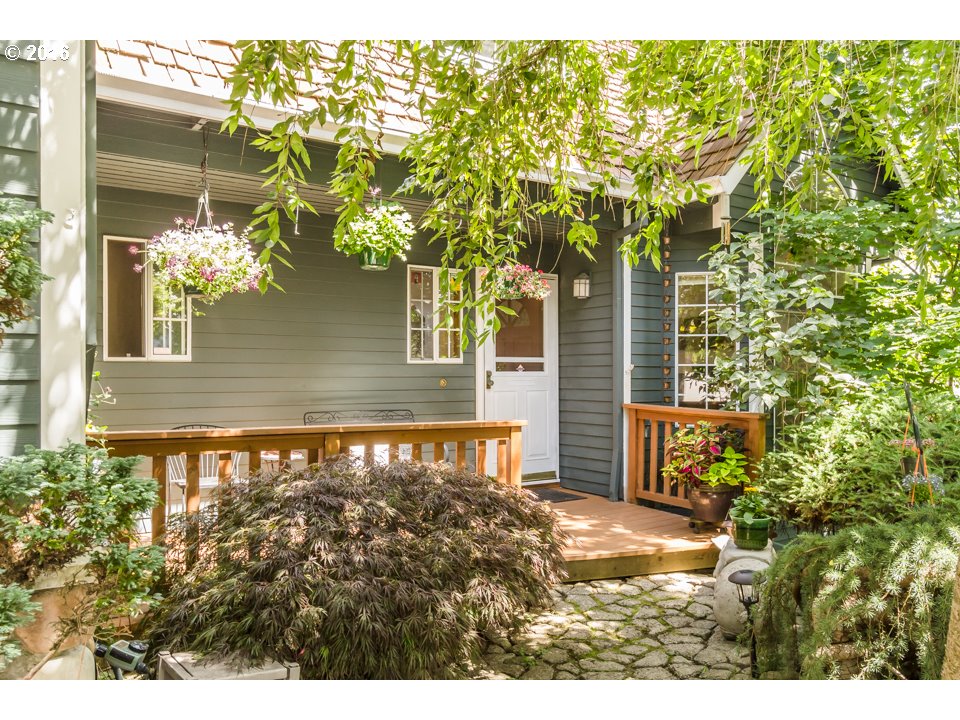
1045 Rosemont Rd West Linn, OR 97068
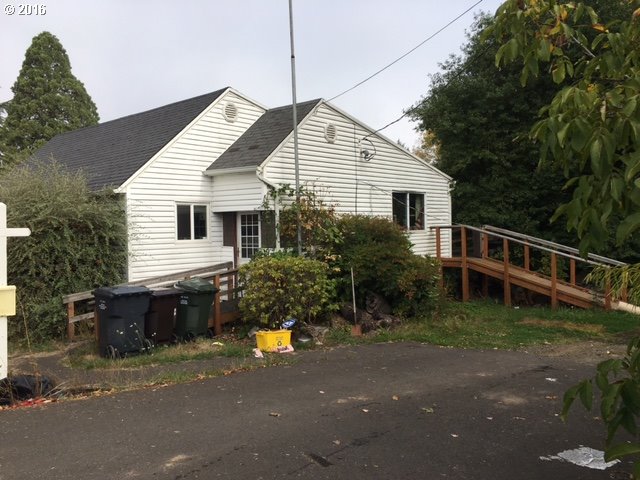
19622 Sun Cir West Linn, OR 97068
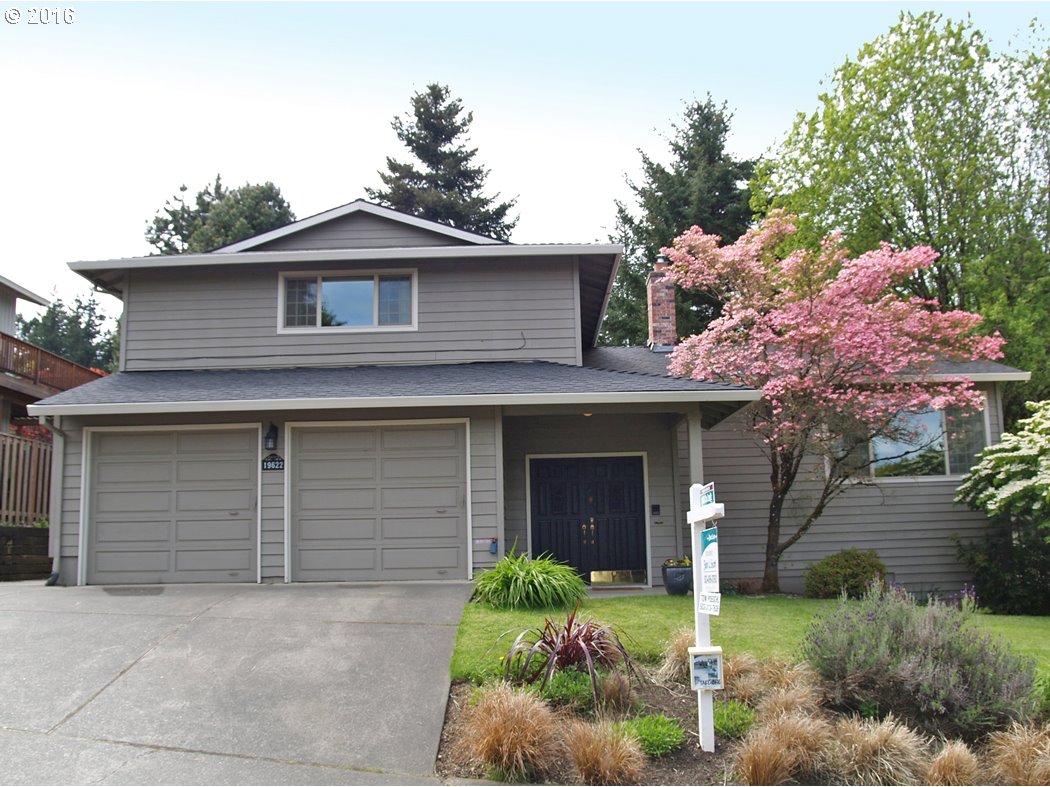
1107 Meadowview Ct West Linn, OR 97068
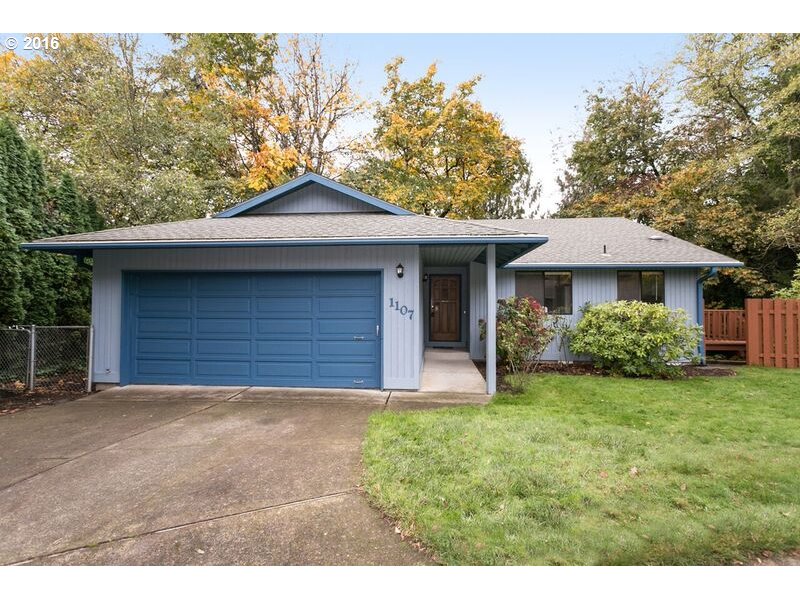
18472 Steamboat Way West Linn, OR 97068
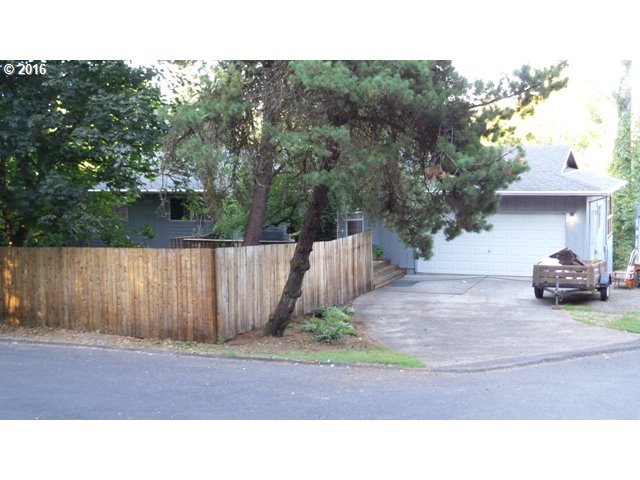
25790 Kimberly Dr West Linn, OR 97068
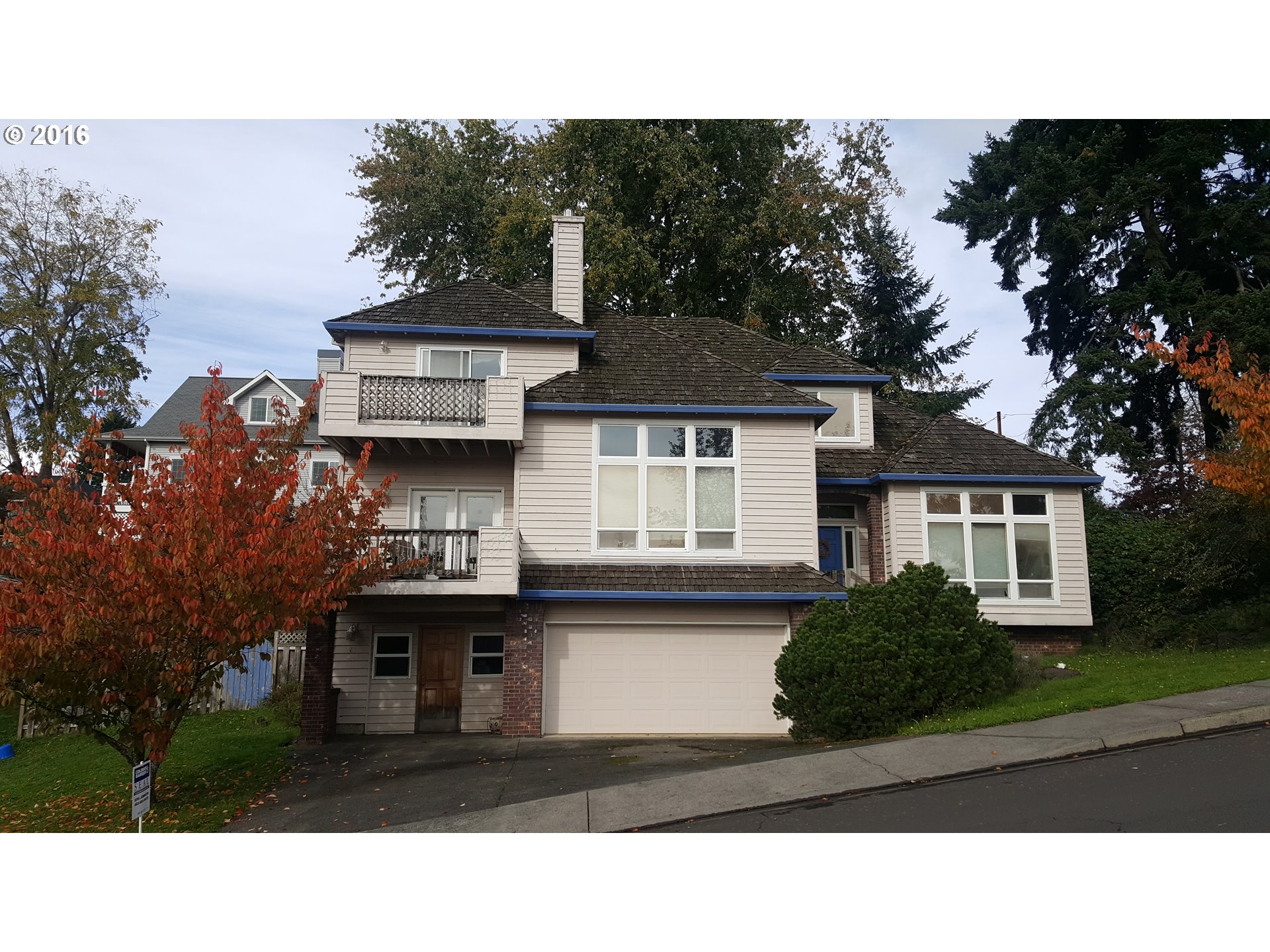
2212 Lucerne Pl West Linn, OR 97068
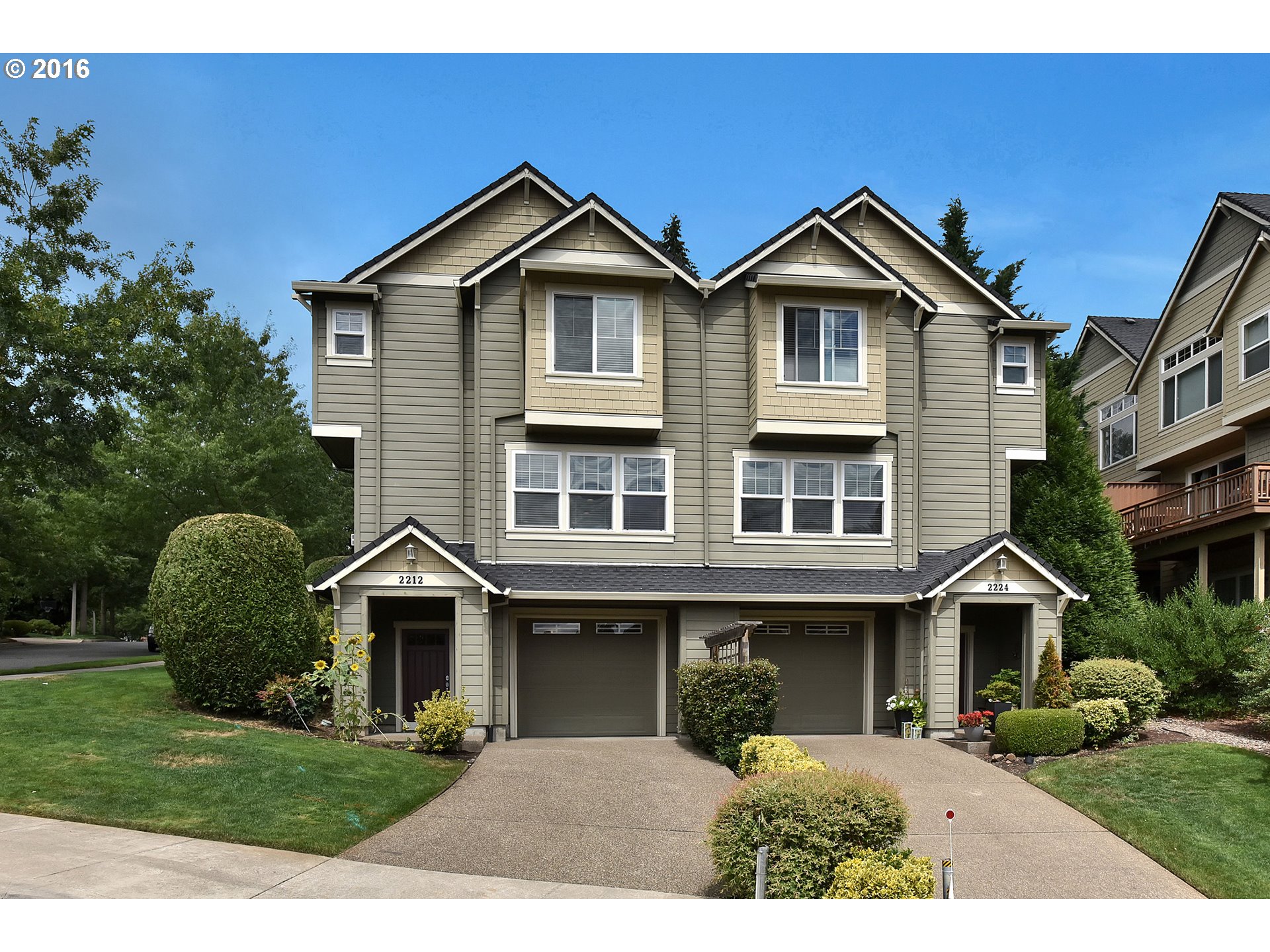
2444 Pimlico Dr West Linn, OR 97068
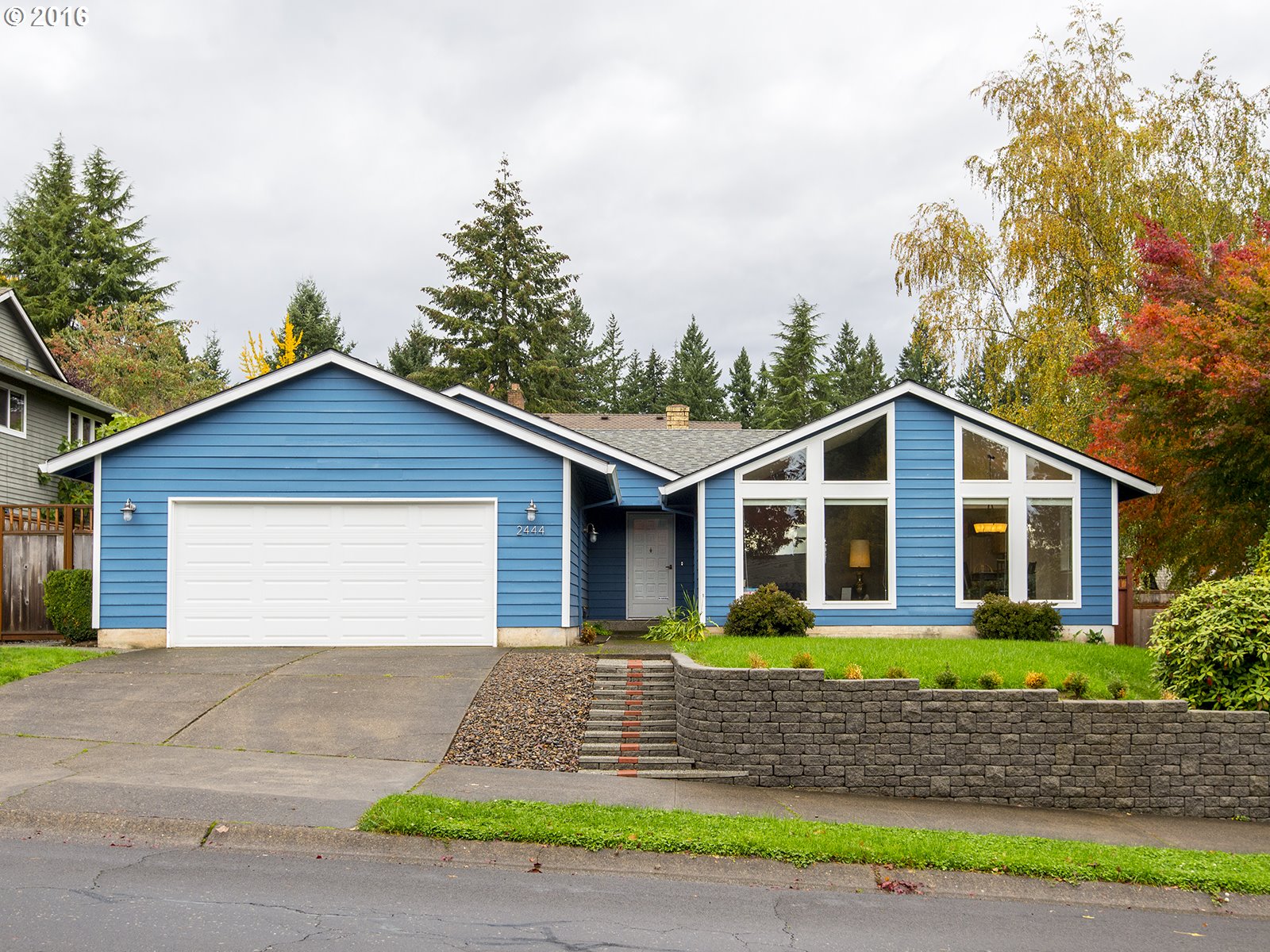
1009 Snidow Dr West Linn, OR 97068
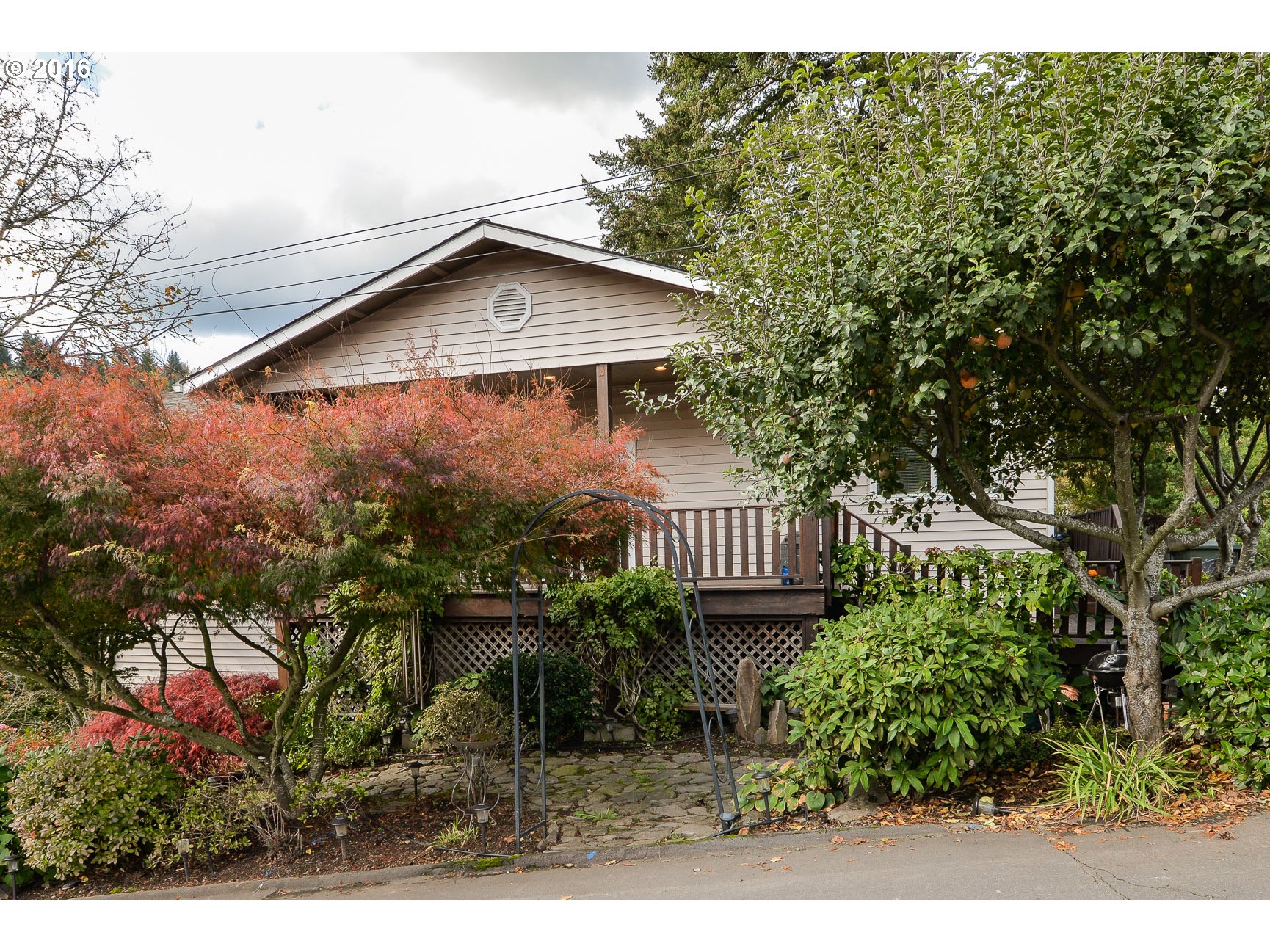
22175 Chelan Loop West Linn, OR 97068

5309 Amy St West Linn, OR 97068
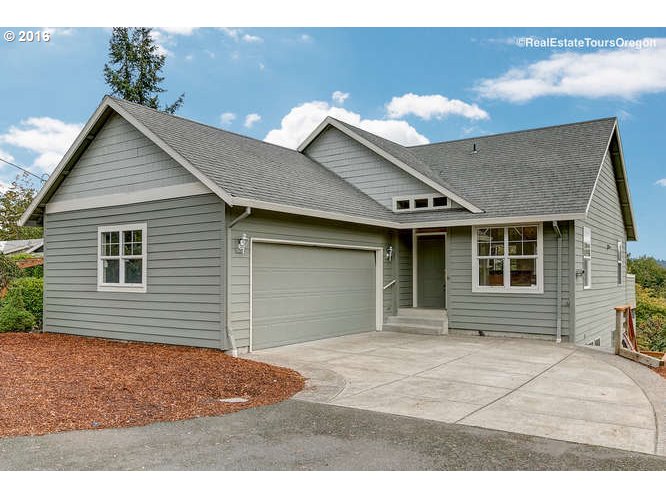
4735 Sussex St West Linn, OR 97068
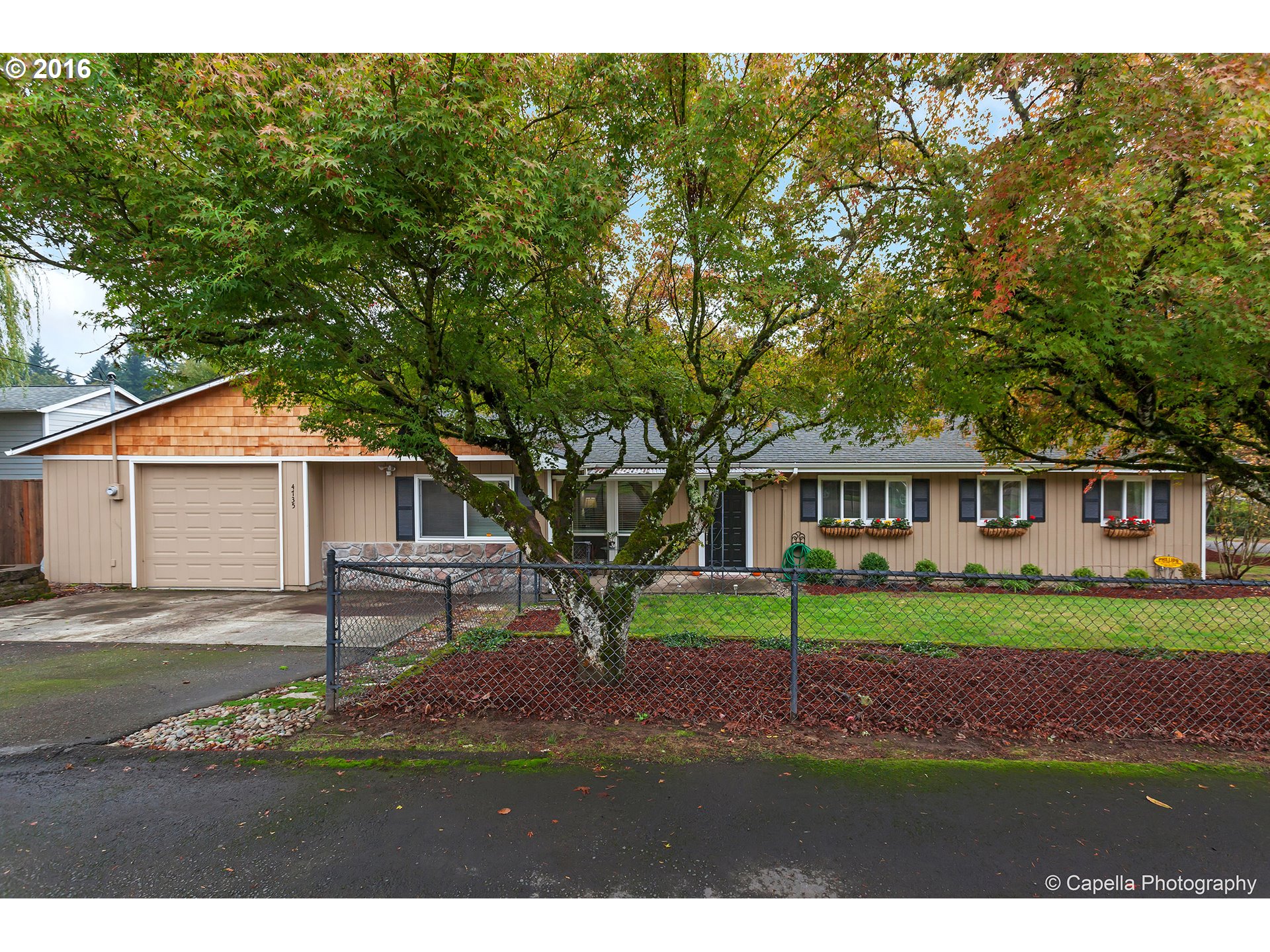
2084 Sunray Cir West Linn, OR 97068
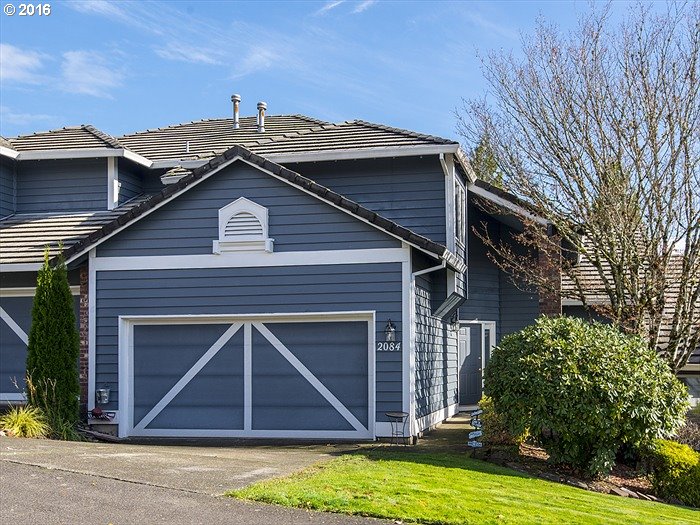
2505 Woodhill Ct West Linn, OR 97068
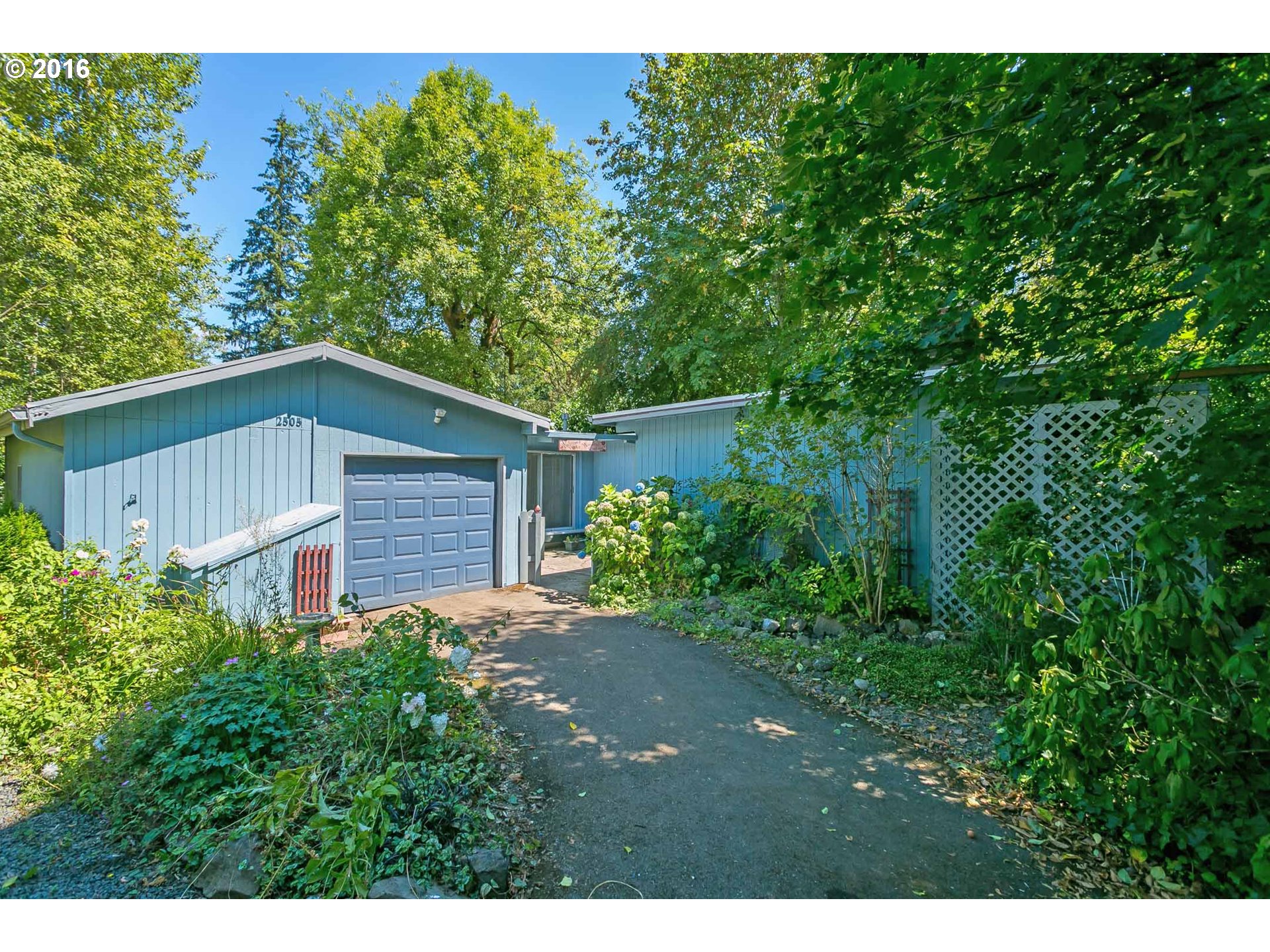
1792 Jamie Cir West Linn, OR 97068
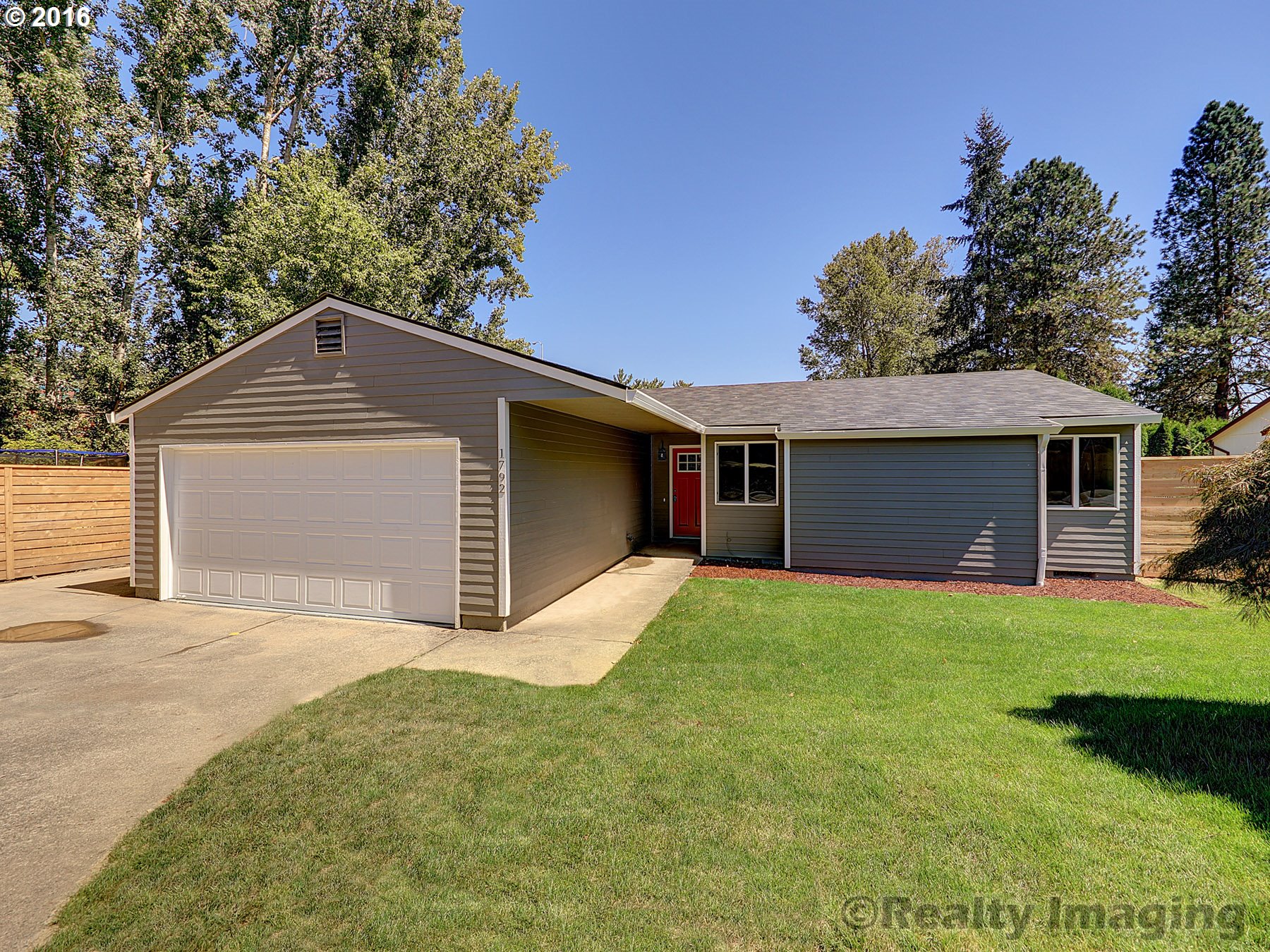
4730 Alder St West Linn, OR 97068
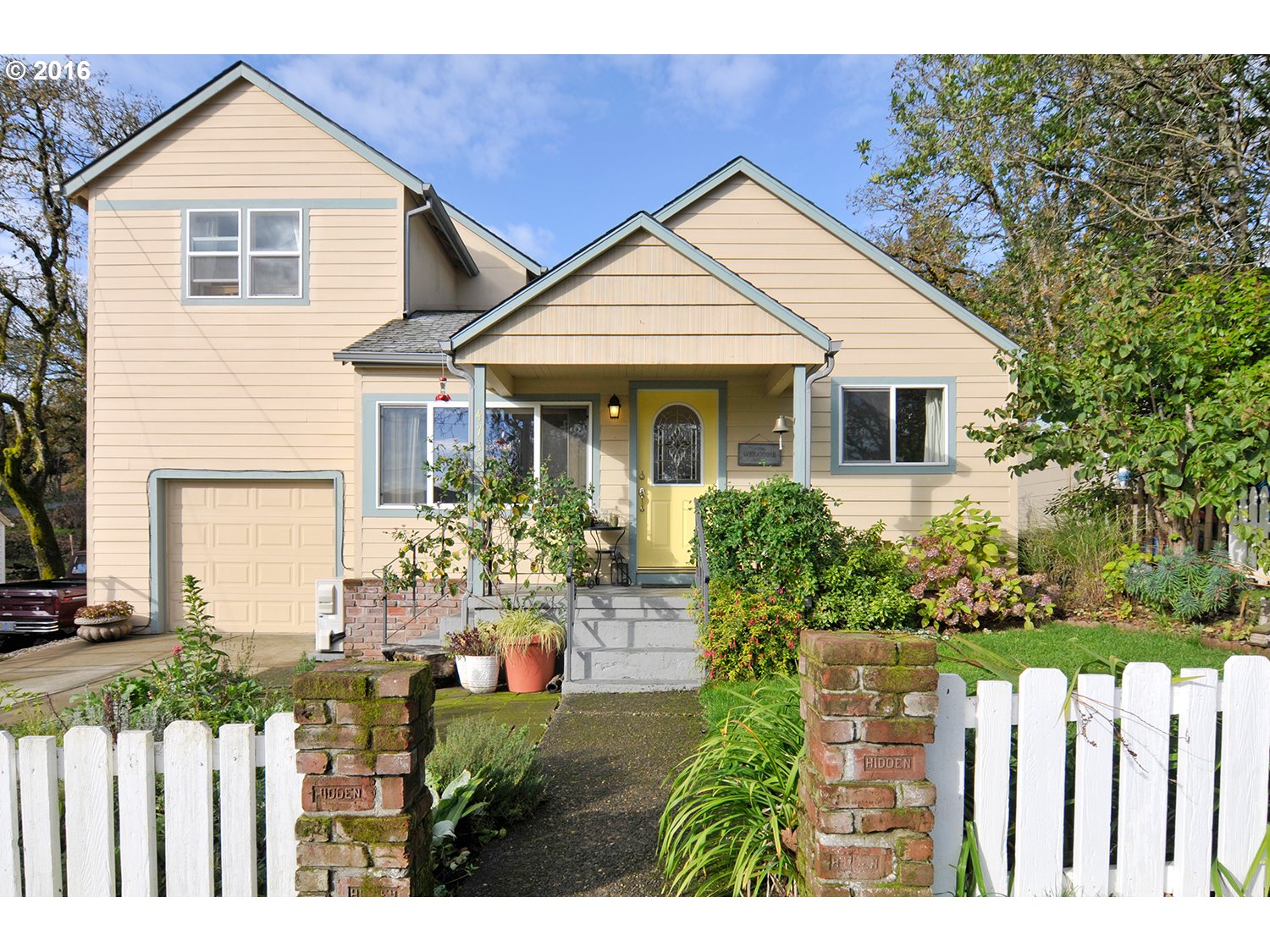
2364 Debok Rd West Linn, OR 97068
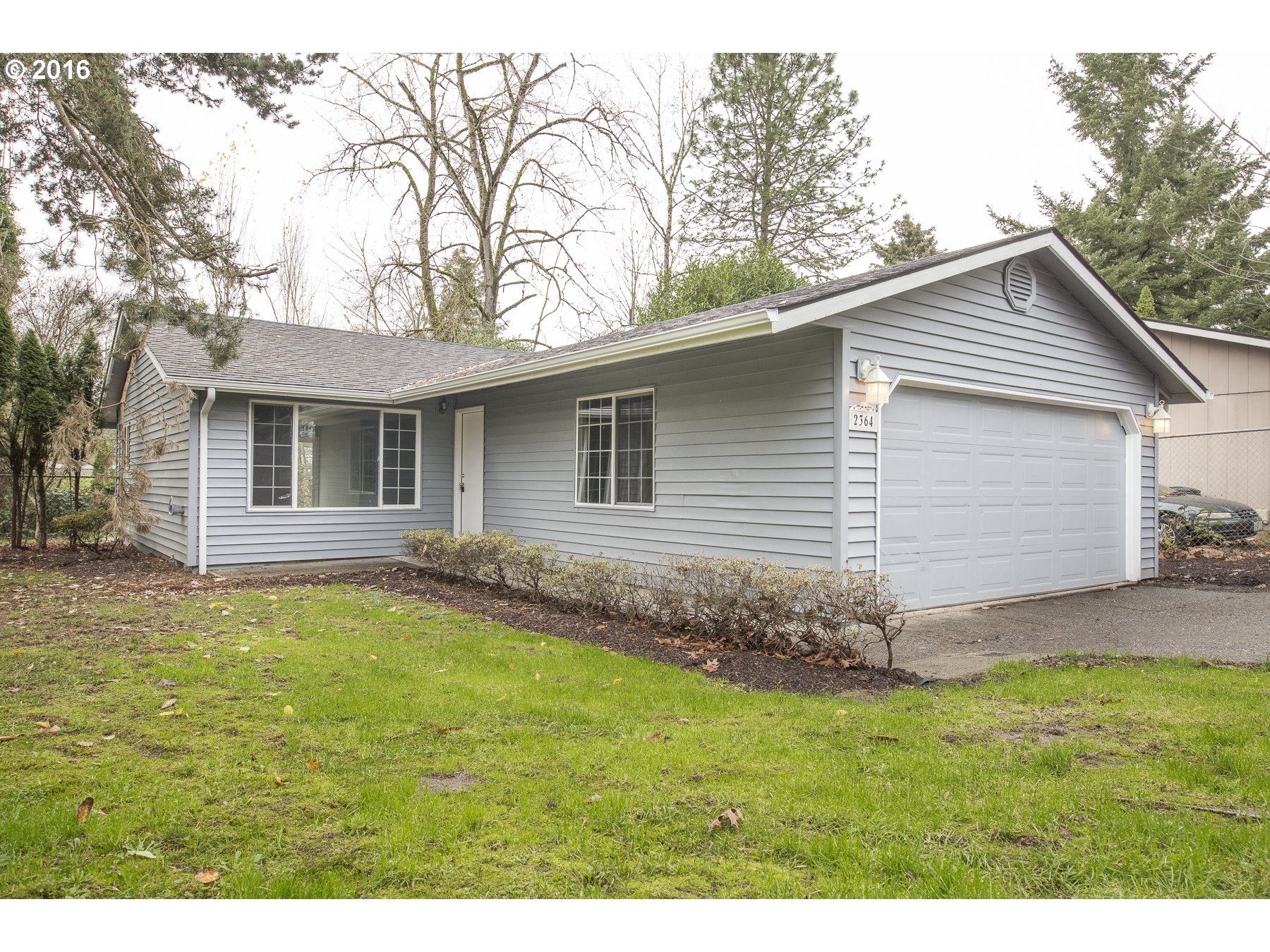
1776 Sunset Ave West Linn, OR 97068
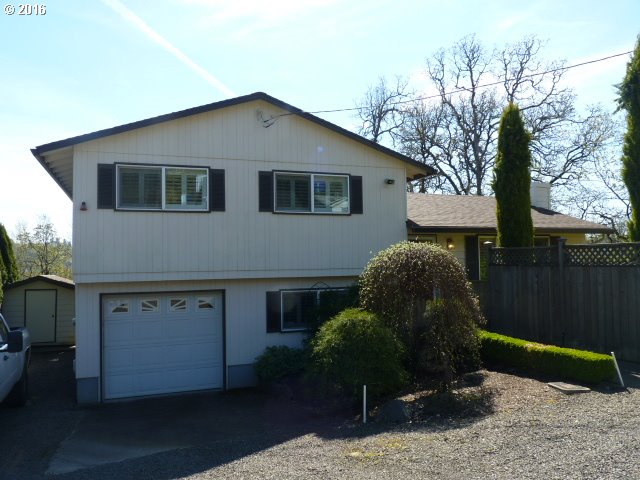
4905 Summerlinn Way West Linn, OR 97068
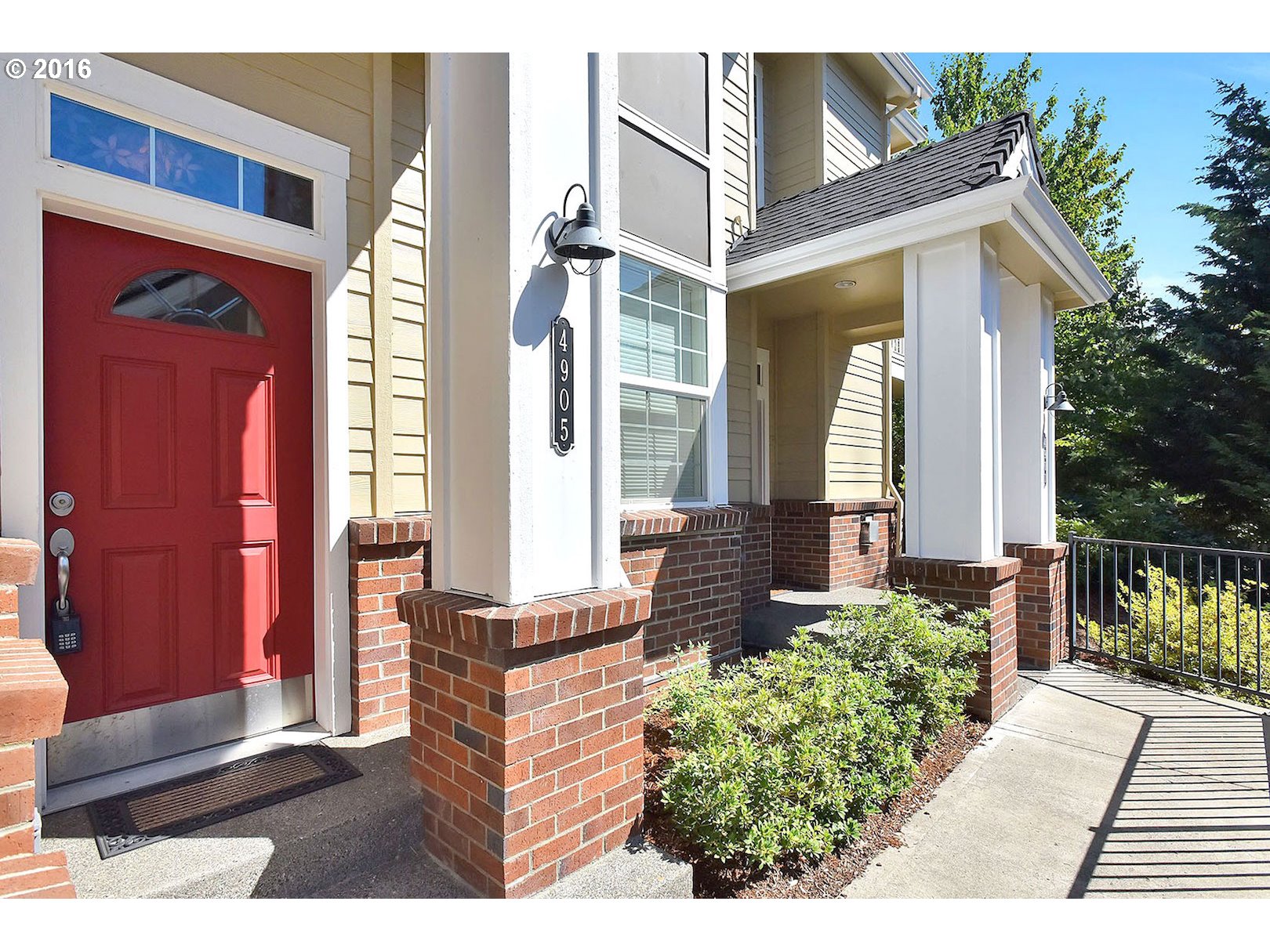
2002 Canemah St West Linn, OR 97068
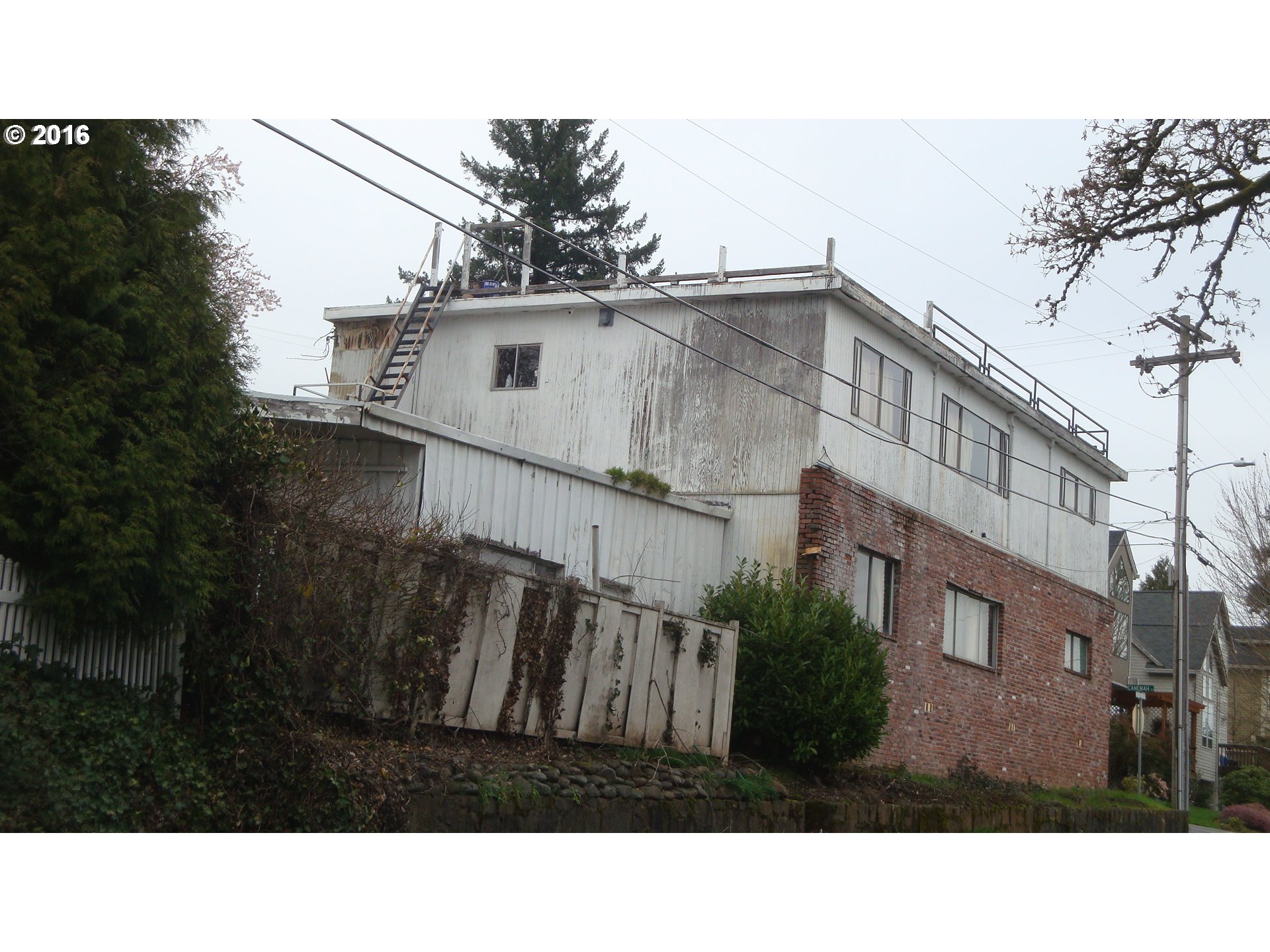
2136 5th Ave West Linn, OR 97068

1715 Dollar St West Linn, OR 97068
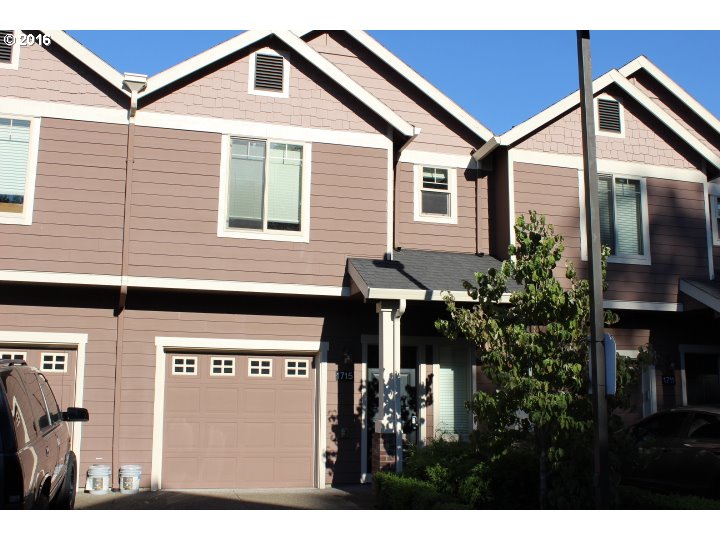
2001 Virginia Ln West Linn, OR 97068

1725 Dollar St West Linn, OR 97068
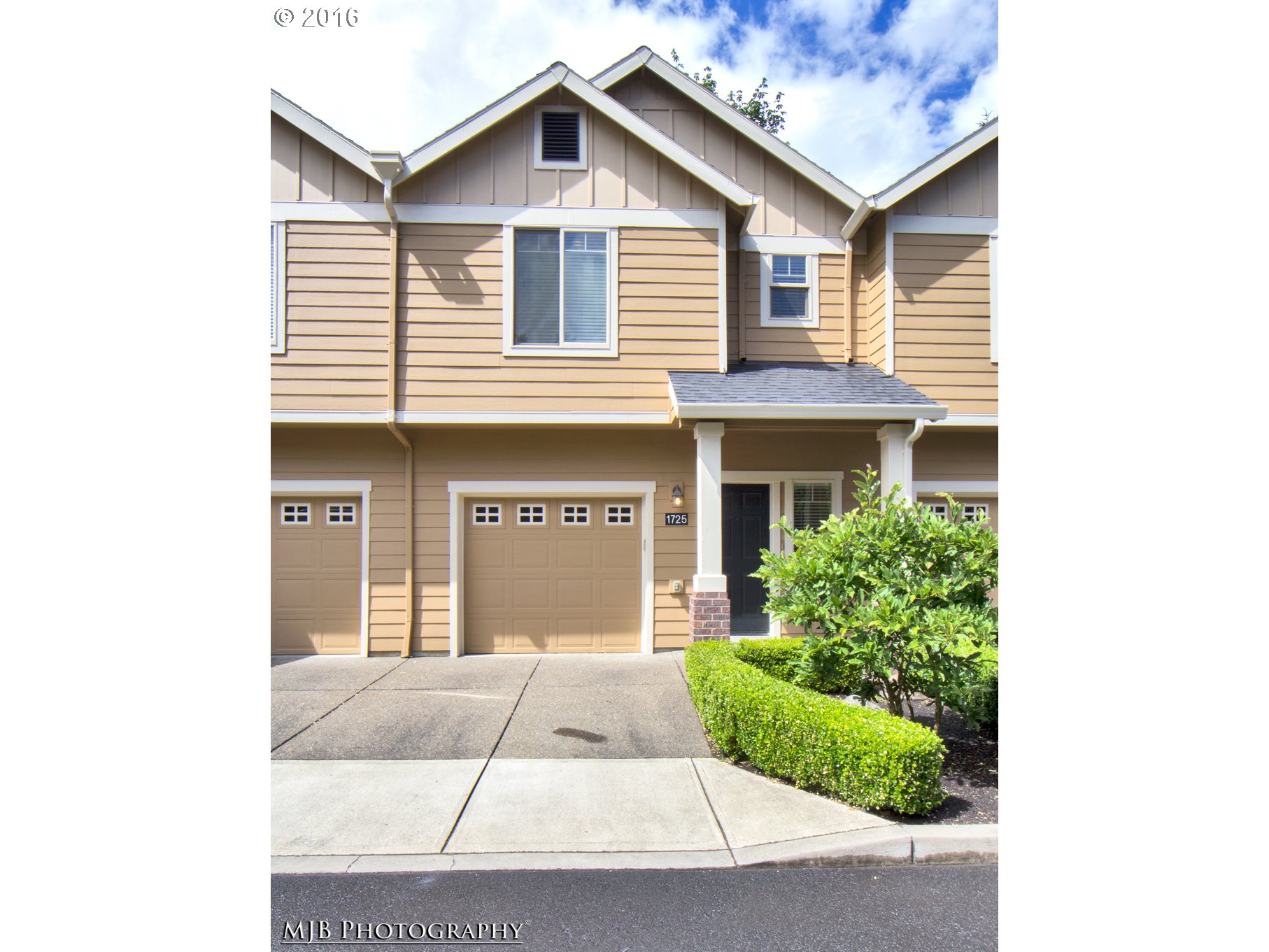
3305 Summerlinn Dr West Linn, OR 97068
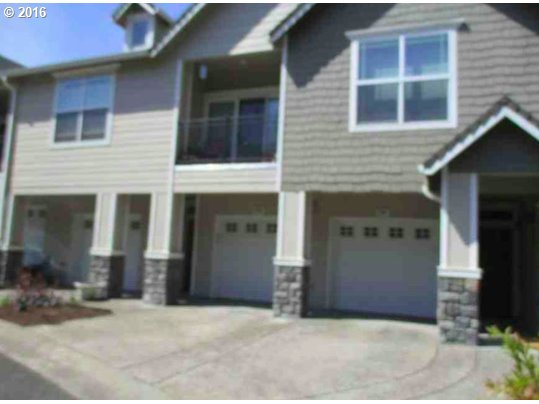
2230 Snowberry Ridge Ct West Linn, OR 97068
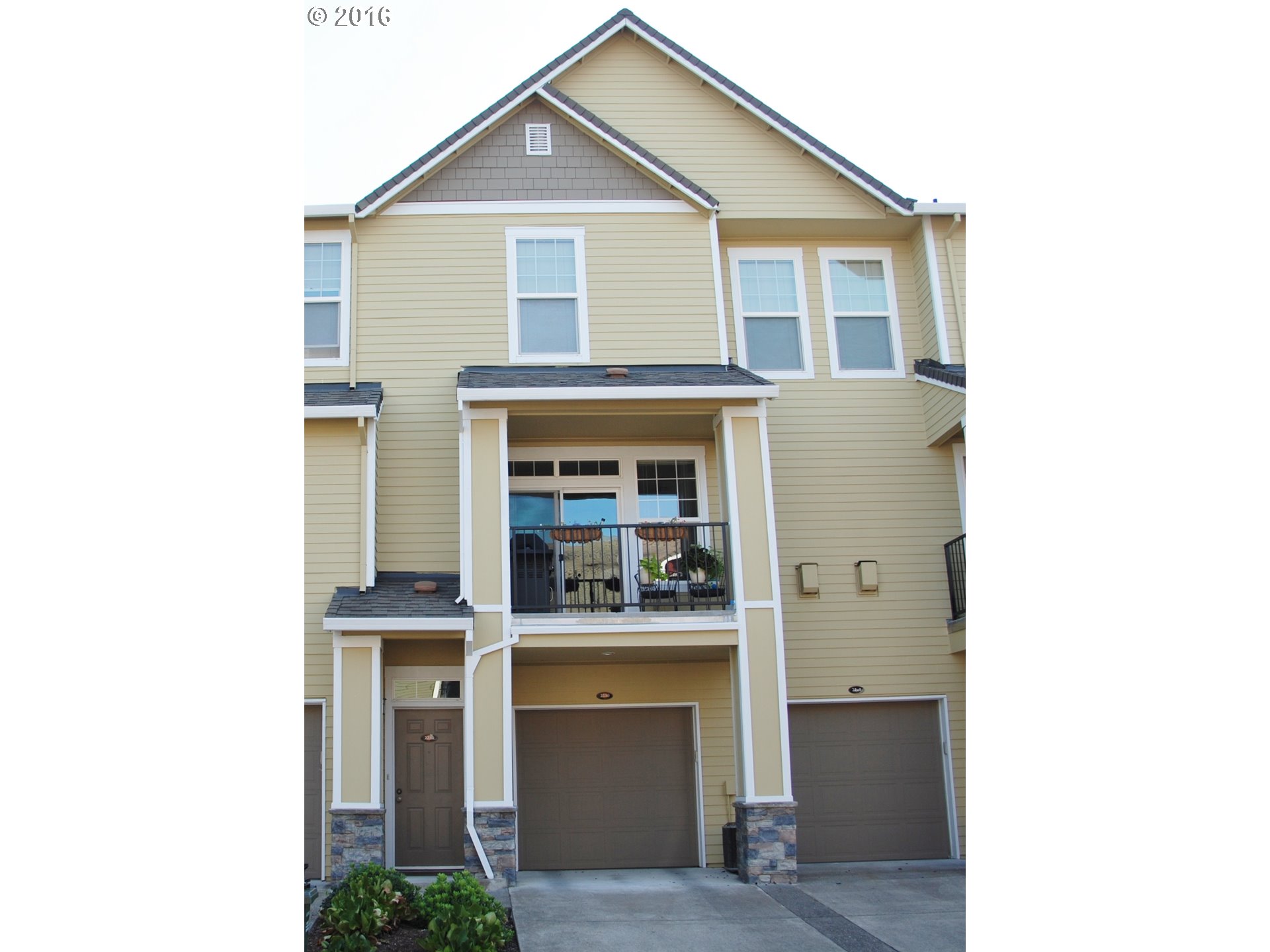
2660 Snowberry Ridge Ct West Linn, OR 97068
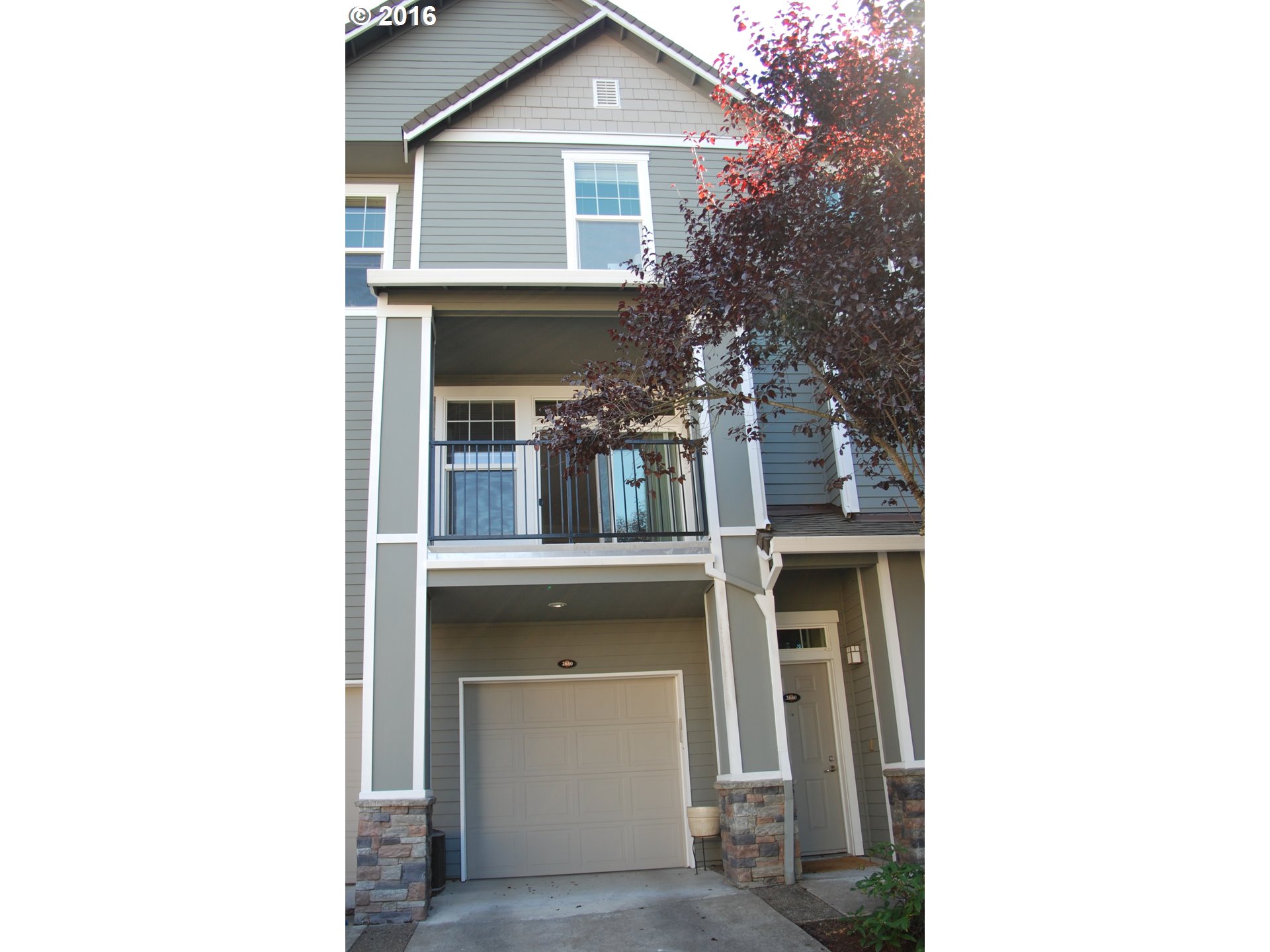
2165 Snowberry Ridge Ct West Linn, OR 97068
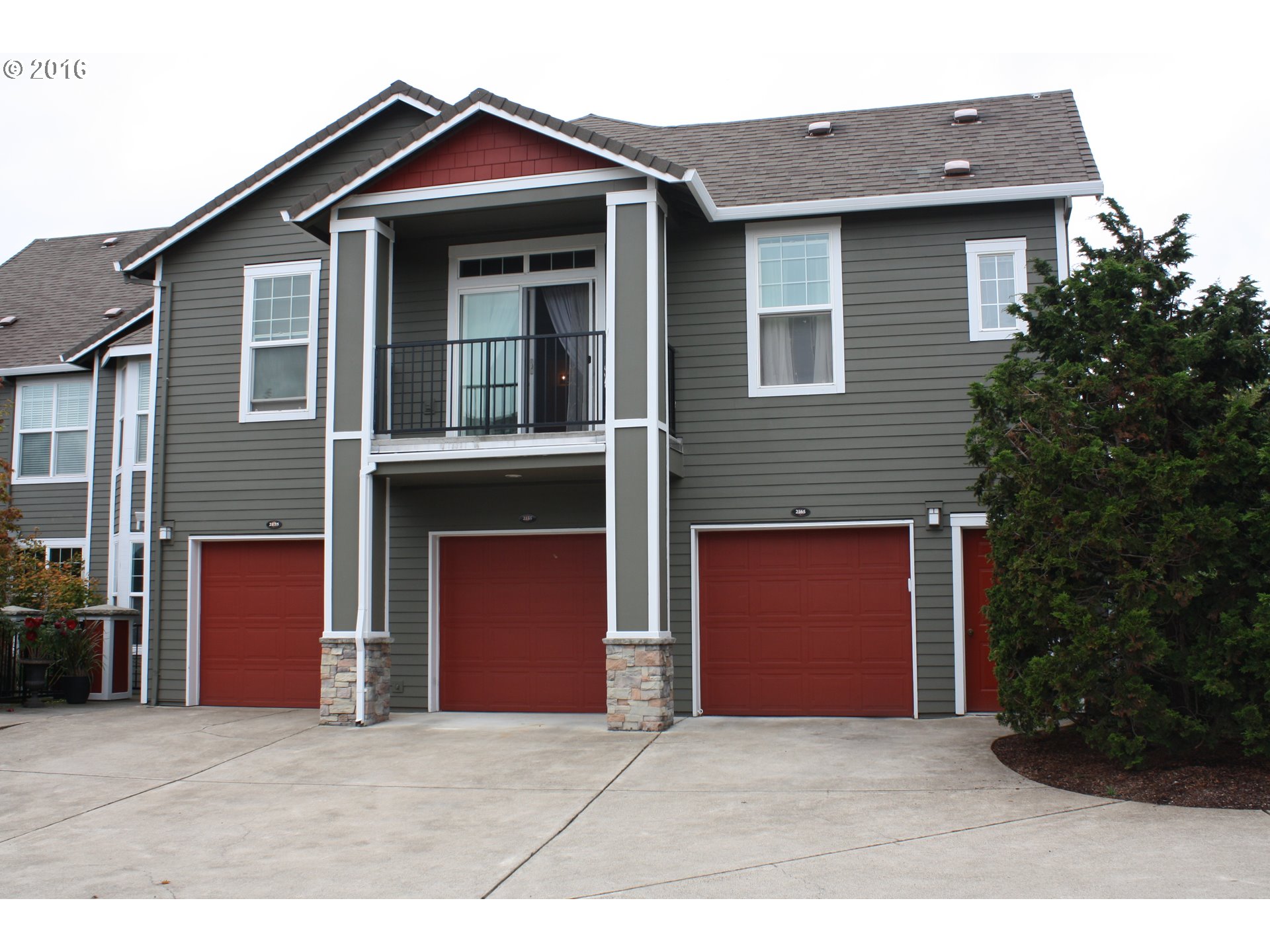
3345 Summerlinn Dr West Linn, OR 97068
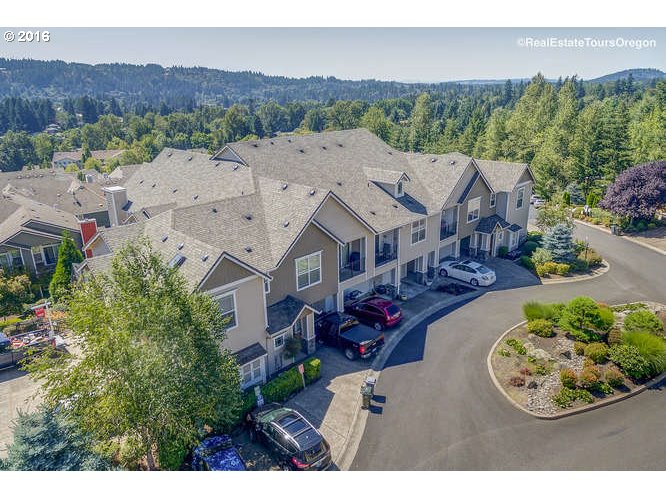
20920 Fawn Ct #14 West Linn, OR 97068
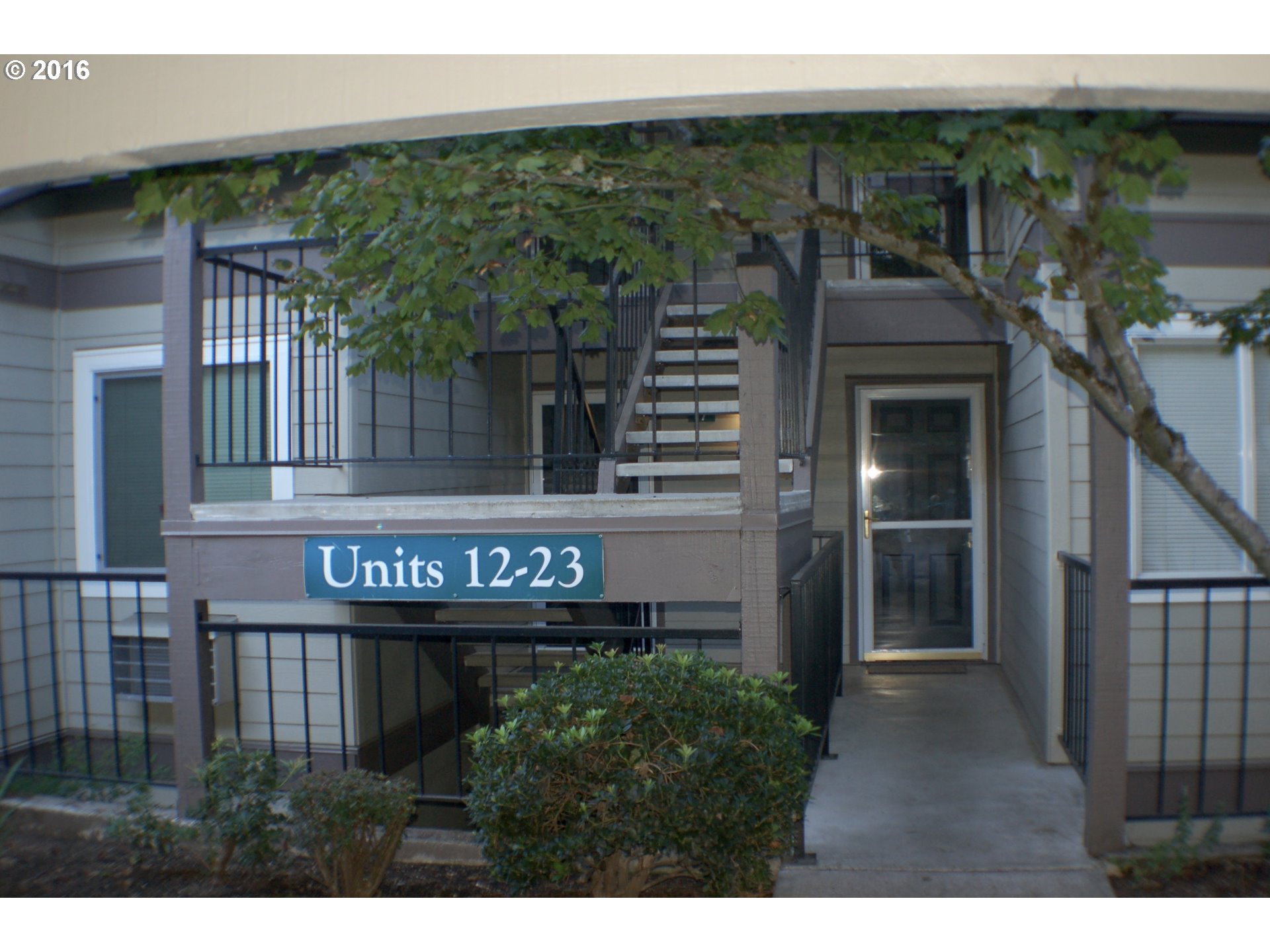
1610 Village Park Pl West Linn, OR 97068
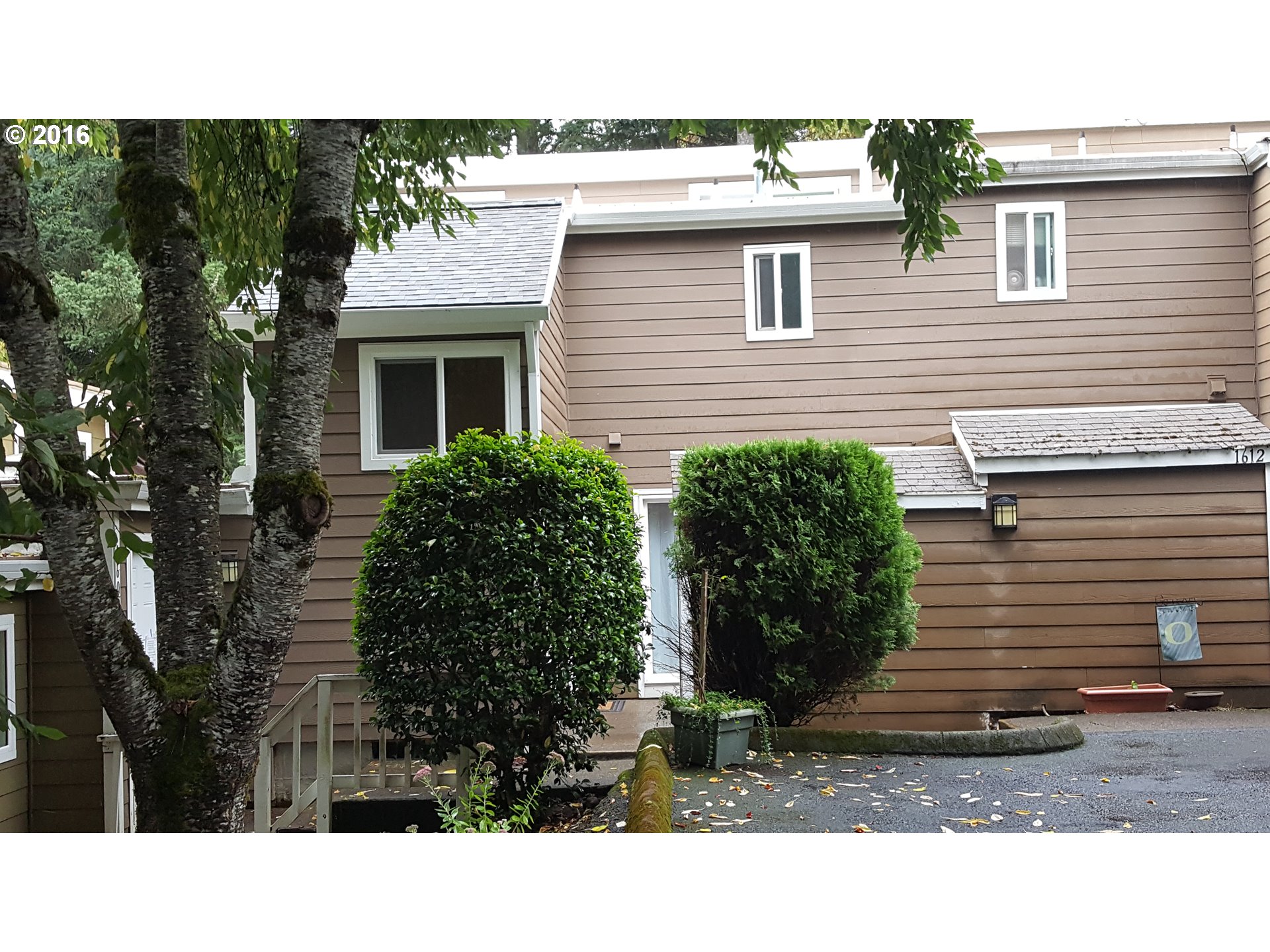
6331 White Tail Dr #56 West Linn, OR 97068
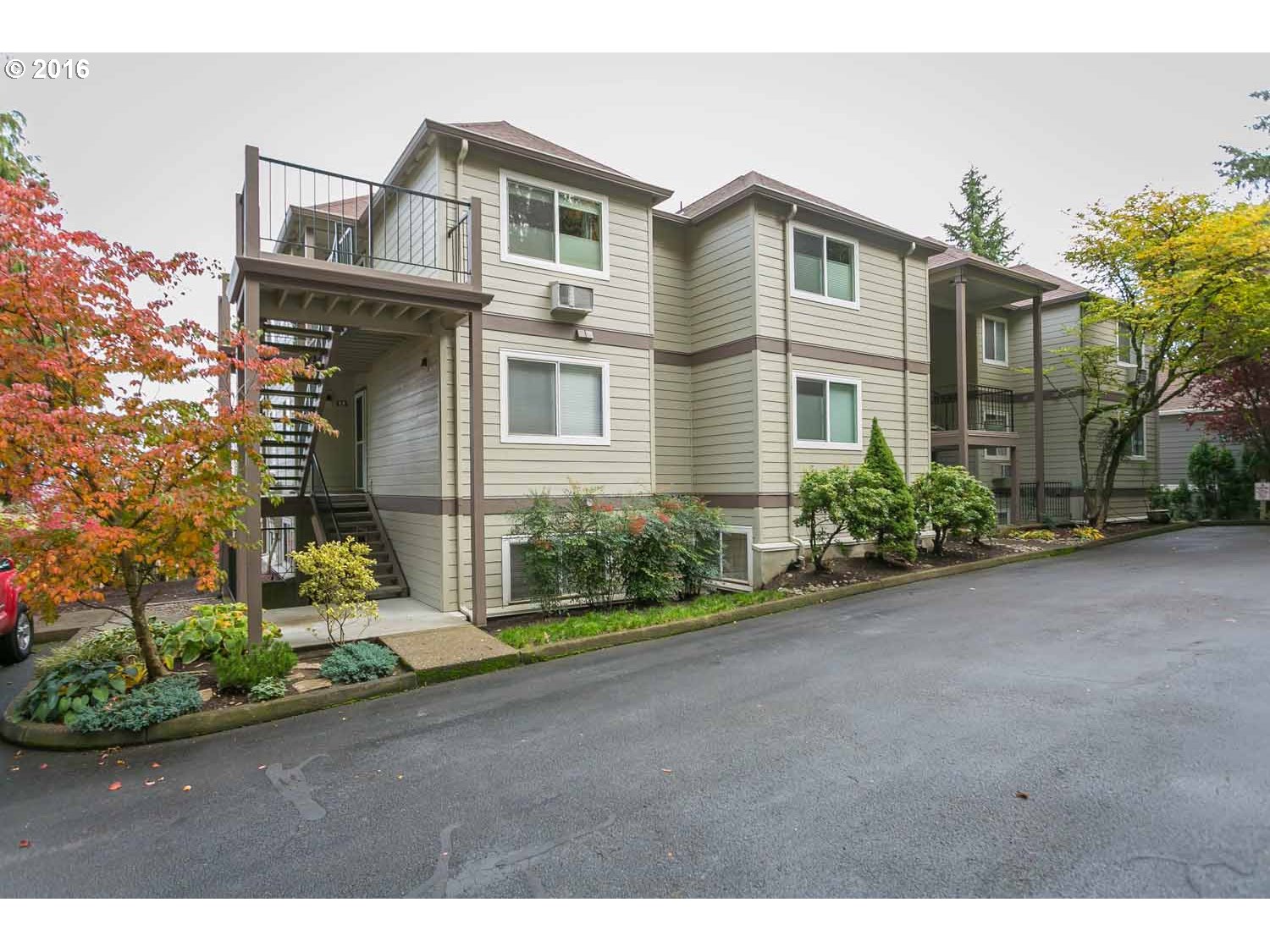
More About West Linn
- Location South and a bit east of downtown. A distance of 15-18 miles depending upon the driving route.
- Origin of Name Robert Moore, the founder of the area renamed his tiny town Linn City in honor of his friend, well-known free- state advocate Dr. Lewis F. Linn, a U.S. Senator from Missouri and sponsor of the Donation Land Claim Bill.
- Neighborhood Associations The City has 11 neighborhood associations.
- Topography Gently rolling hills in the newer developments which are above the river. Flat along the river (older part of town). The older areas have mature trees in yards and parks.
- Public Transportation West Linn has two bus route. View a map and schedule for buses.
- 2Drive Time to Downtown About a 30-minute drive to downtown Portland once you get on I-205 to Highway 224 to Highway 99.
- 3Census 2010 Demographics Population: 25,109. Area size: 7.39 square miles. Number of households 10,035. Median household income of $84,290 (metro area median household was $49,260). Diversity: 9.3% non-Caucasian. Median value of owner-occupied housing units: $416,900. Percent of residents over 25 years of age holding a bachelor’s degree or higher: 54.3%. See City Data for more information about West Linn. The 2010 census Profile of General Demographics Characteristics: City of West Linn 2010 US Census Demographics.
- 4Crime Stats There were 279 property crimes (assault, arson, burglary, larceny, robbery, theft from auto, vehicle theft) in 2013. There were eight violent crimes (aggravated assault, homicide, robbery, rape) committed in 2013. There were 11 crimes per 1,000 residents in 2013.
- Sex Offenders Click here for the State of Oregon Sex Offender Inquiry System. After agreeing to the “Conditions of Use Statement” you will be redirected to a “Enter Search Criteria” page. Insert a zip code in the “Zip” field and click on the “Query” button.
- 5Shopping and Services Number of supermarkets: 4. Number of health cubs: 5. Number of public libraries: 1. This is the land of malls: big ones and little ones.
- Renters vs. Home Owners Owner occupied: 78.6%. Renter occupied: 21.4%. Median value of owner-occupied housing units was $416,900 according to Census 2010.
- Parks The City of West Linn has 548 acres of parks and open spaces. They have about 20 different parks. These growing community is continuously building and planning new parks. As a demonstration of West Linn’s commitment to parks, they have been named as a Tree City for 11 years.
- Who Lives in West Linn Families drawn to the school system as well as people whose families have always lived in the area. The median age is 42 and with almost 7,000 kids attending school, the community has a strong interest in the quality of their schools. This is not a walkable city as the average Walk Score is 45.
- They Probably Drive Hill homes will have at least one SUV along with a foreign-made sedan in the garage or driveway. Pickups are rare and you’ll see a few vans.
- Biking West Linn has 24.3 miles of bike lanes.
- Schools West Linn and Wilsonville School District Each community has a high school as well as at least one middle school. Both have numerous elementary schools. See Public School Review for more information.
- List of Schools in West Linn Click here to view a list of all the public and private schools in West Linn — demographics, location map, enrollment, and ethnicity can be viewed for each of the schools.
- 6School Report Card Grades Click here for report card details about West Linn schools. Select “West Linn-Wilsonville SD 3J” to view individual schools within the district.
Map of the City of West Linn
______________________________________
